It doesn’t take a doctorate in Irish history — thank God I don’t have one — to know that The Banshees of Inisherin is not just a delightfully mad tale of Irish zaniness. This is that since writer and director Martin McDonagh (of In Brugge and Three billboards outside of Ebbing, Missouri) is unable to spin a boring story. But there is more than what is on the surface.
The Banshees of Inisherin plays like a very funny fable or folk tale, the story of two lifelong friends, Pádraic (Colin Farrell) and Colm (Brendan Gleeson). The pair live on a remote island off the coast of Ireland, which is sparsely populated by a collection of eccentrics who have known each other forever and are unlikely to ever leave. The only occupant yearning to leave the island is Pádraic’s sister, Siobhán (Kerry Condon), who is tired to death of everyone, especially the men, who are, as she puts it, “all boring”.
Well, maybe not everything boring. One day at the pub, their usual afternoon haunt, Pádraic discovers that Colm is no longer his friend. The reason for the breakup is elusive for Pádraic, and even a little elusive for Colm, who can no longer face his friend. But when Pádraic cannot accept Colm’s decision, Colm sets out to clarify his intentions in the most messy way possible.
McDonagh (Irish, but raised in London) is a playwright at heart and by craft, and he thrives in this kind of setting: a tightly controlled world of crackpots, a hothouse for insider bickering and jokes and bullshit and grudges held so long that people barely remember where they started. It makes for hugely entertaining storytelling, and he’s at his best in this quintessentially Irish setting. Reuniting Gleeson and Farrell, whose odd couple made the gothic crime comedy of In Brugge so unforgettable, was the right choice. They’re fantastic in the roles, Gleeson as the world-weary curmudgeon and Farrell as the naïve who seems to be missing a few screws.
But if you don’t detect what is happening in the background of The Banshees of Inisherin, then it just plays like a weird tale told late at night over a few pints. The film really expands when you watch in the background.
Because just opposite, across the water from Inisherin, there are visible explosions on the coast. The characters notice them from time to time, thinking of the fighting taking place there, a conflict they hope and believe will soon be over. Regardless, it doesn’t affect them here on the island, where it’s Colm and Pádraic’s break that grabs everyone’s attention.
These fights are presumably part of the Irish Civil War. The film is set in 1923, at a time when this conflict had been raging for almost a year. This is part of Ireland’s long history of conflict and violence, mainly due to widely differing views on British rule of the island. The Civil War began after the Irish War of Independence, which led to the establishment of Ireland as a free state which would nevertheless continue to be part of the British Commonwealth (more like Canada than Scotland, in other terms). Some who had fought for independence with the Irish Republican Army supported the treaty which created the Free State; others fiercely opposed it, believing that Ireland should be completely free of any British involvement.
The result was a bloody war in which men who had fought on the same side now fought each other, from June 1922 to May 1923. The Banshees of Inisherin with that in mind, and you can start to see what McDonagh is doing. The rift between Colm and Pádraic works on its own terms, but it’s also a surprisingly violent fight between men who are fundamentally brothers, a fight that has logic and yet is heartbreaking precisely because of the depth of the story between them. This is the conflict in the microcosm.
:no_upscale()/cdn.vox-cdn.com/uploads/chorus_asset/file/24126980/banshees3.jpg)
The “banshees” of the title (and the song Colm composes throughout) are also significant. They come from Irish folklore: female spirits who scream, moan and cry, signaling that a family member will soon die. In The Banshees of Inisherin, there is no literal banshee, but it is clear that this is the role that Mrs. McCormick, the pipe-smoking old woman whom Pádraic avoids like the plague, plays in the village. His dark forebodings suggest death is on the horizon – literally, on the horizon they can see.
Ultimately, the characters think the conflict across the way seems to be easing, and it looks like the conflict over Inisherin might be too, in the darker way. But this dialogue is meant to take on a note of bitter irony – or perhaps the darkest of comedy, which are two sides of the same coin in Ireland. Because we know, 100 years later, that the conflict has not calmed down in Ireland, even if a tenuous peace has been held in the Republic. Many more fights would take place, much of it in Northern Ireland (now part of the UK), especially during the Troubles, which lasted from the 1960s to the 1990s. Much more blood would be shed and the conflicts would divide Irish society for generations.
This is what gives The Banshees of Inisherin — no doubt a comedy, and often very funny — with its tragic backbone. Friend against friend, brother against brother, lost love and grudges cracking the social fabric; everything is contained in this little fable. And the banshee predicting fate stands in the background, screaming and crying it all out.
The Banshees of Inisherin hits theaters on October 21.




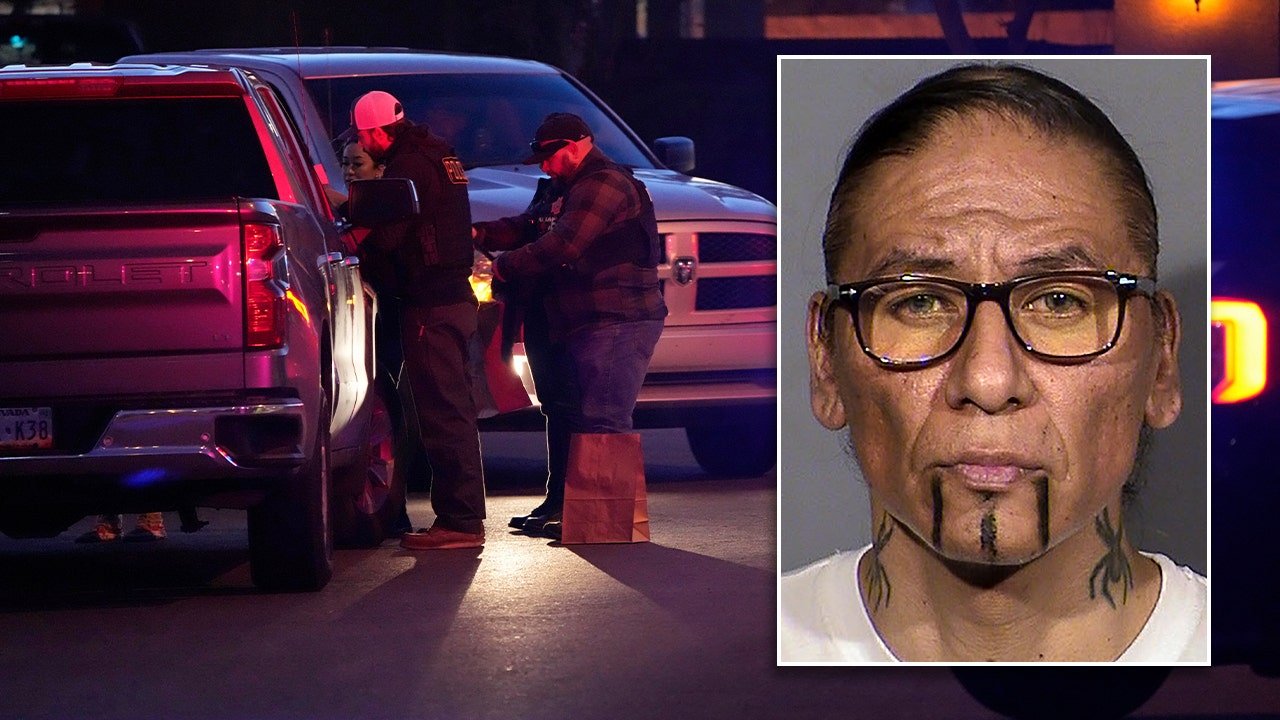














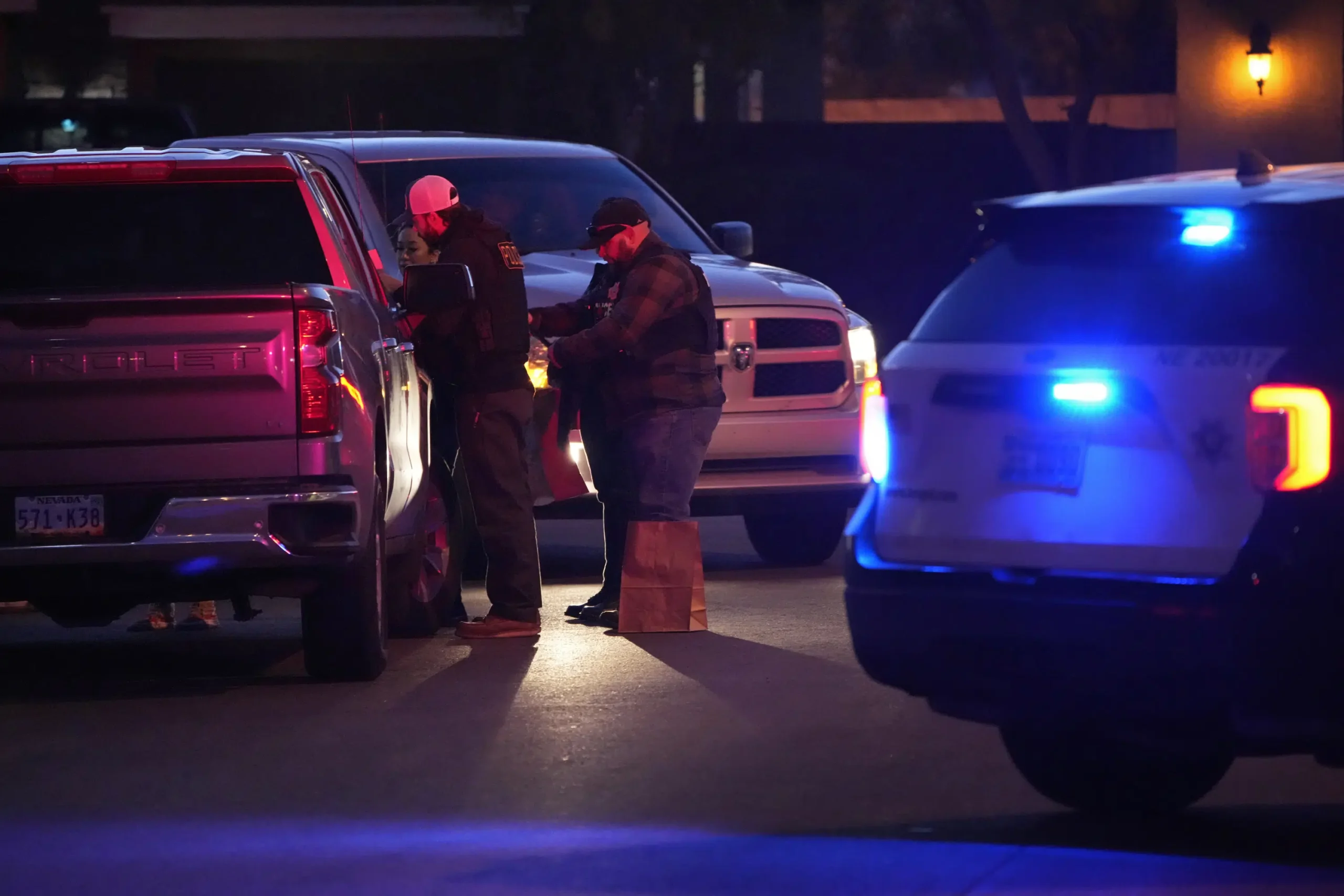








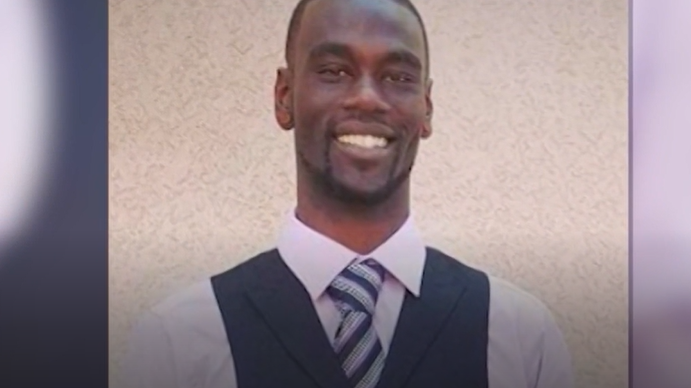






























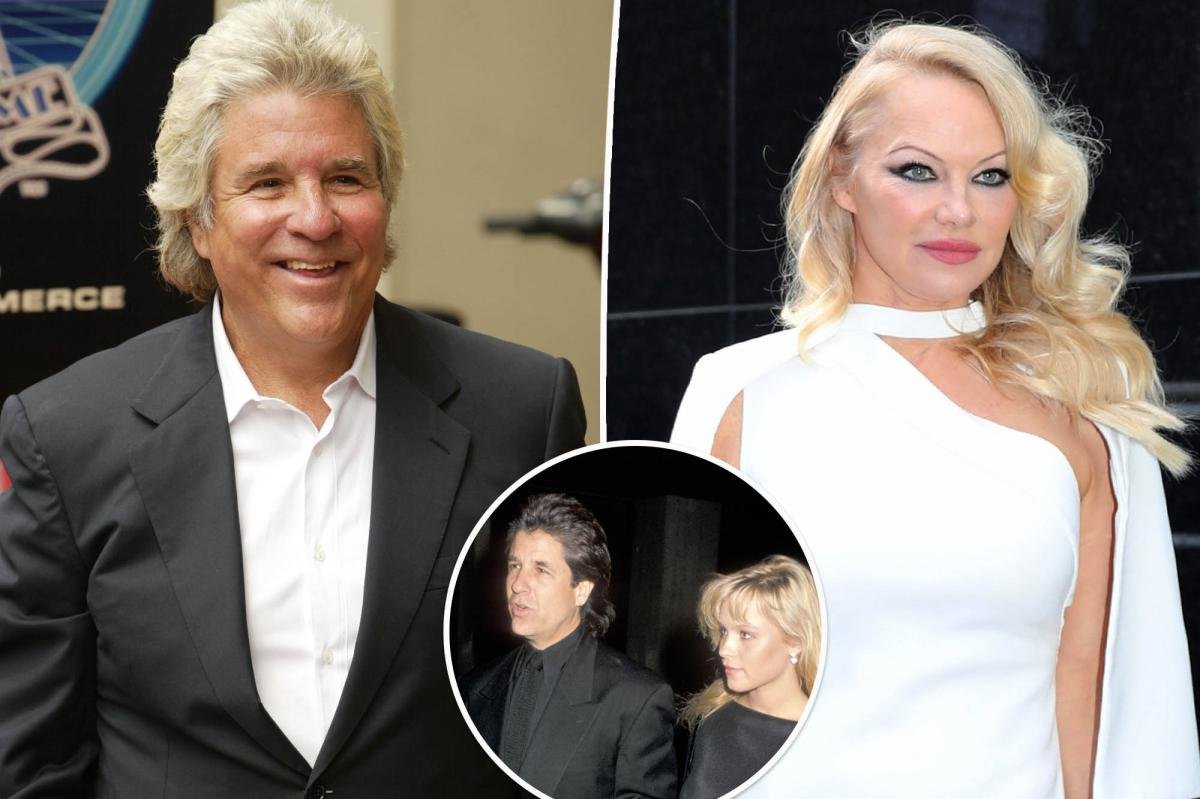


























































































































































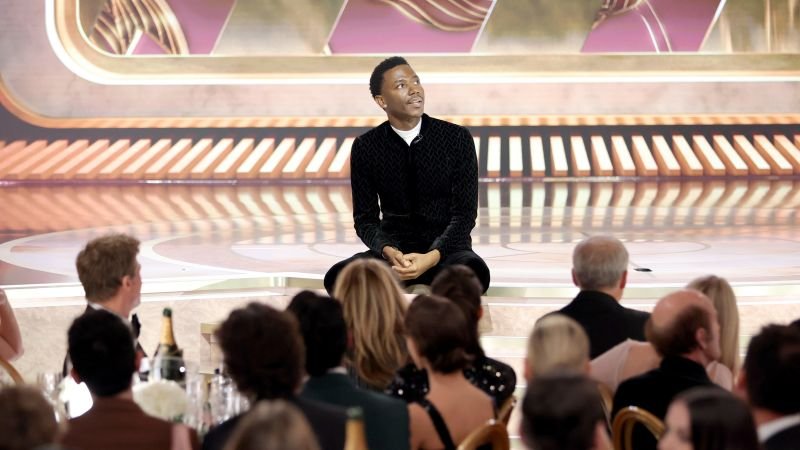






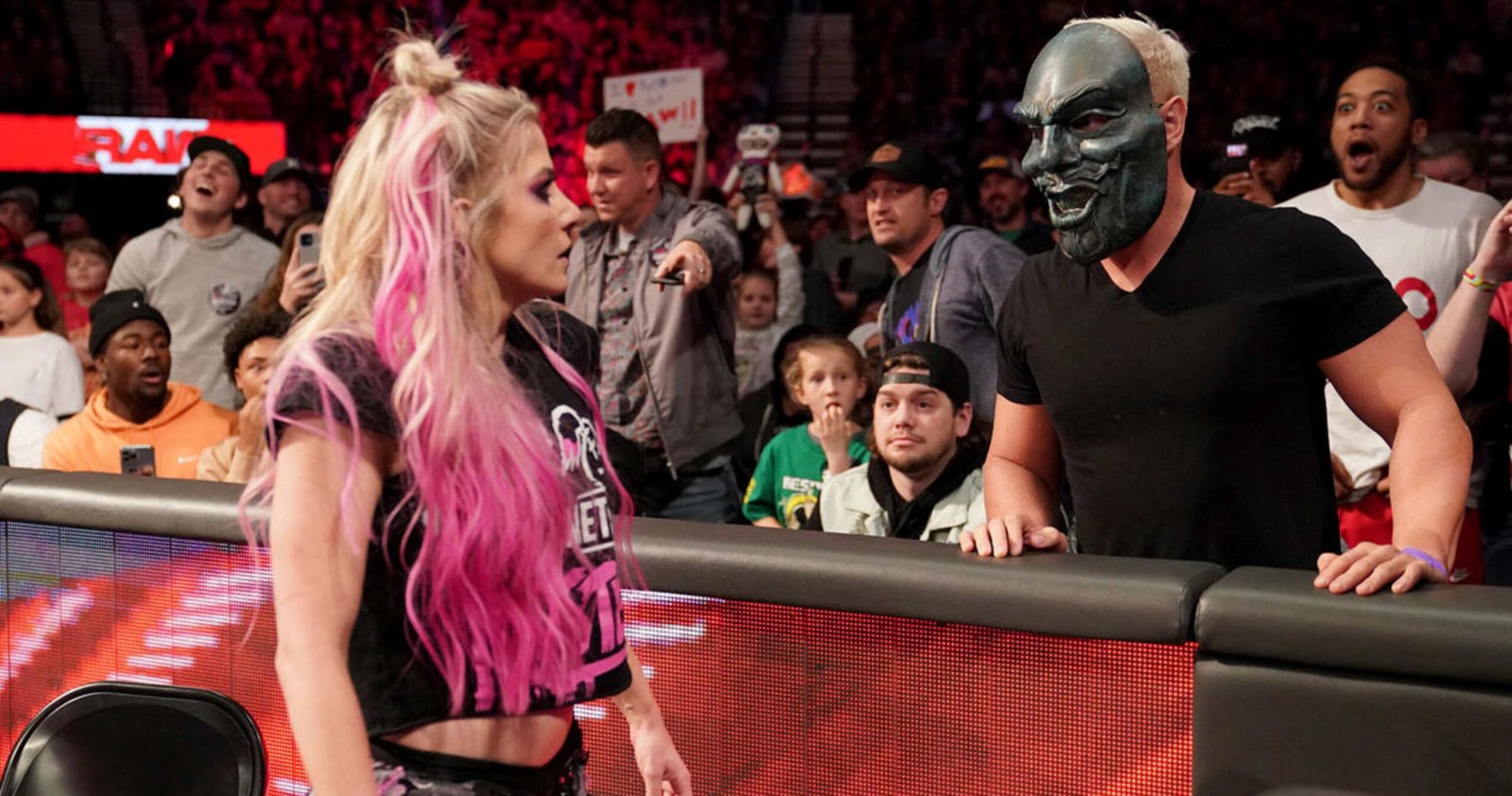























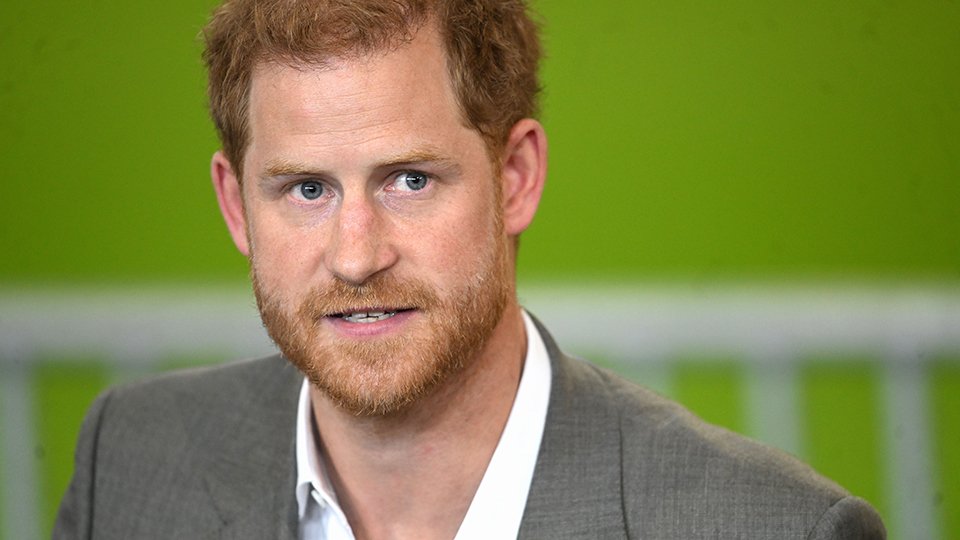




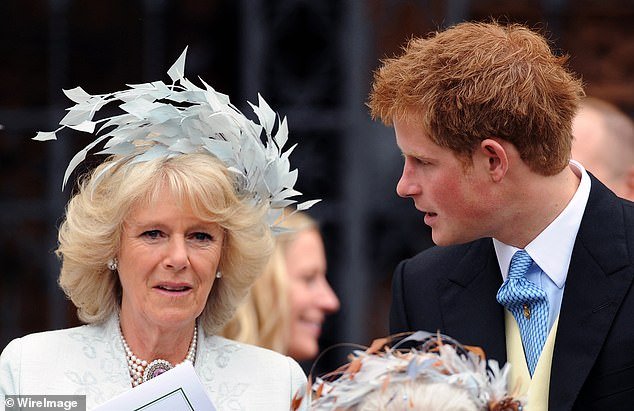
































































































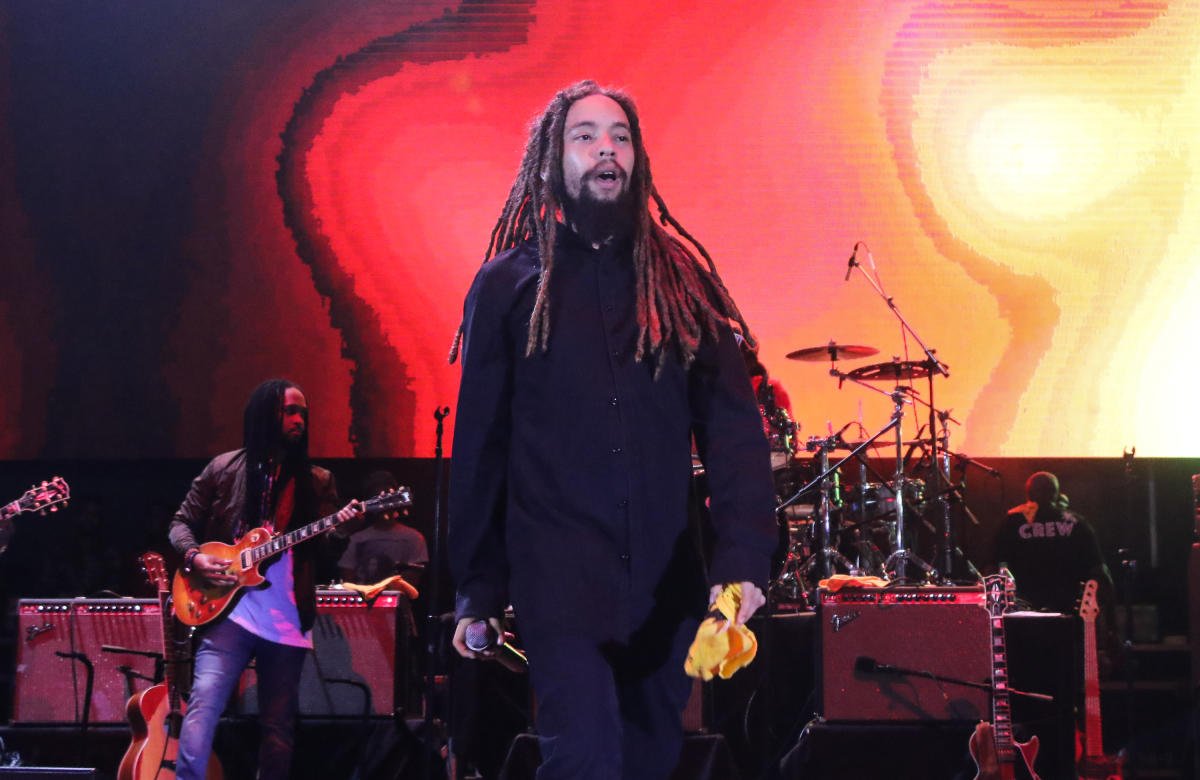
































































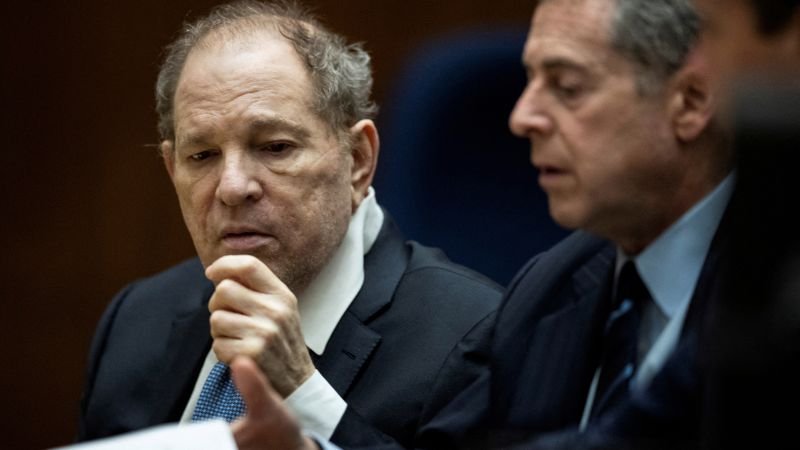













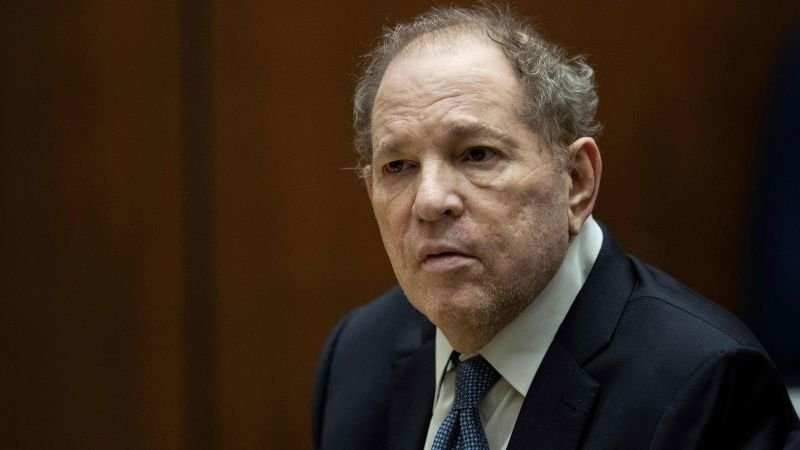




































![“Ghosts” recap: season 2, episode 10 – [Spoiler] To kiss](https://nokiamelodileri.com/wp-content/uploads/2022/12/Ghosts-recap-season-2-episode-10-Spoiler-To-kiss.jpg)







































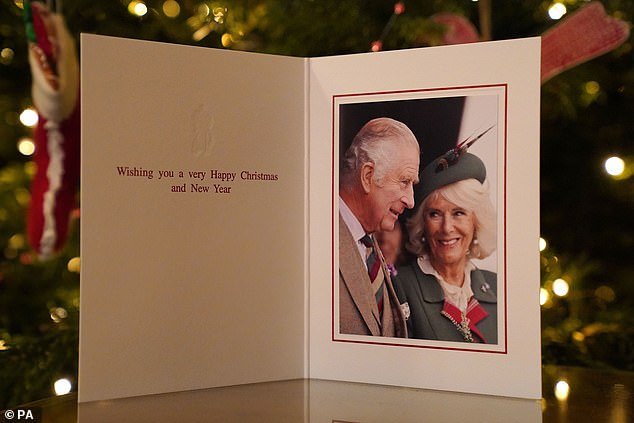












































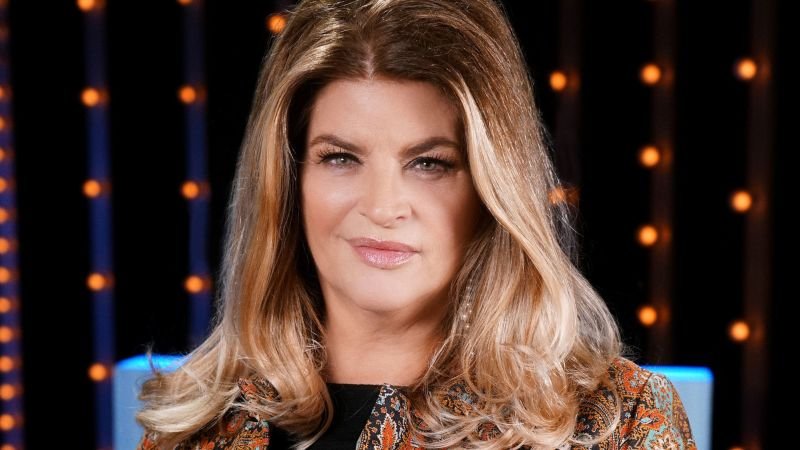



























































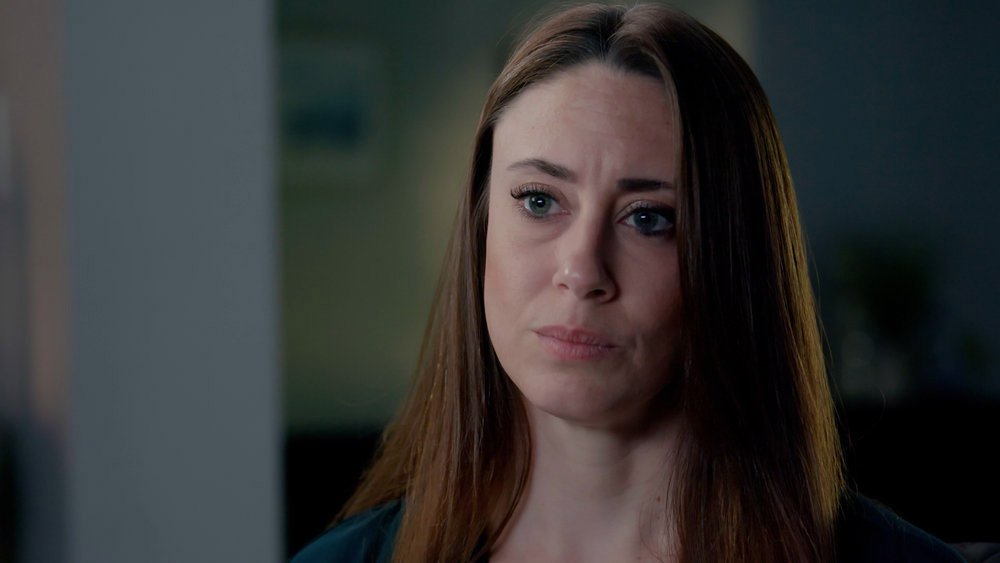


























































































































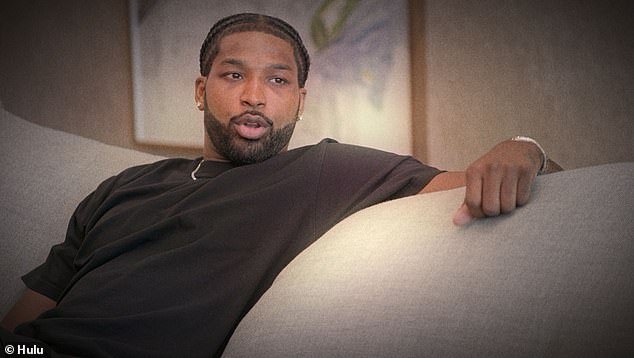














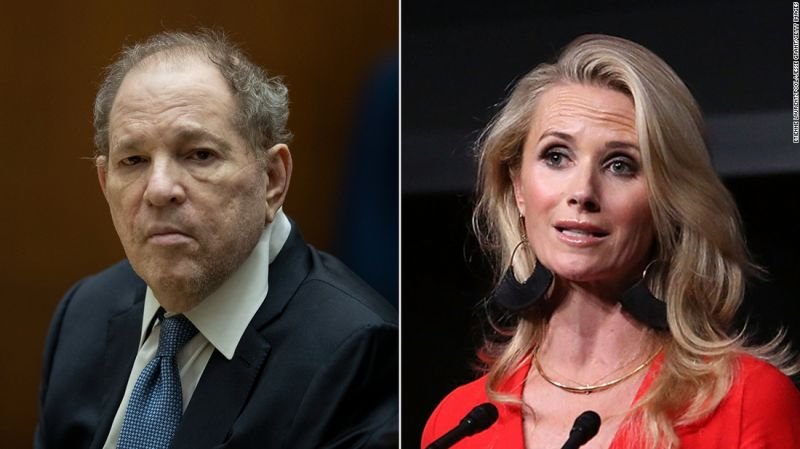


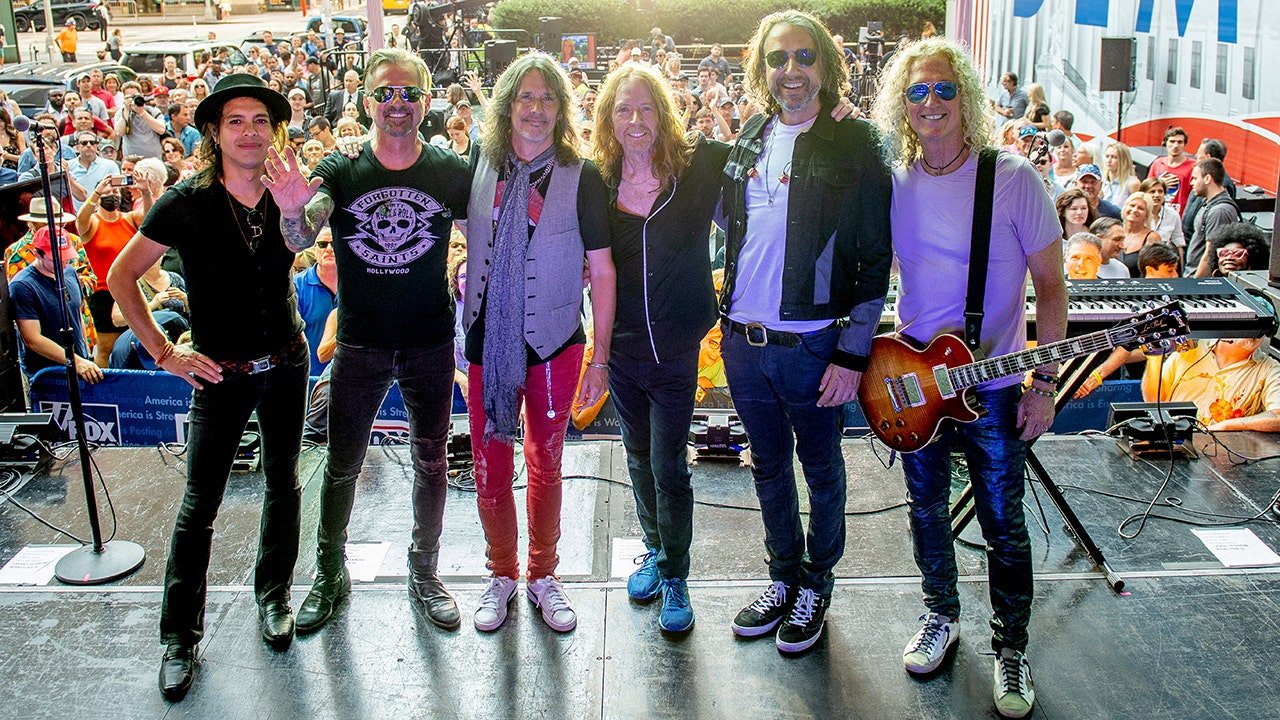








![The Walking Dead Recap: Season 11, Episode 23 — [Spoiler] Die?!?](https://nokiamelodileri.com/wp-content/uploads/2022/11/The-Walking-Dead-Recap-Season-11-Episode-23-—-Spoiler.jpg)













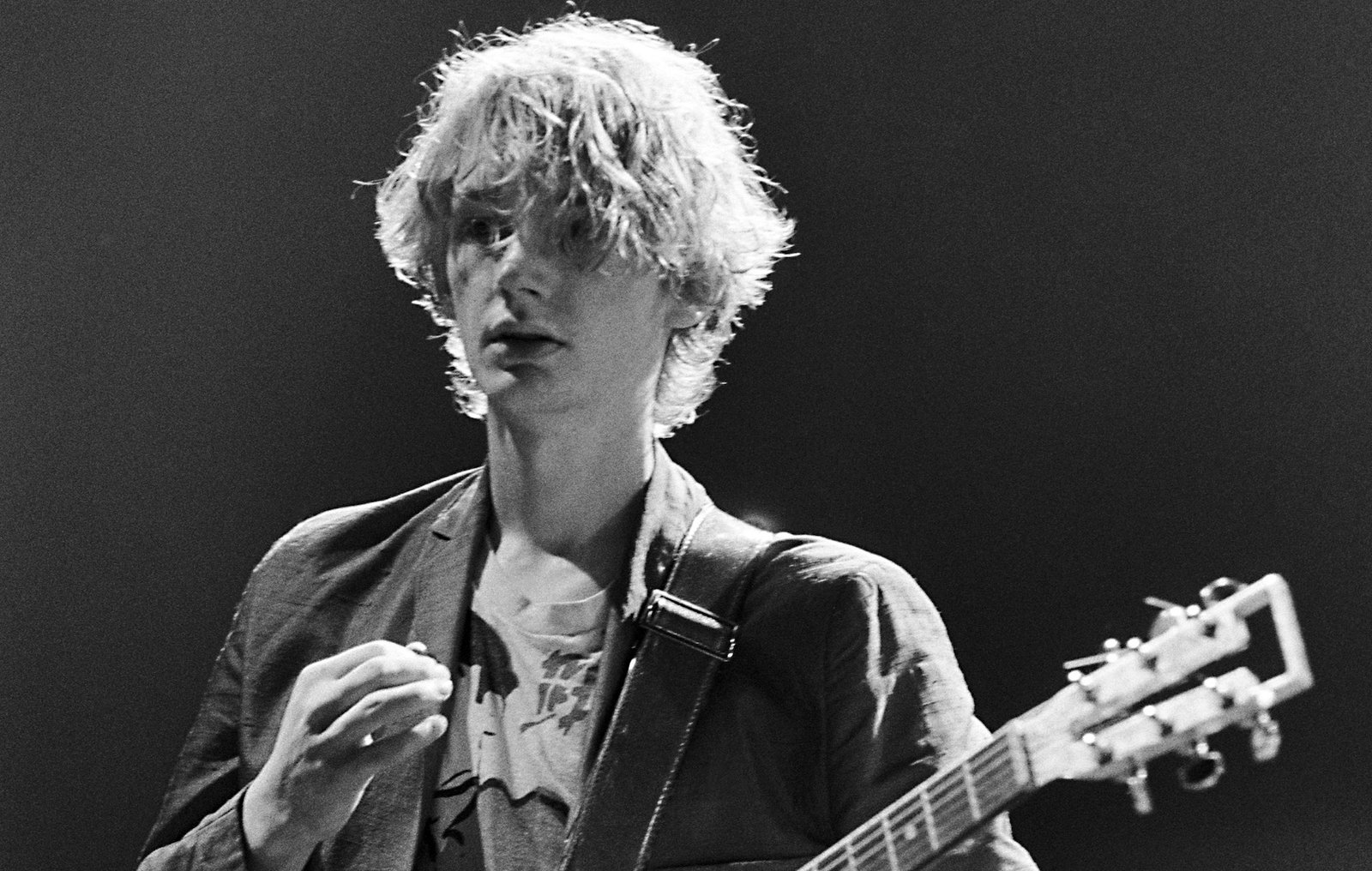

































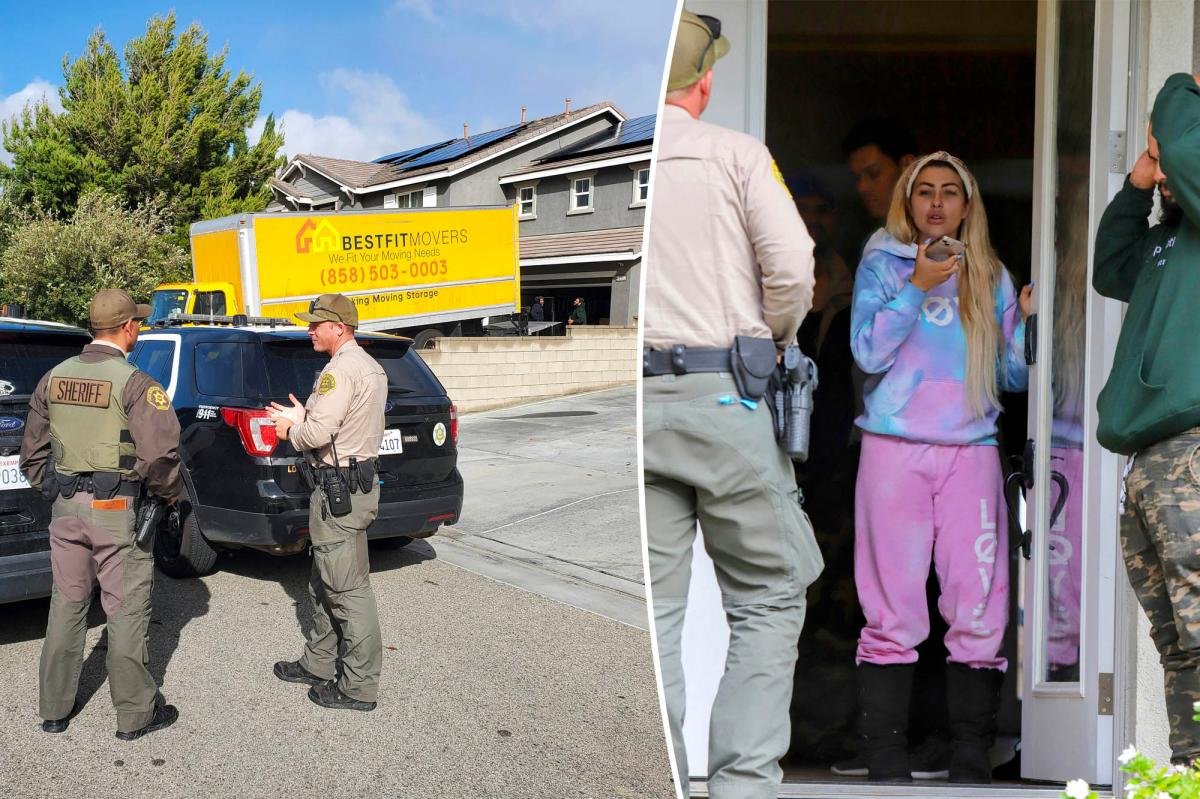



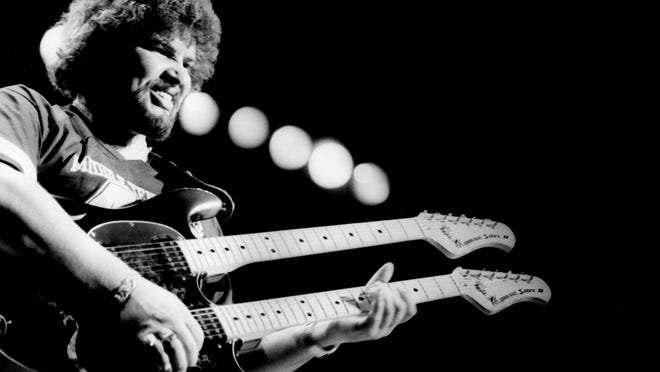



















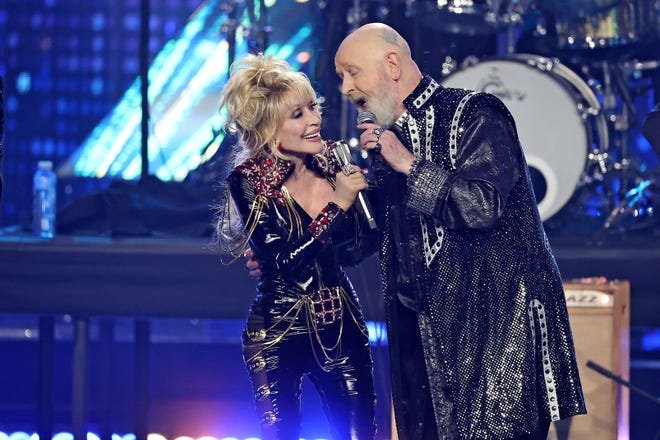


































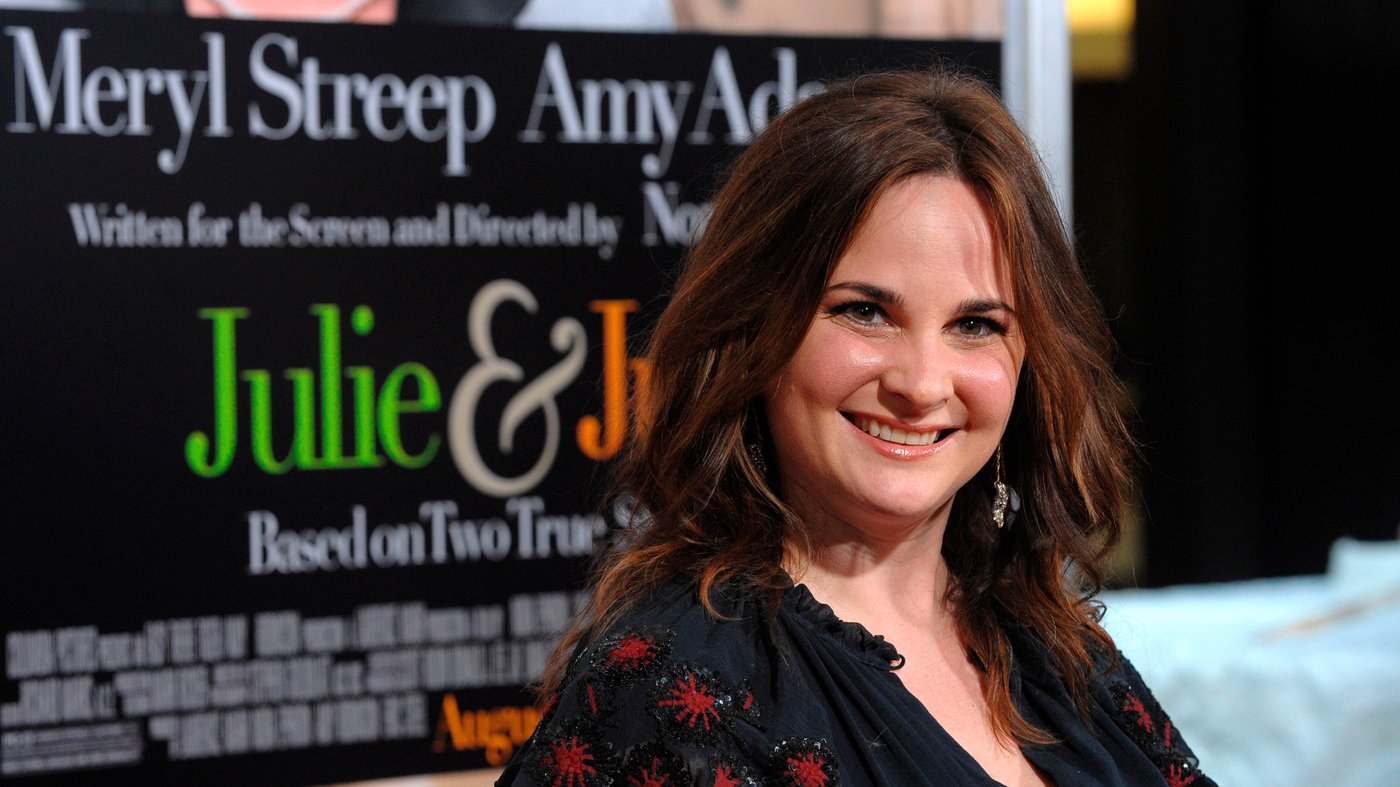





























































































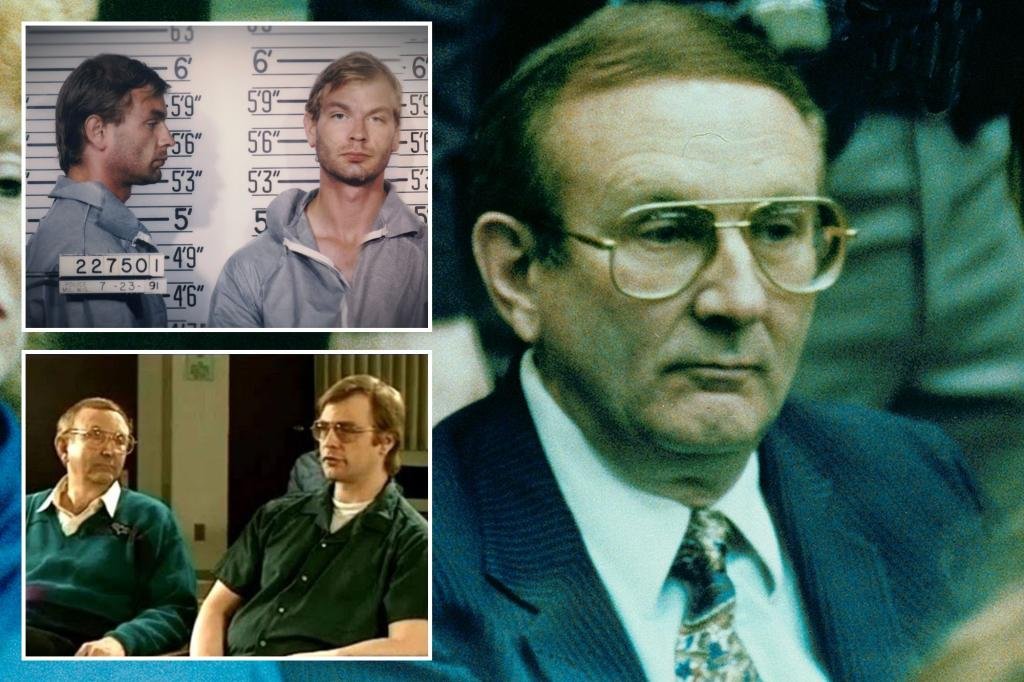














































































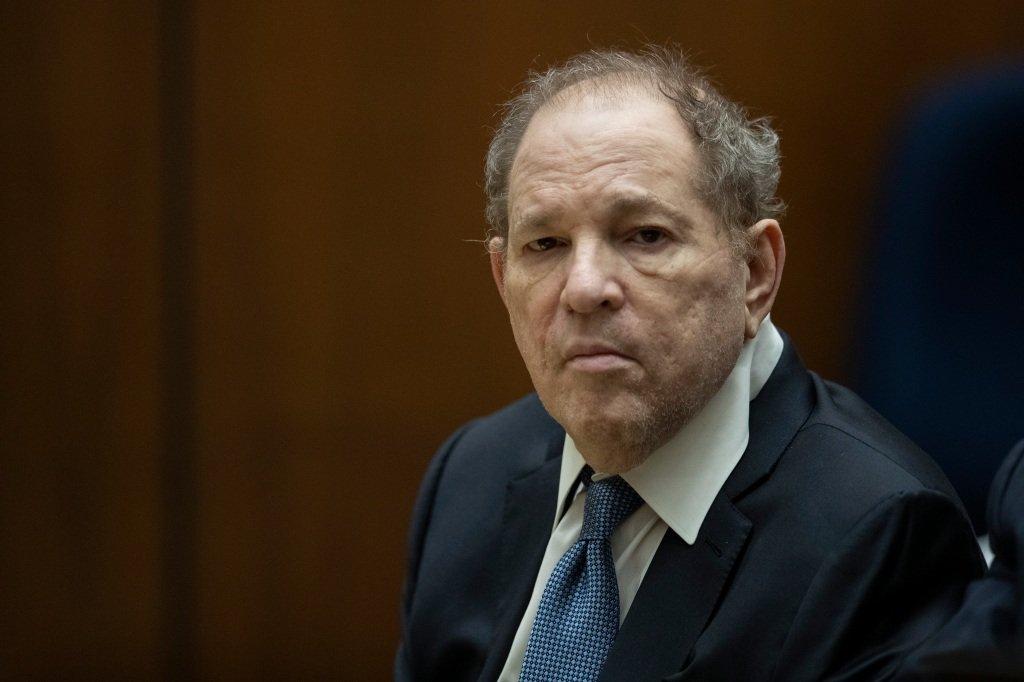
















![‘She-Hulk’ Recap: Finale Criticizes MCU Tropes, Introduces [Spoiler]](https://nokiamelodileri.com/wp-content/uploads/2022/10/She-Hulk-Recap-Finale-Criticizes-MCU-Tropes-Introduces-Spoiler.jpeg)
























































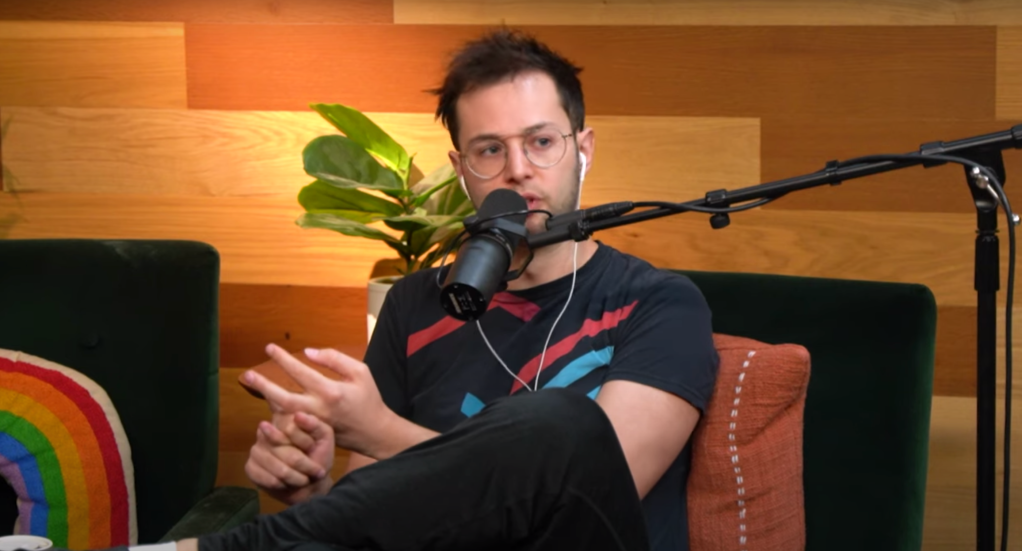

















































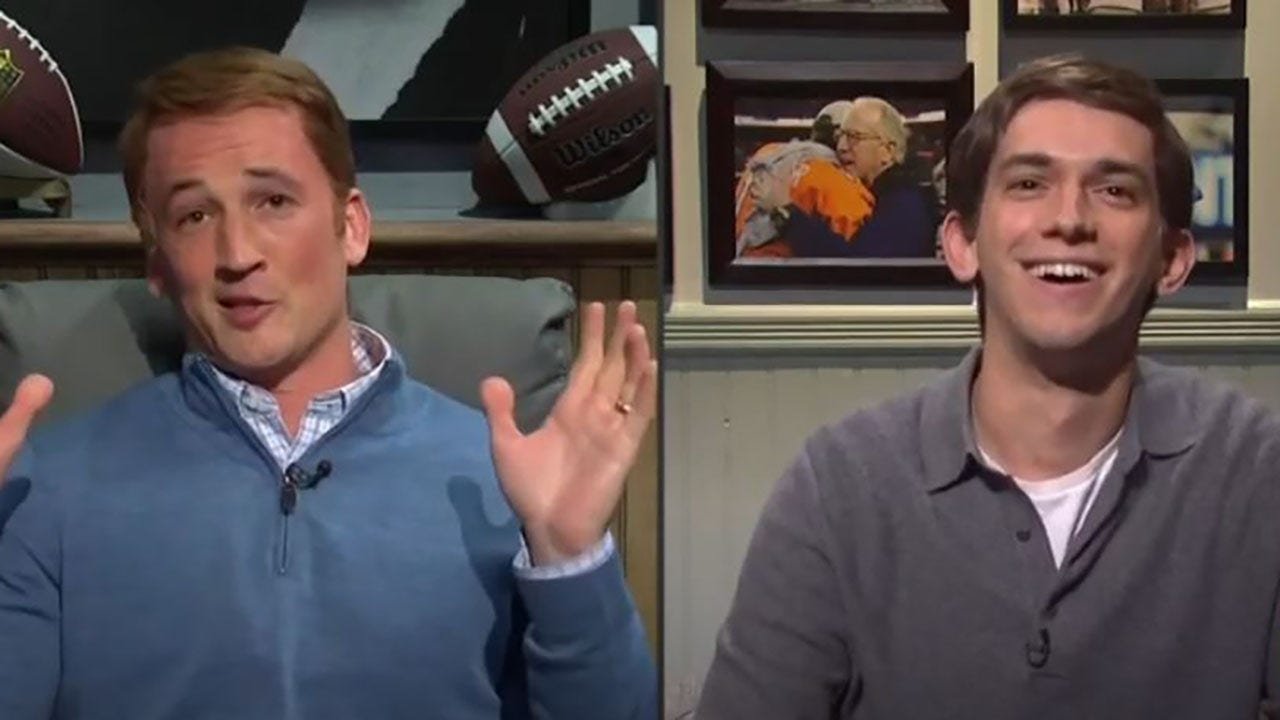






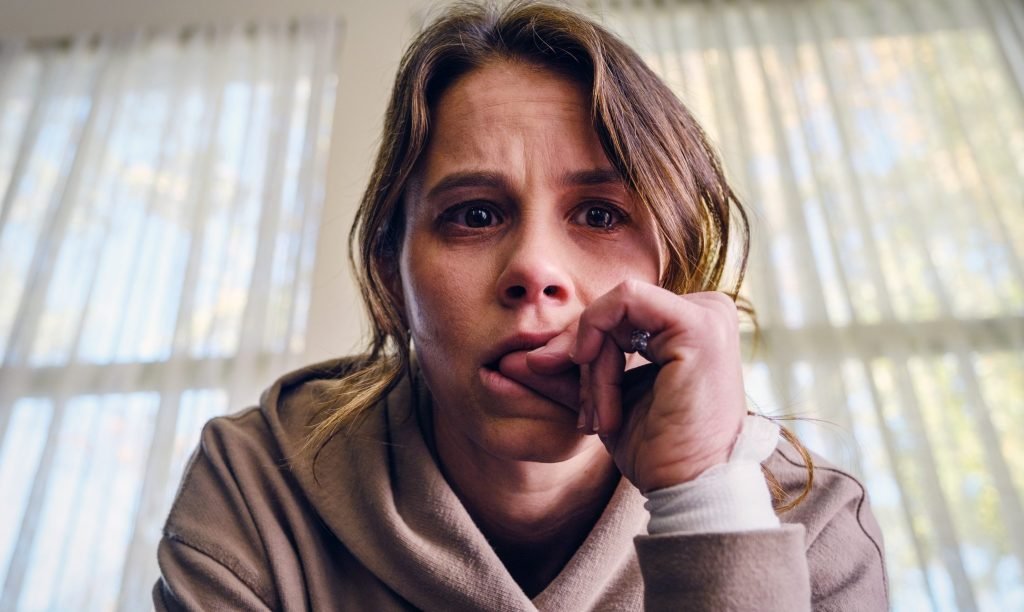















































































































































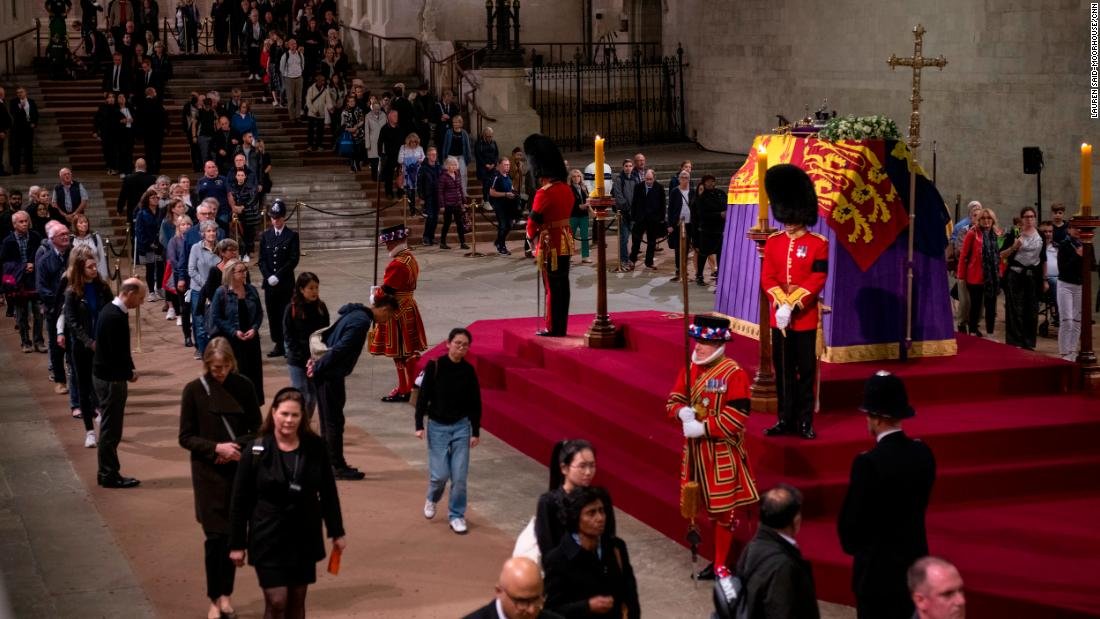


















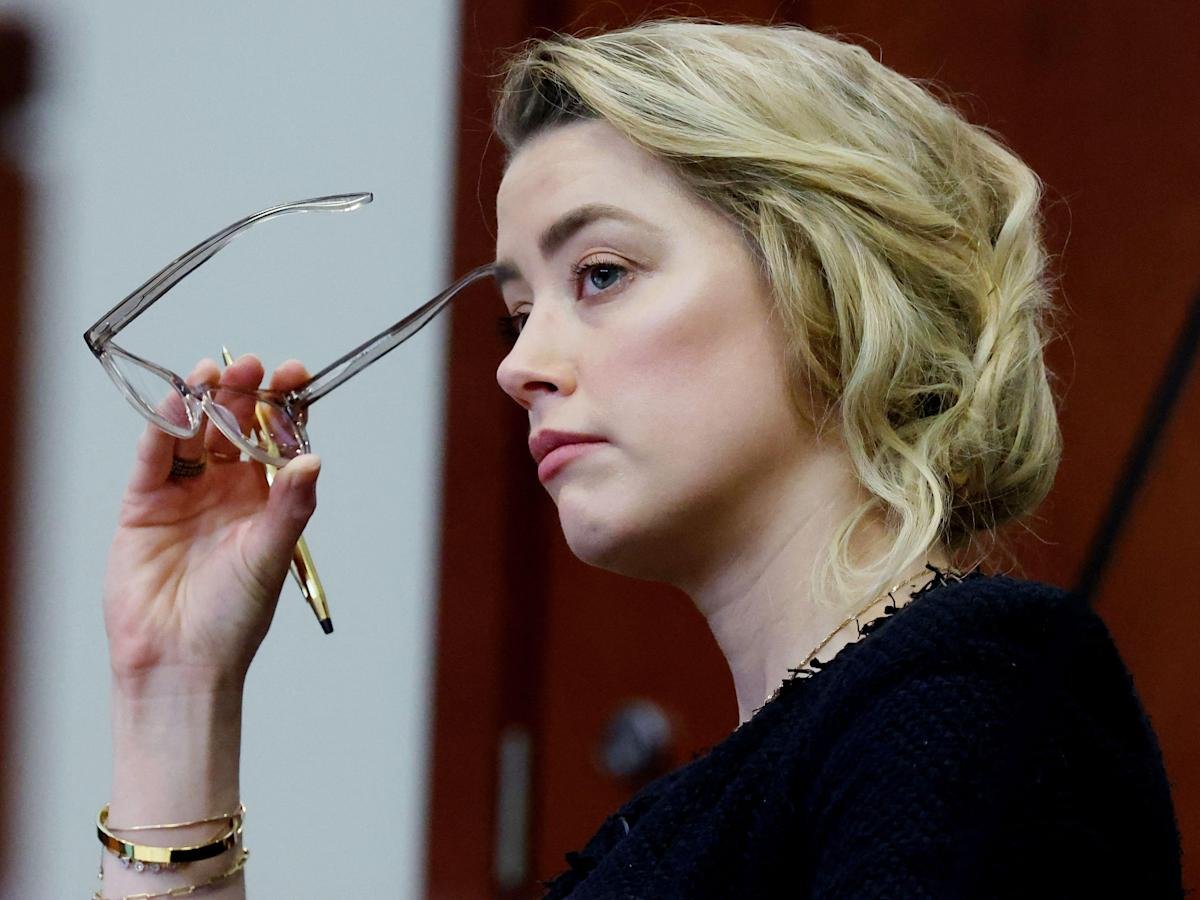


























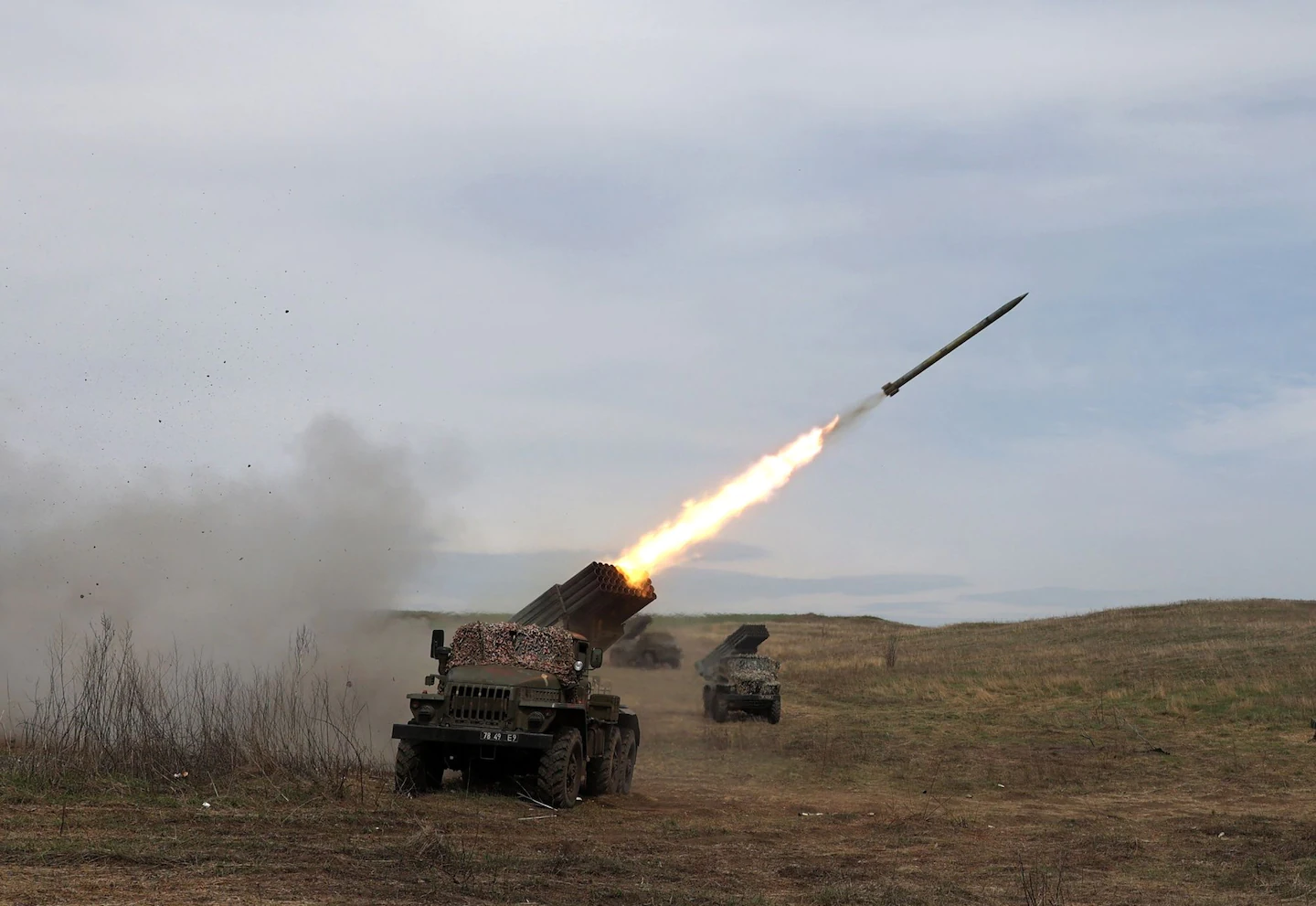























































































































































































































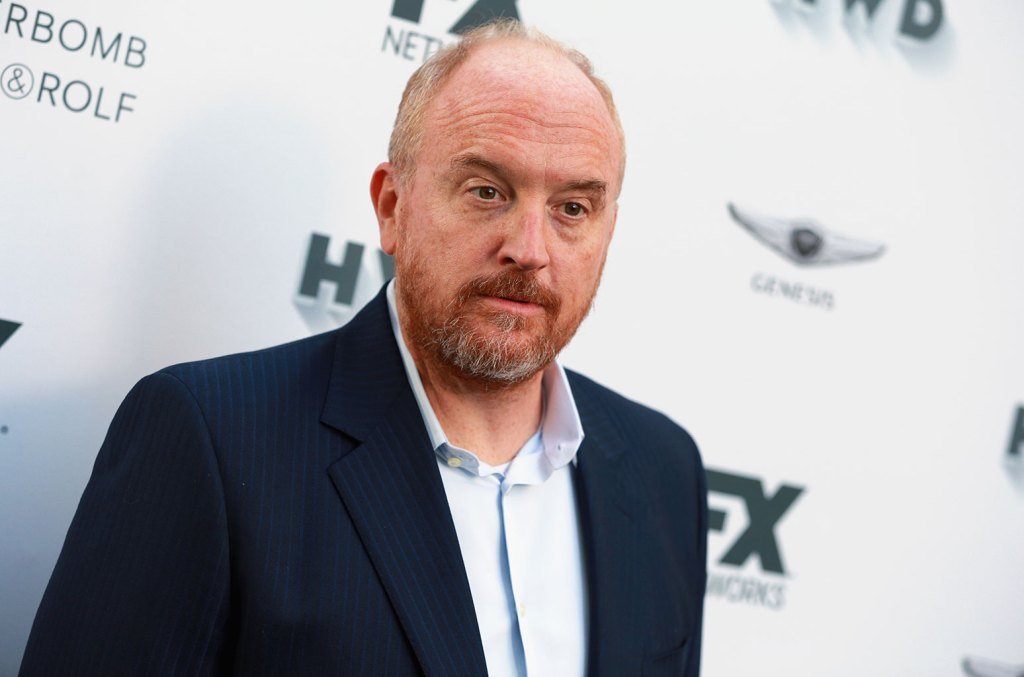






















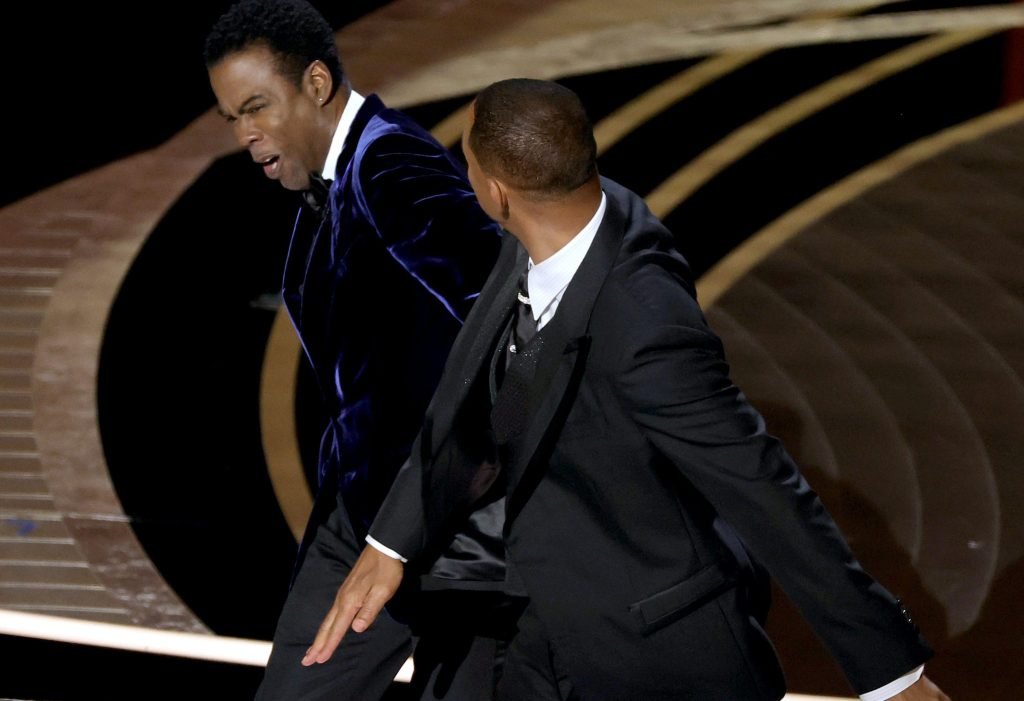













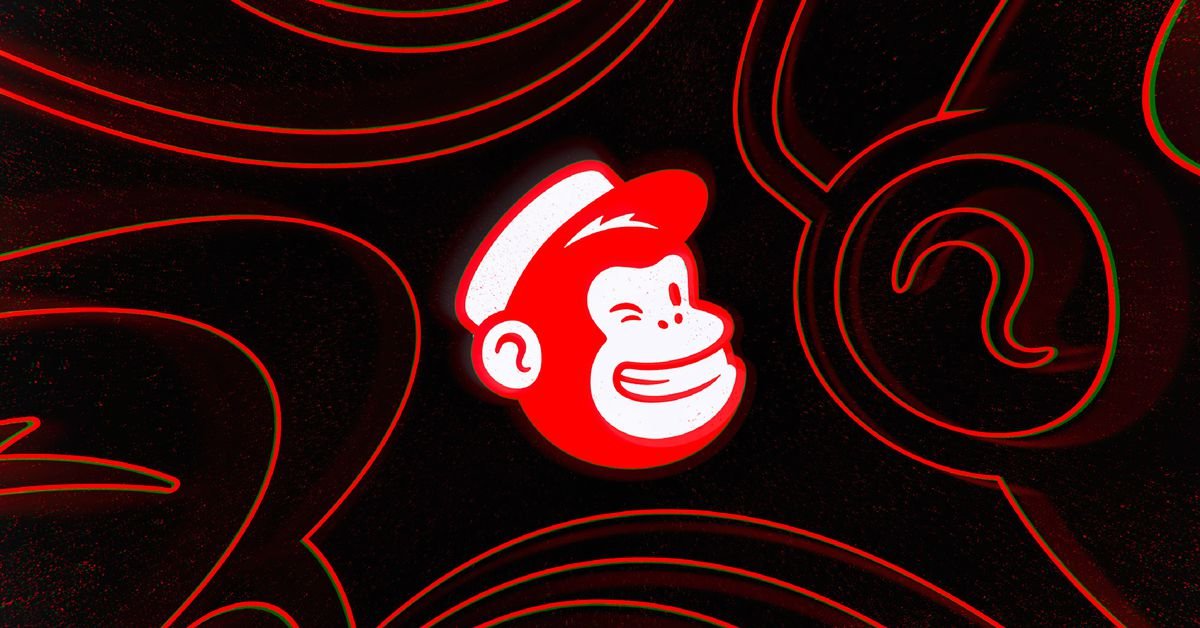

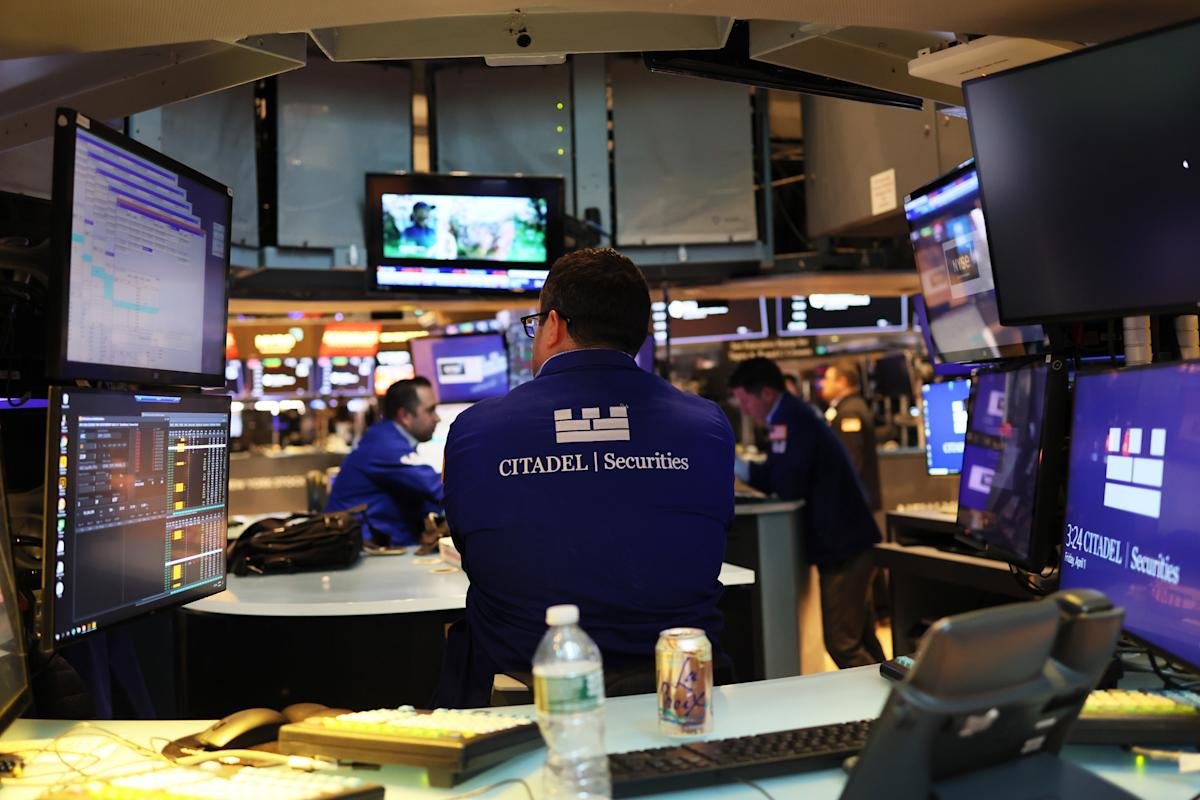






































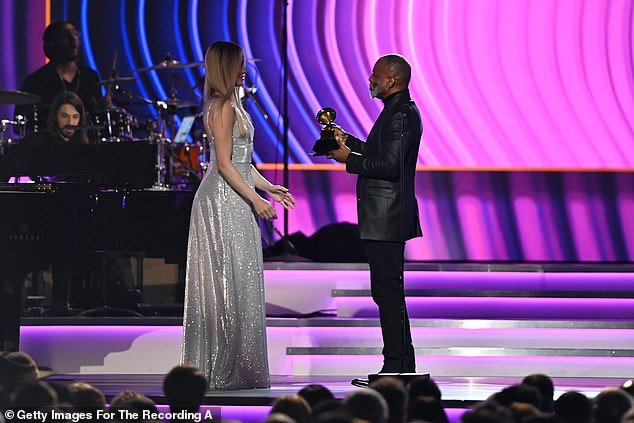


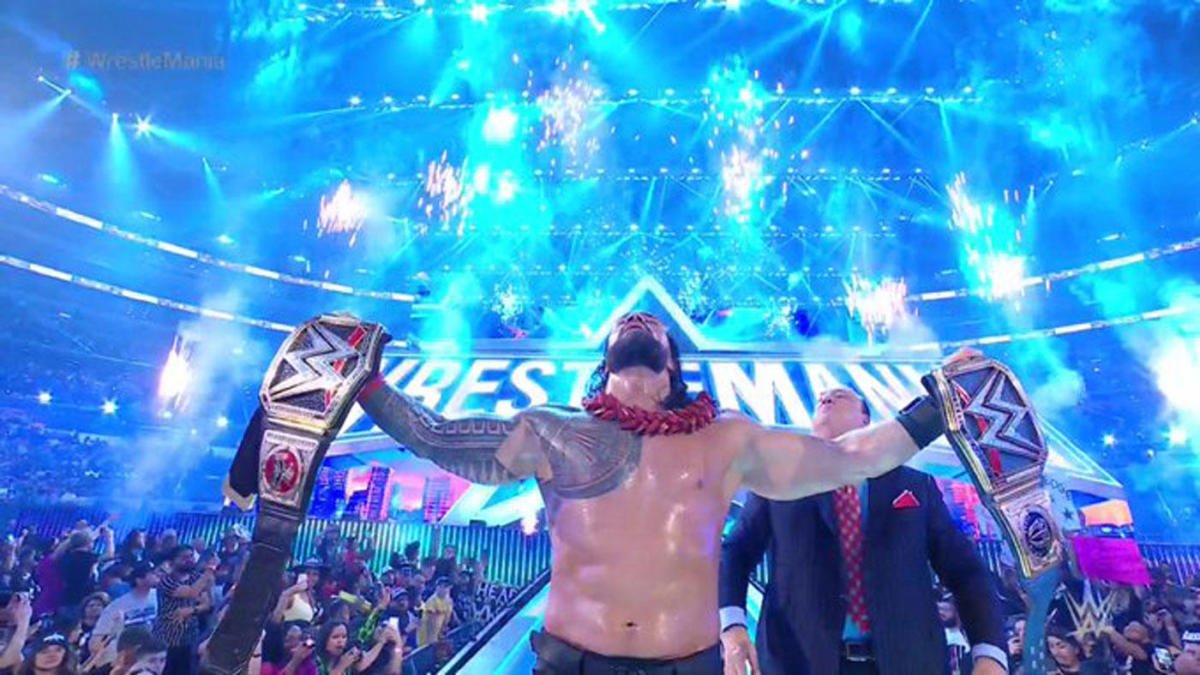

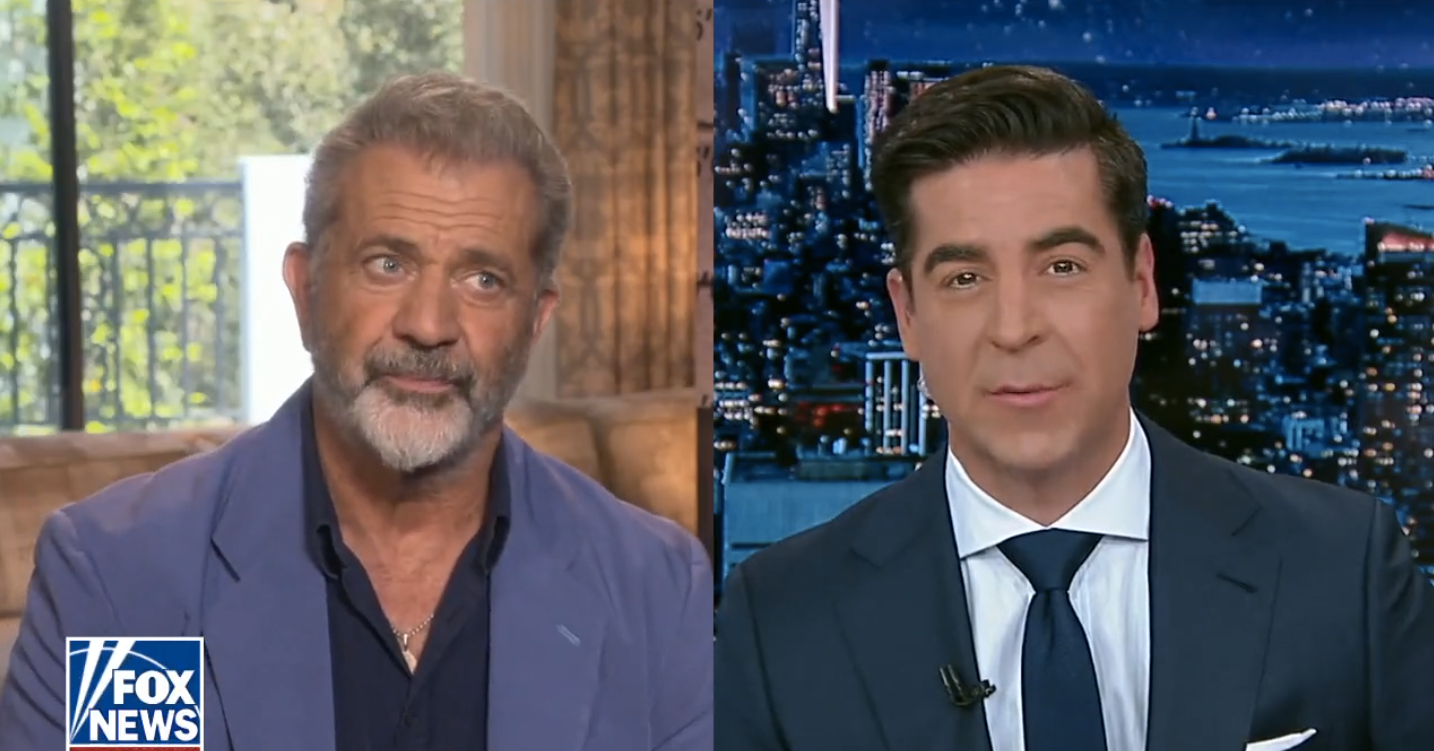






















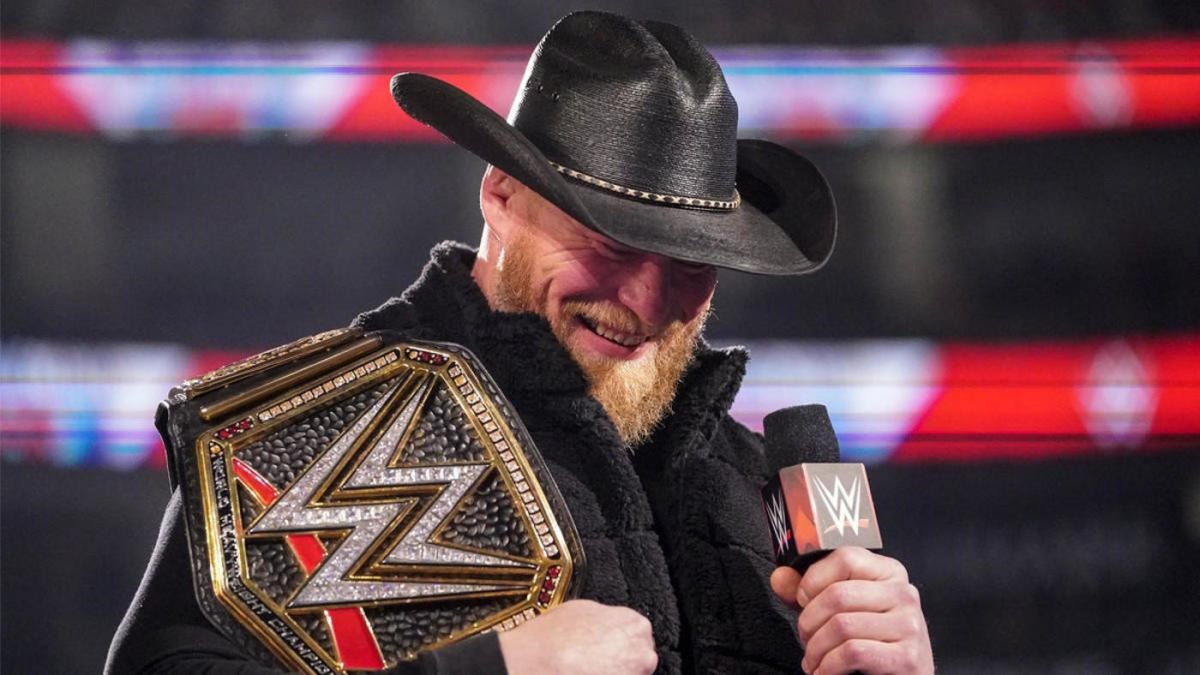


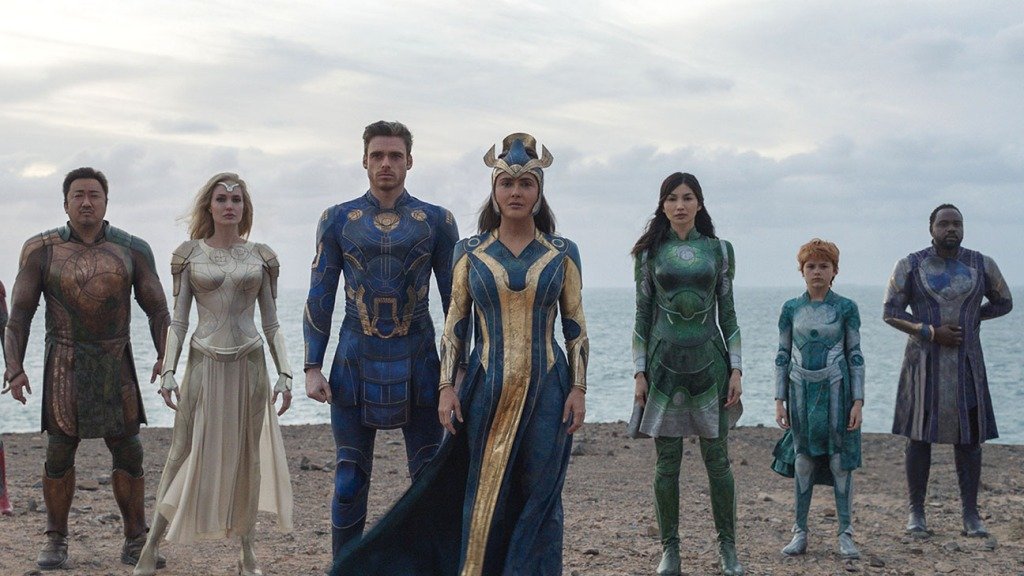




























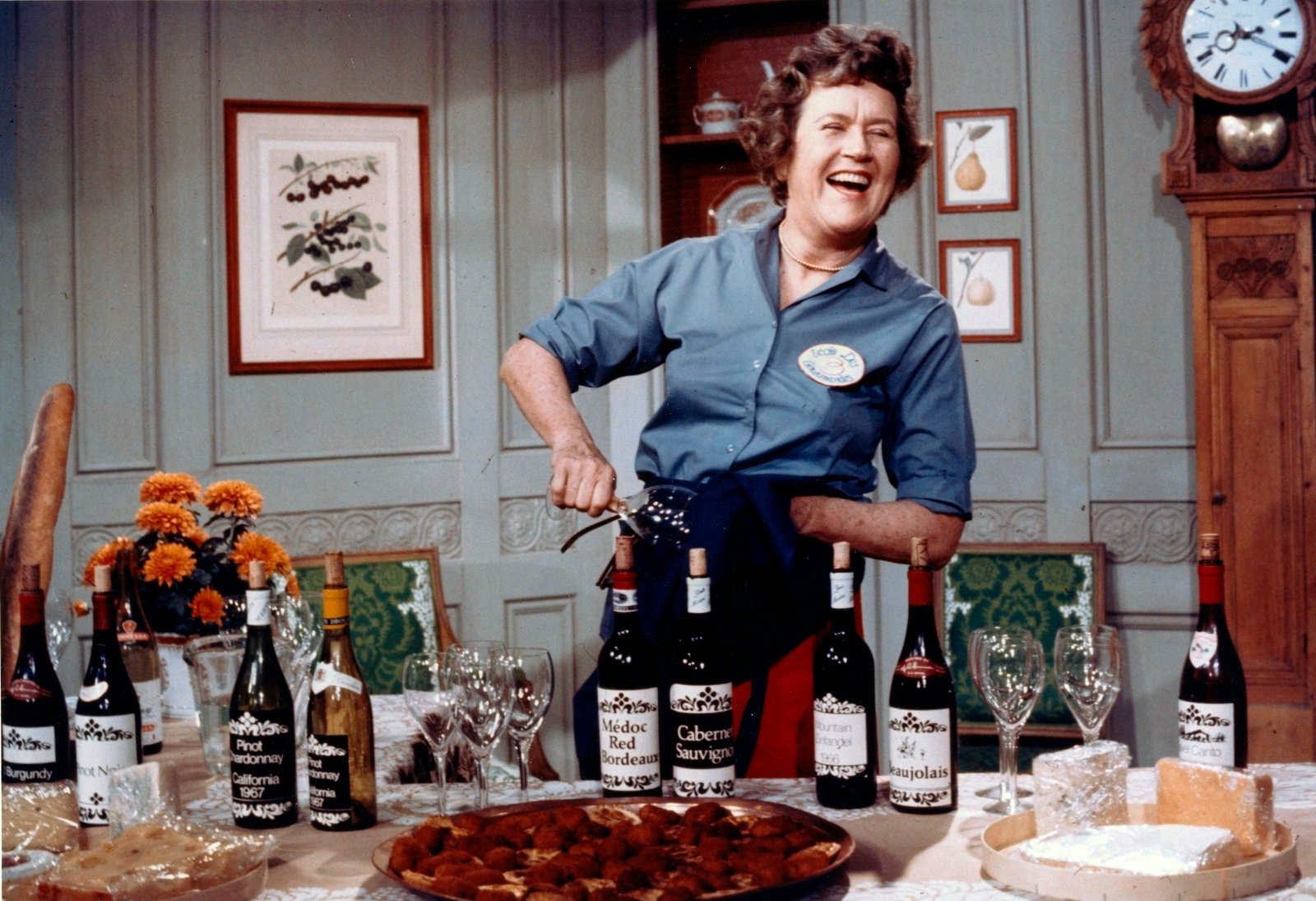





































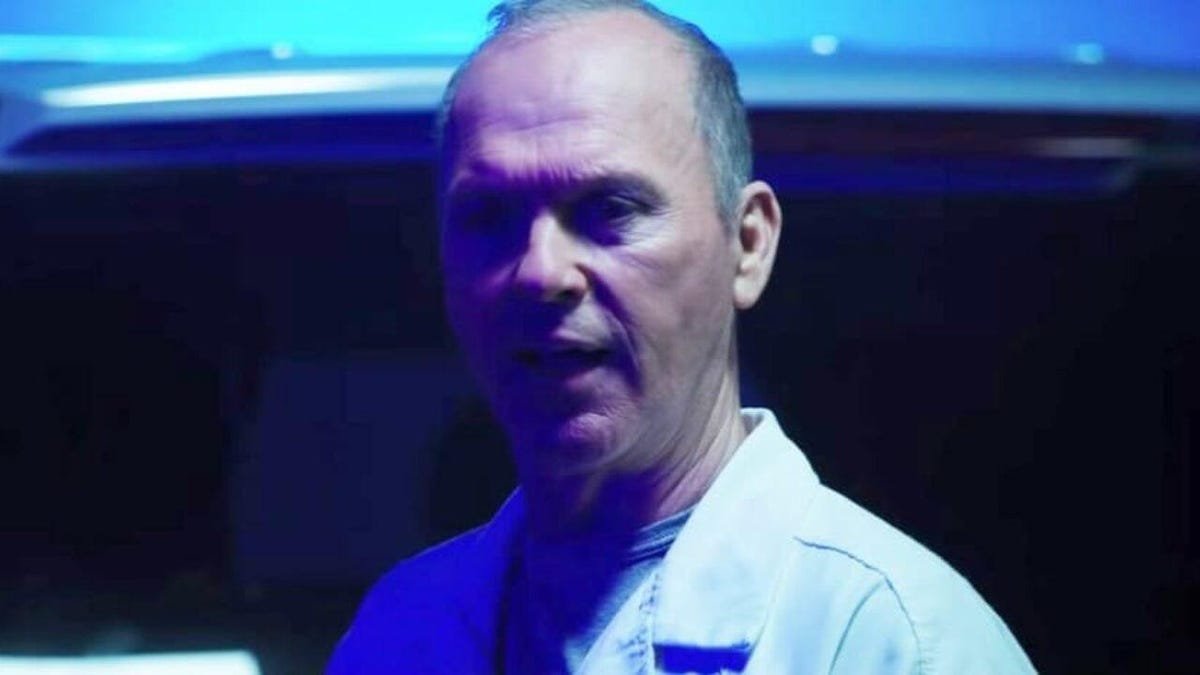



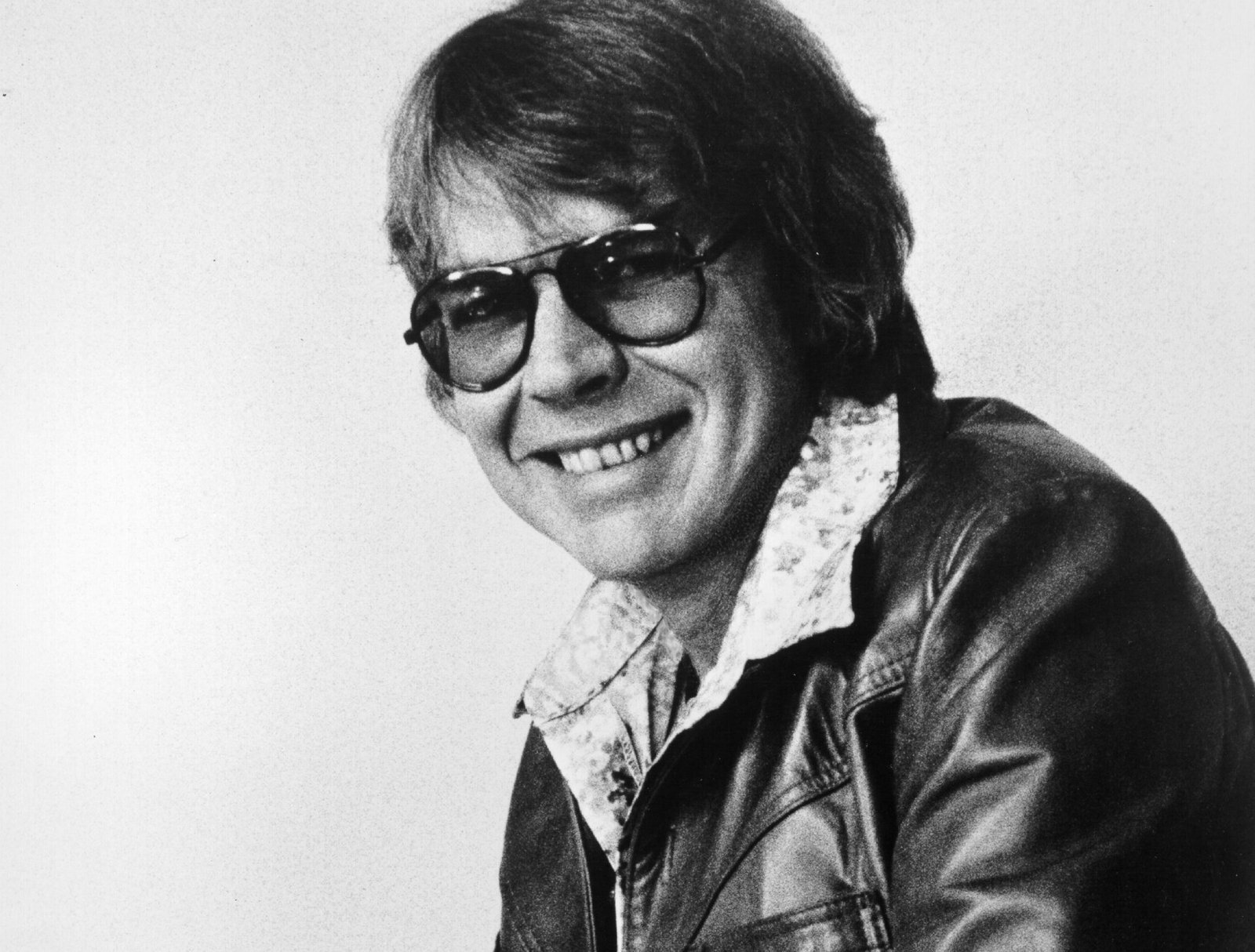



















































































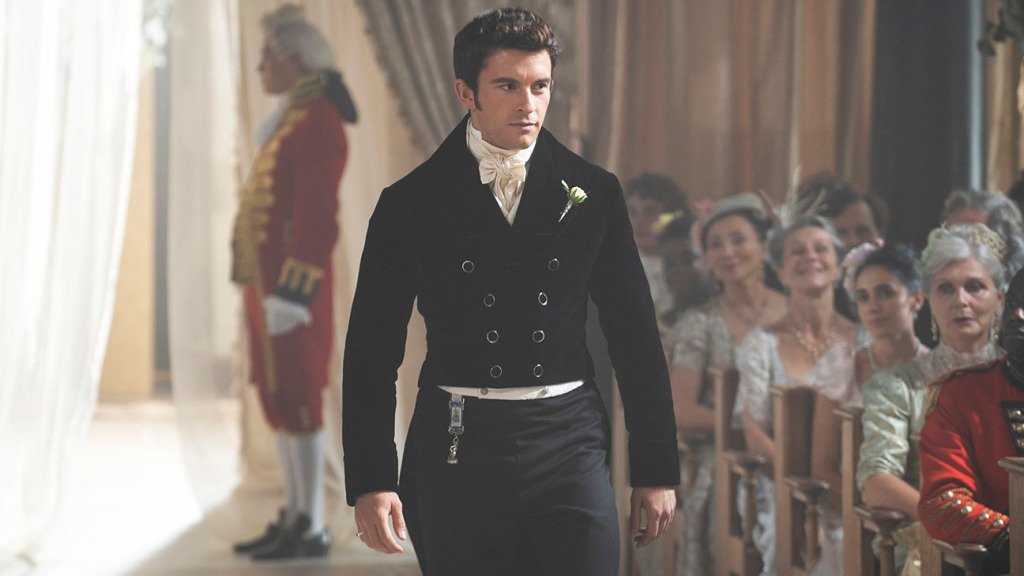

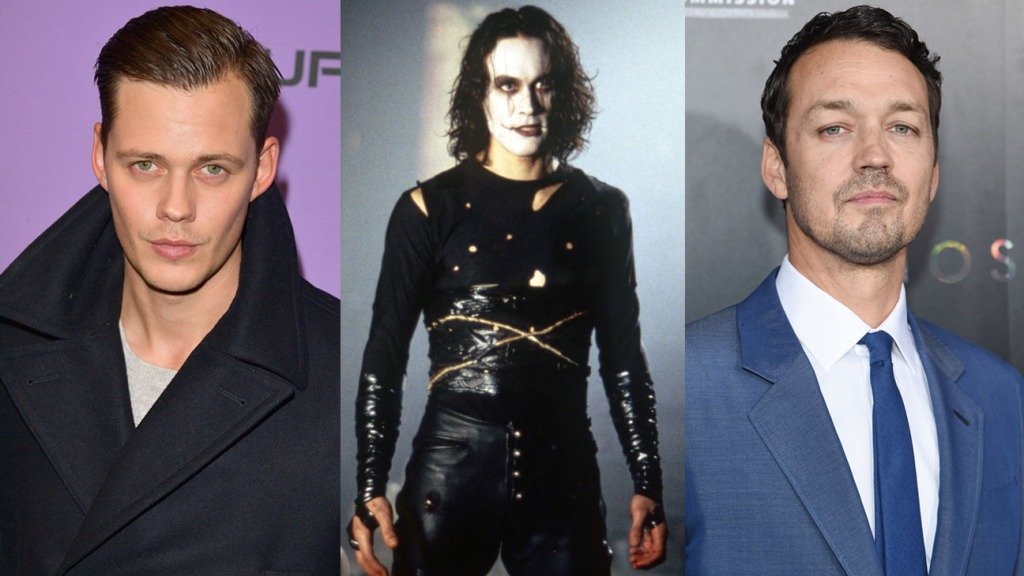


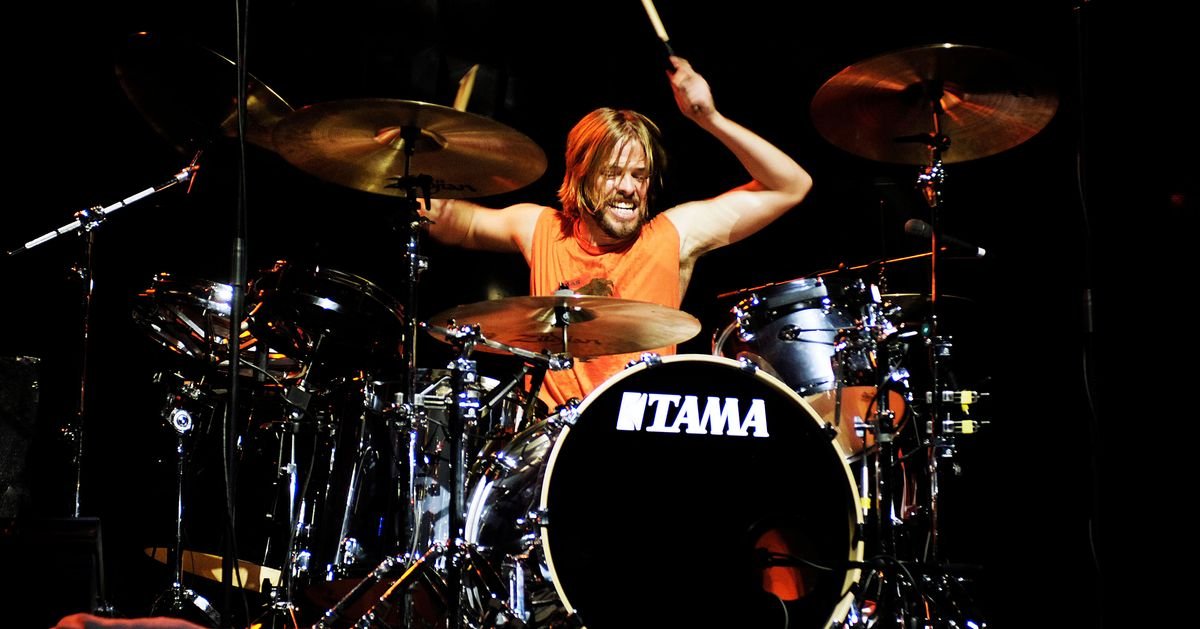















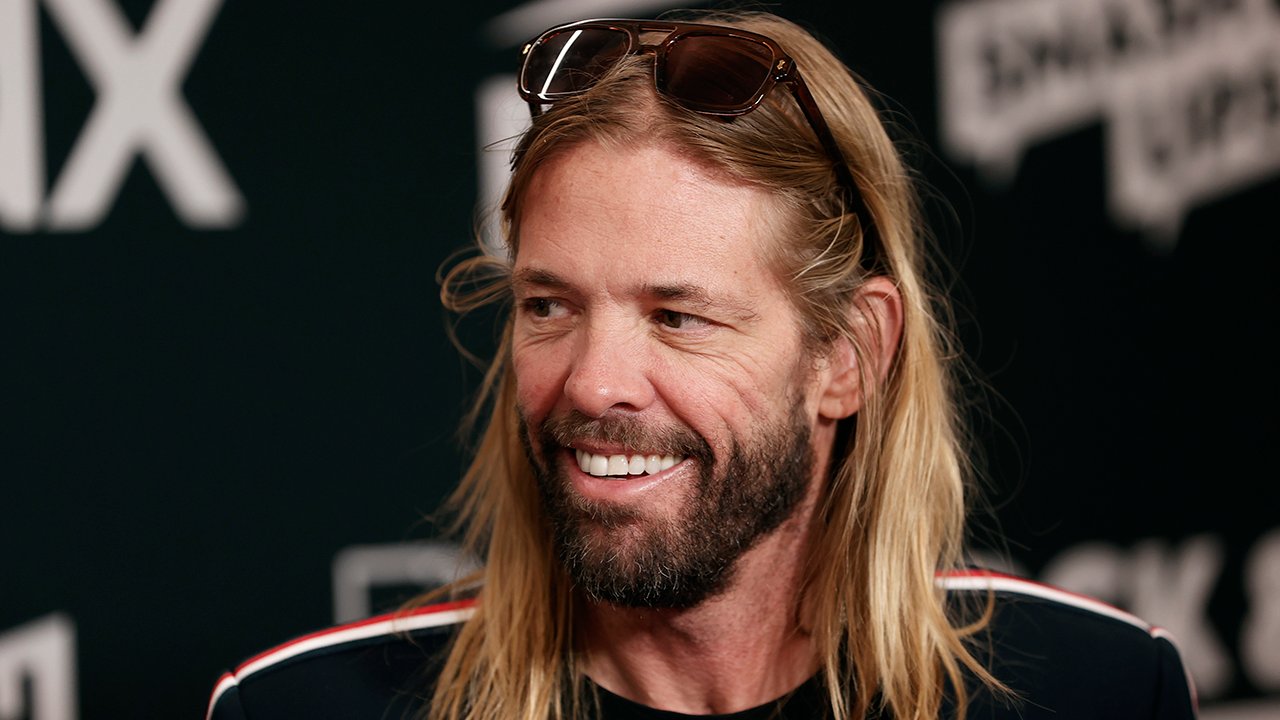










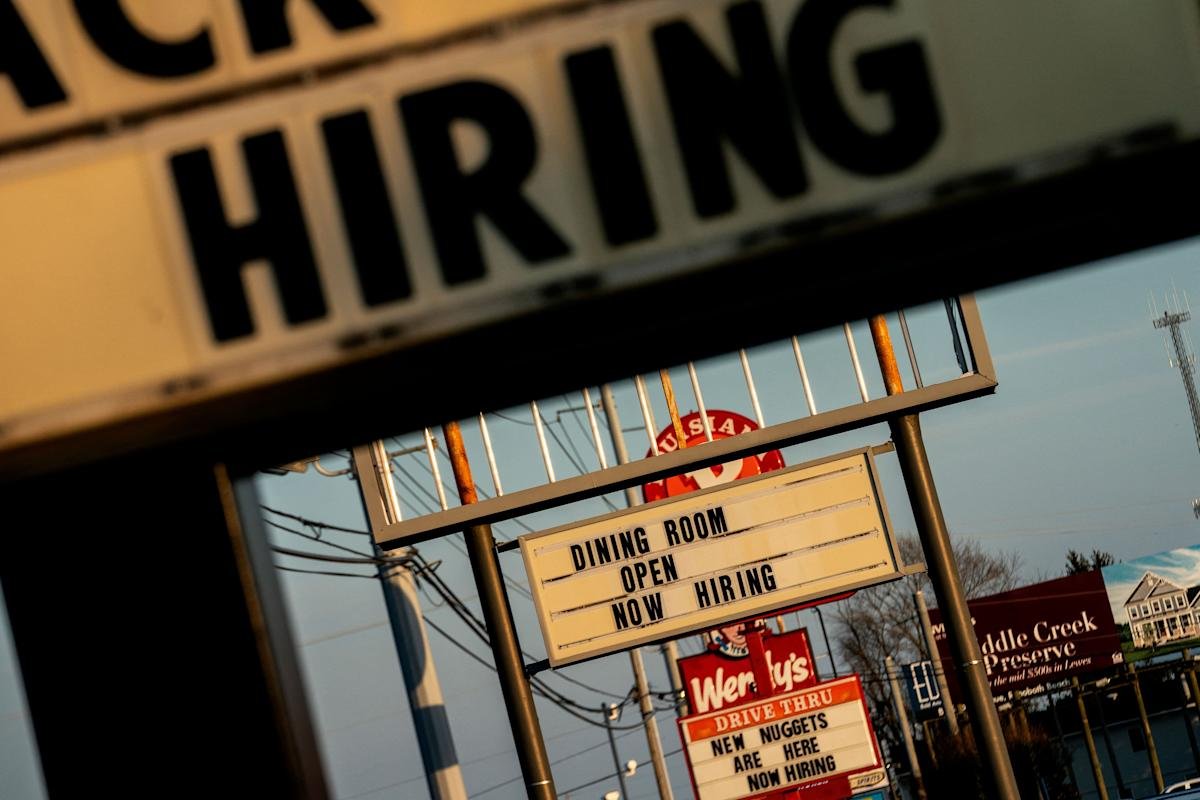























































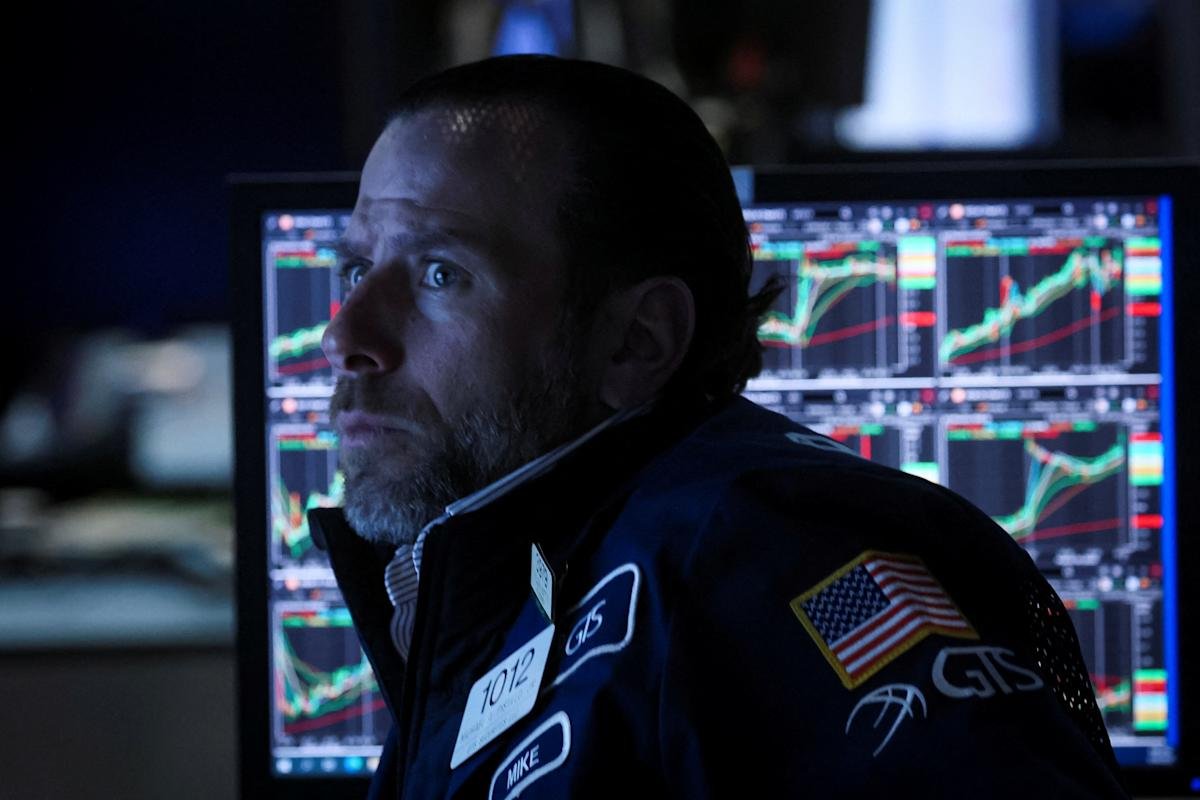




























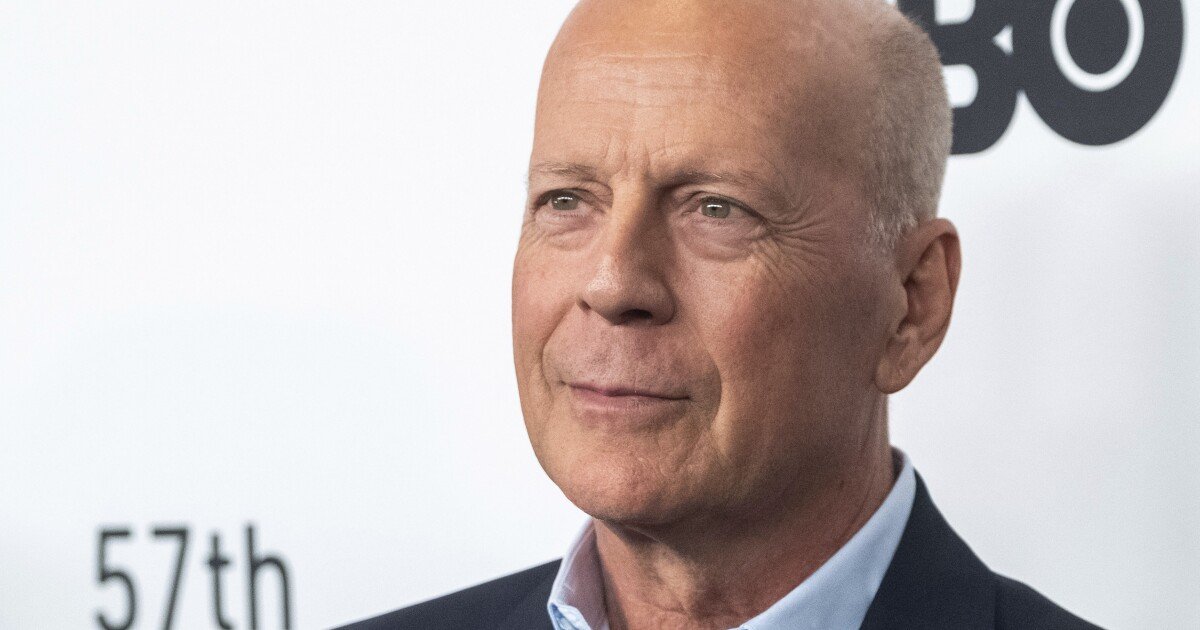






























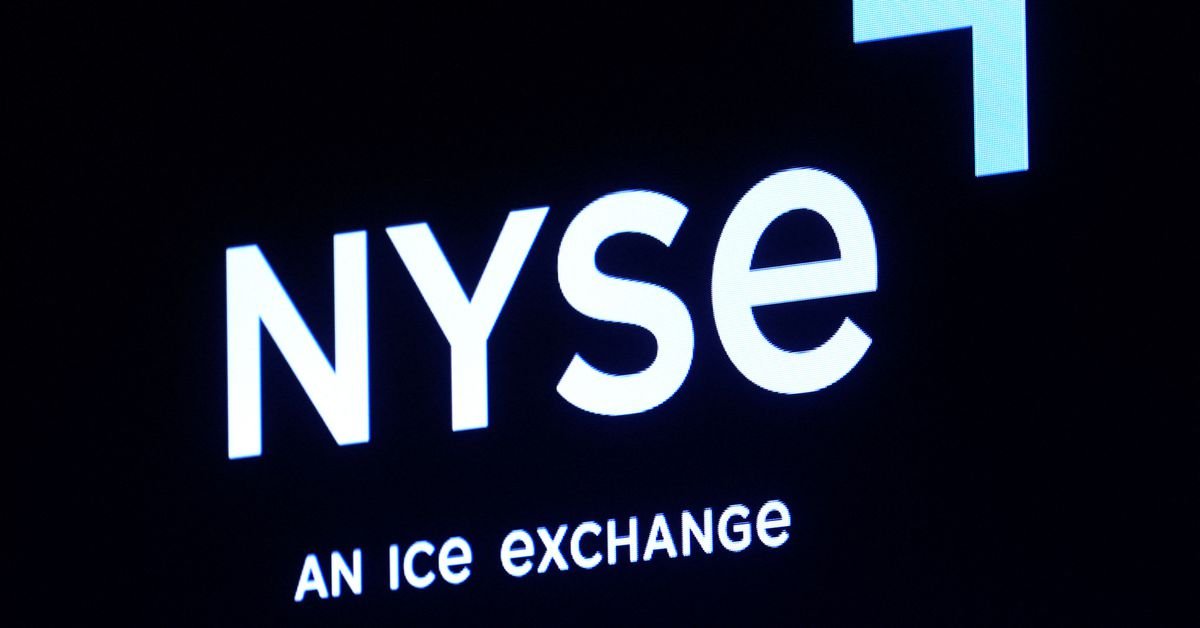




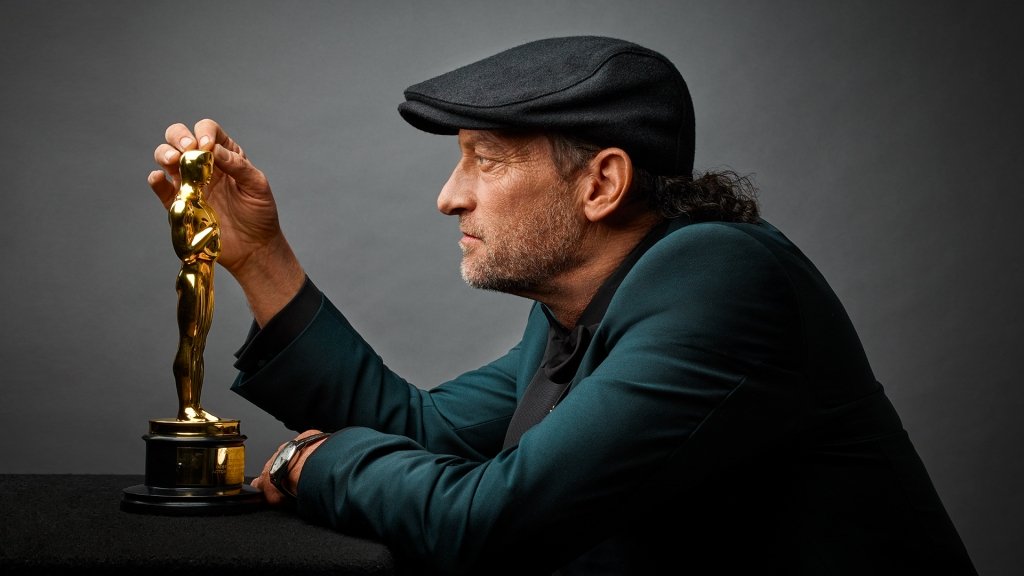










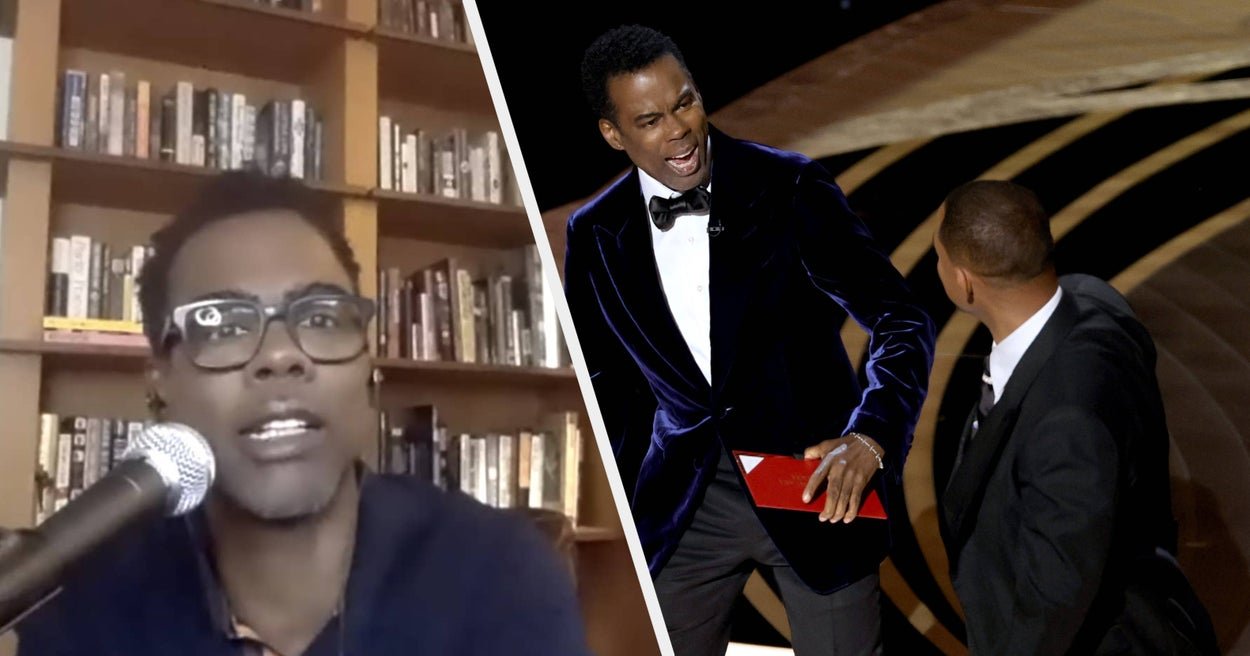

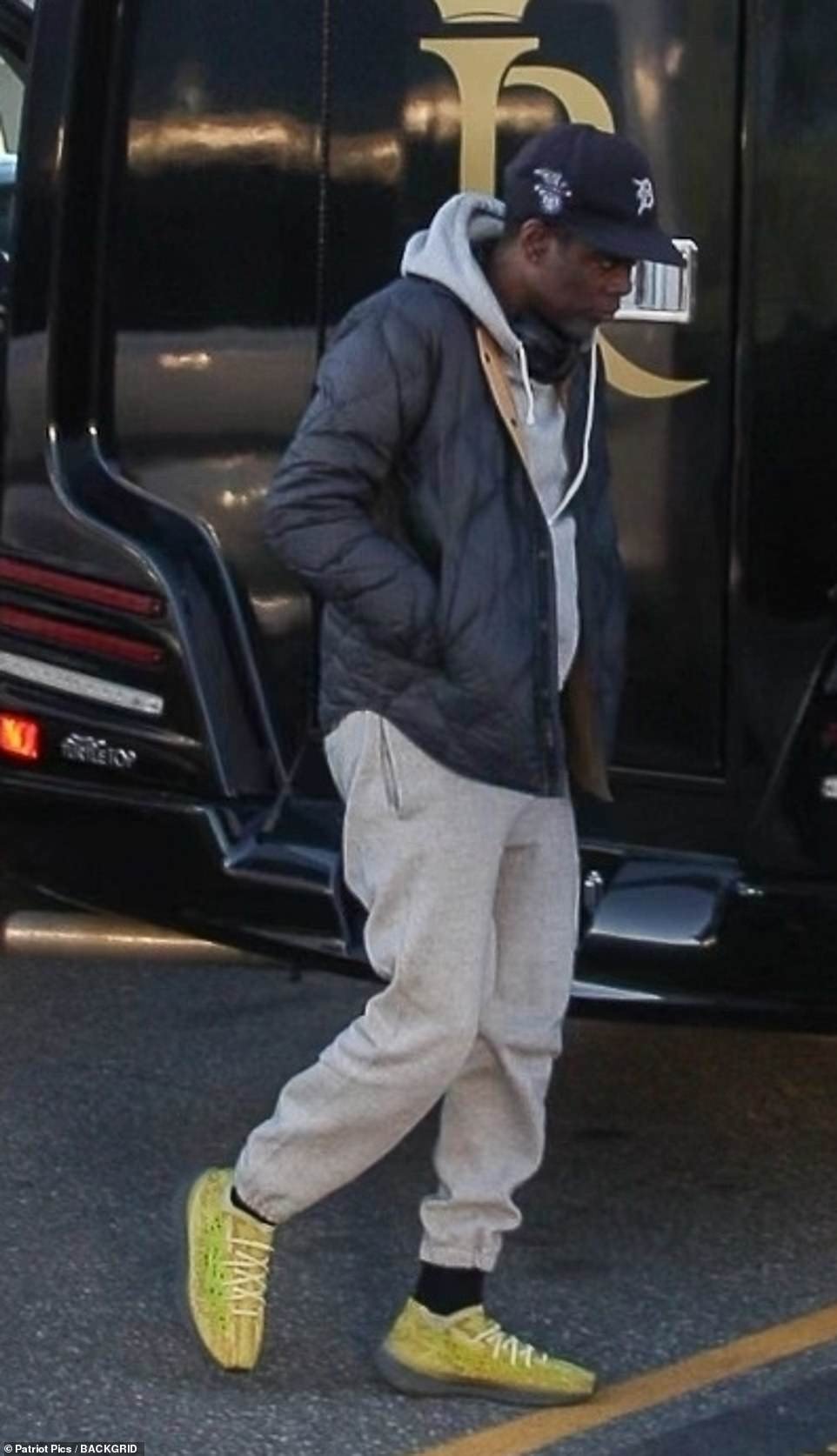






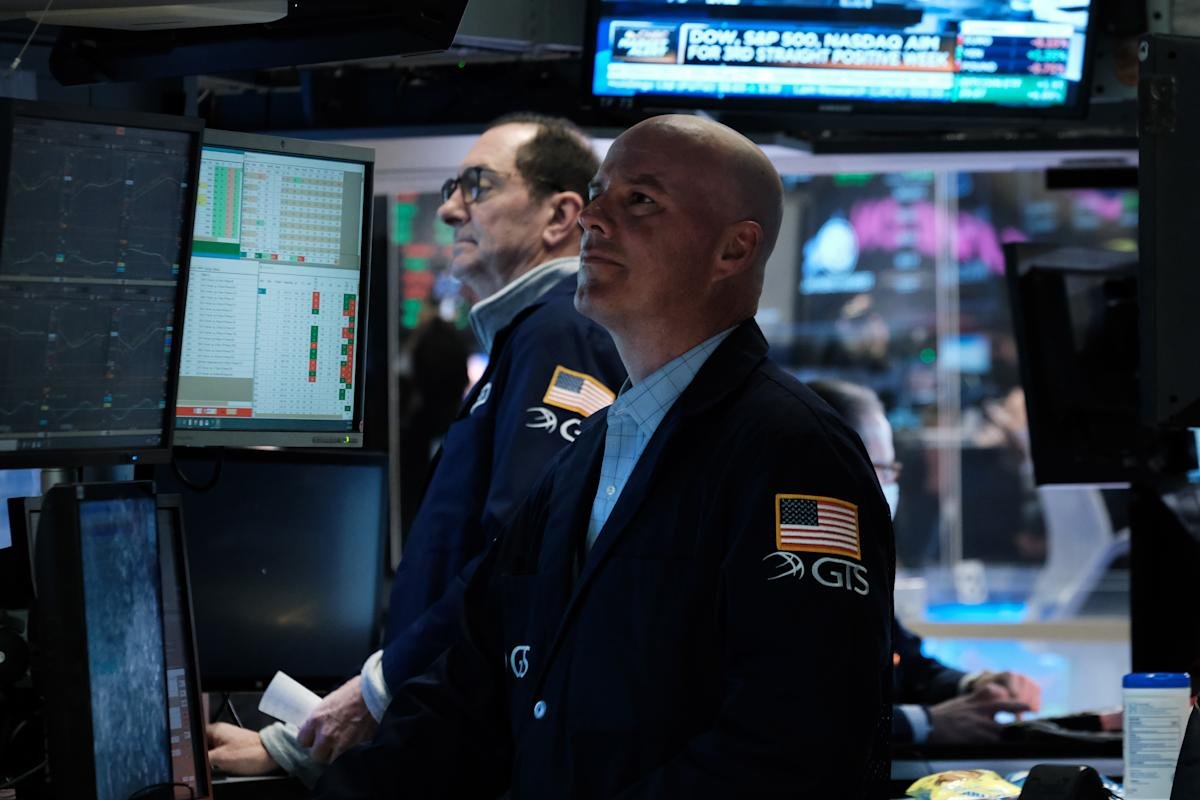







































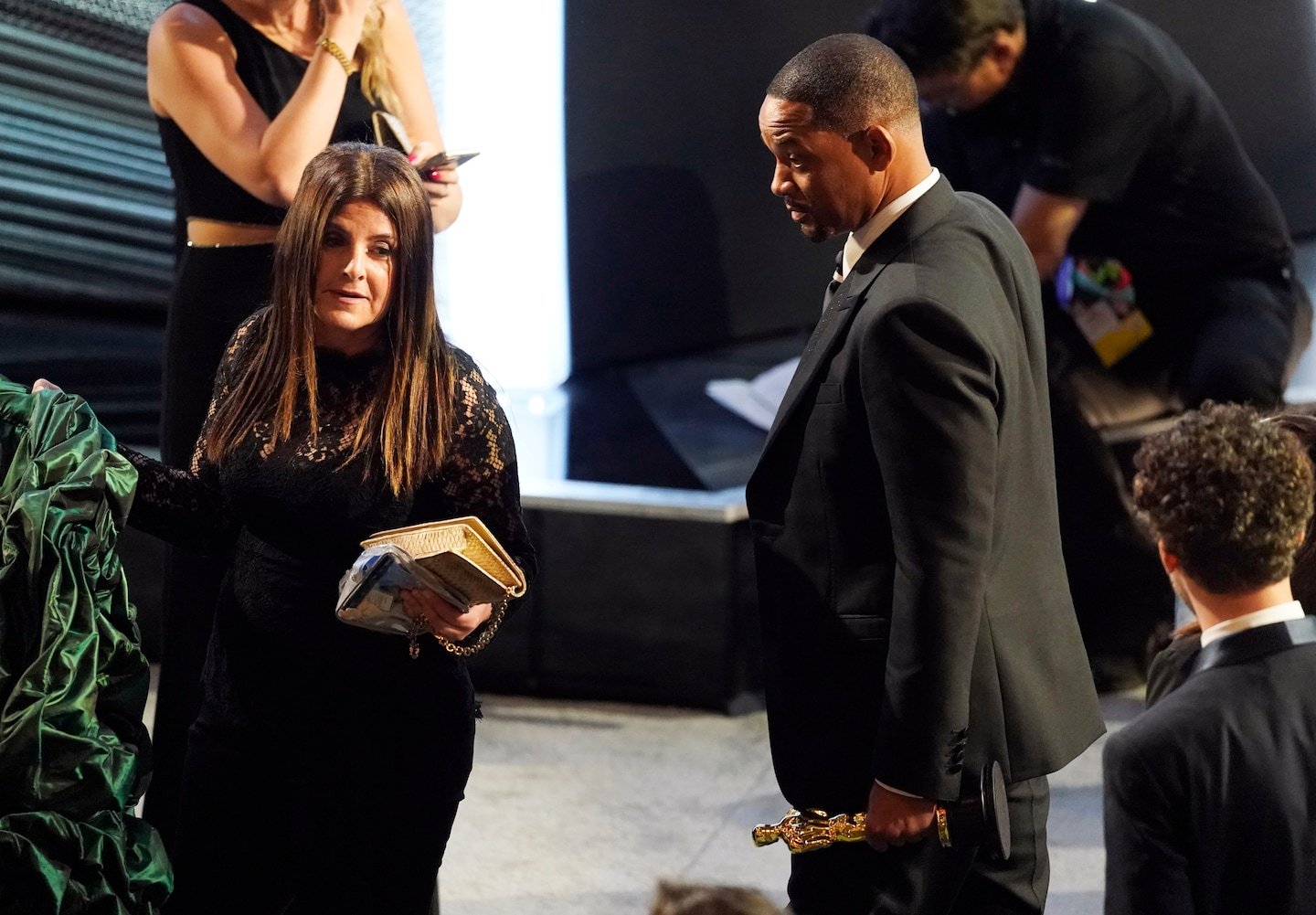

































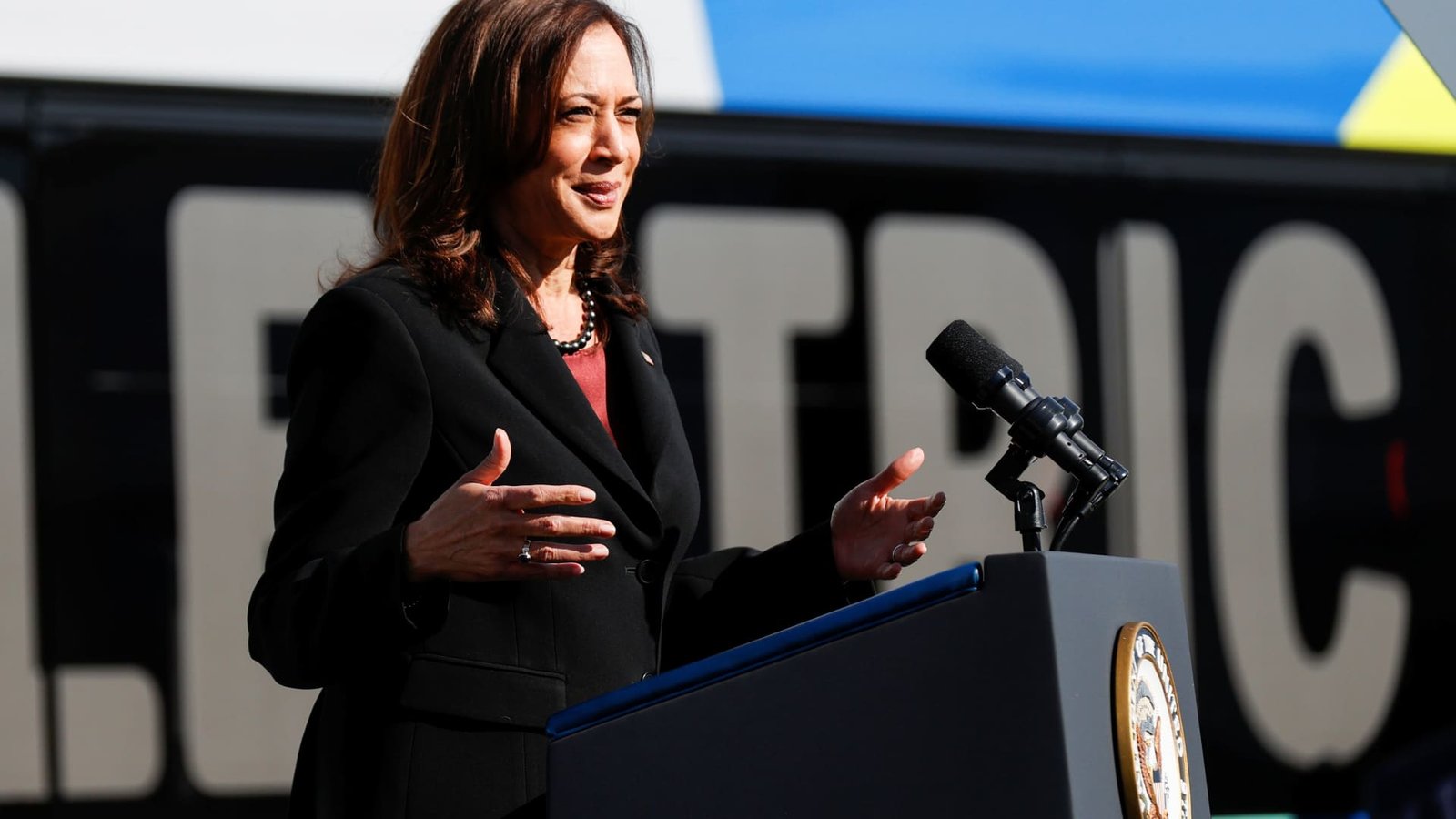


















































































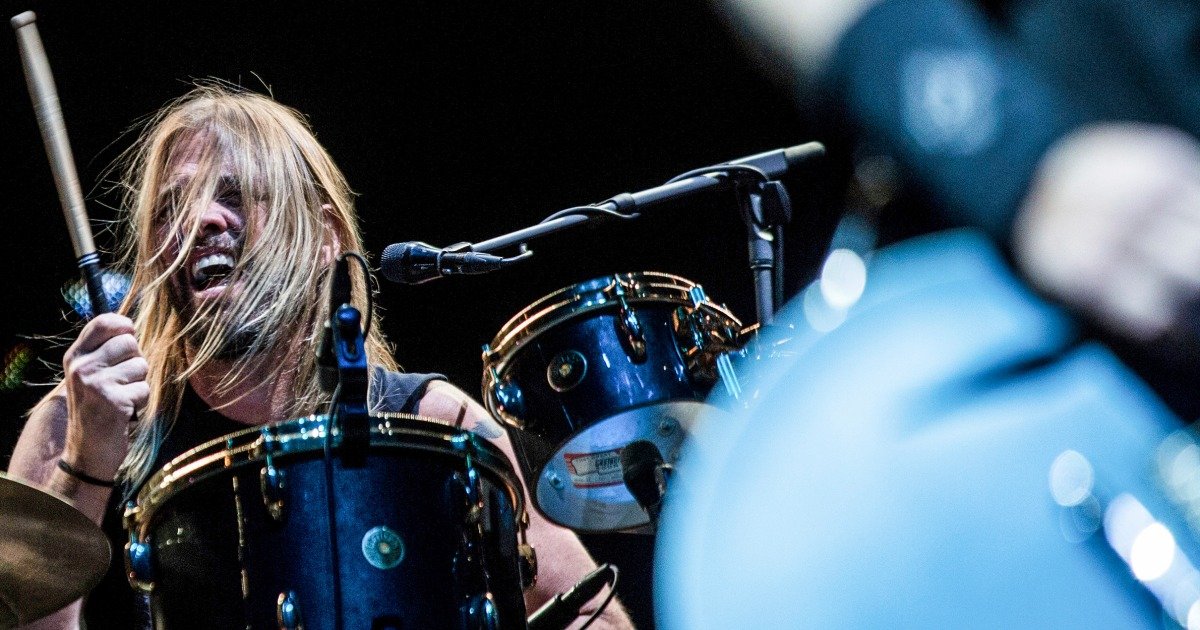















































































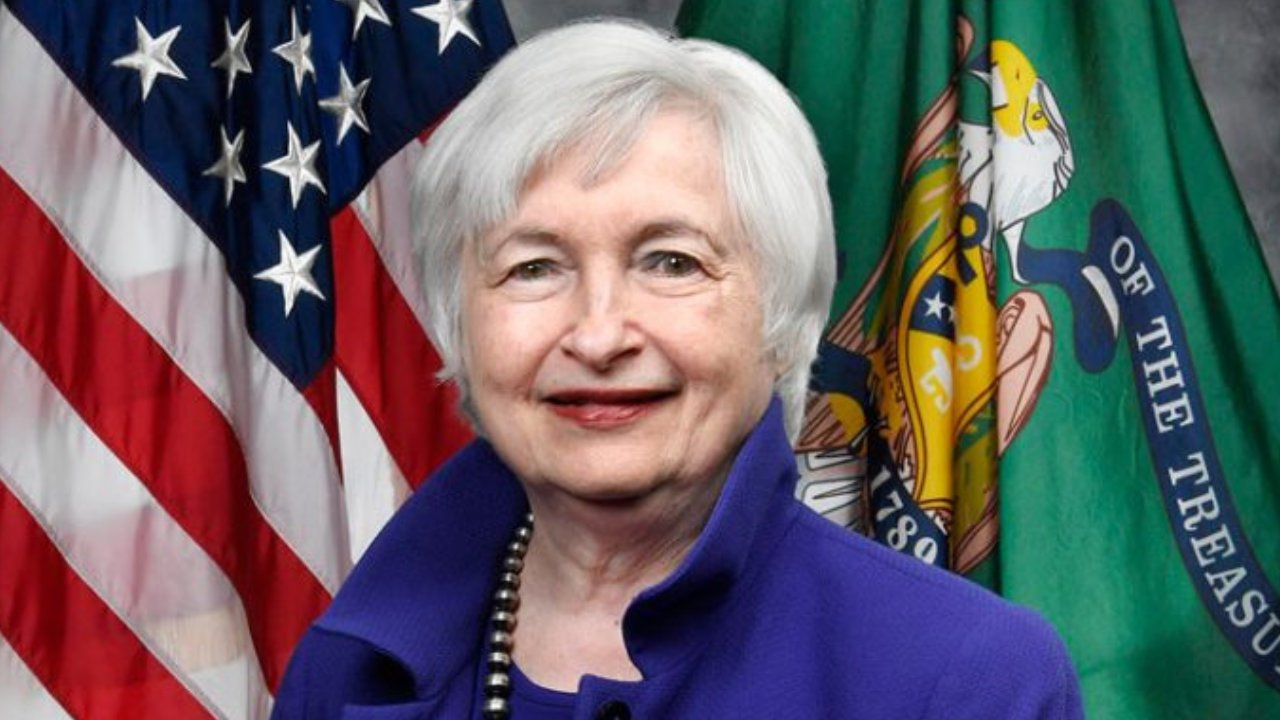




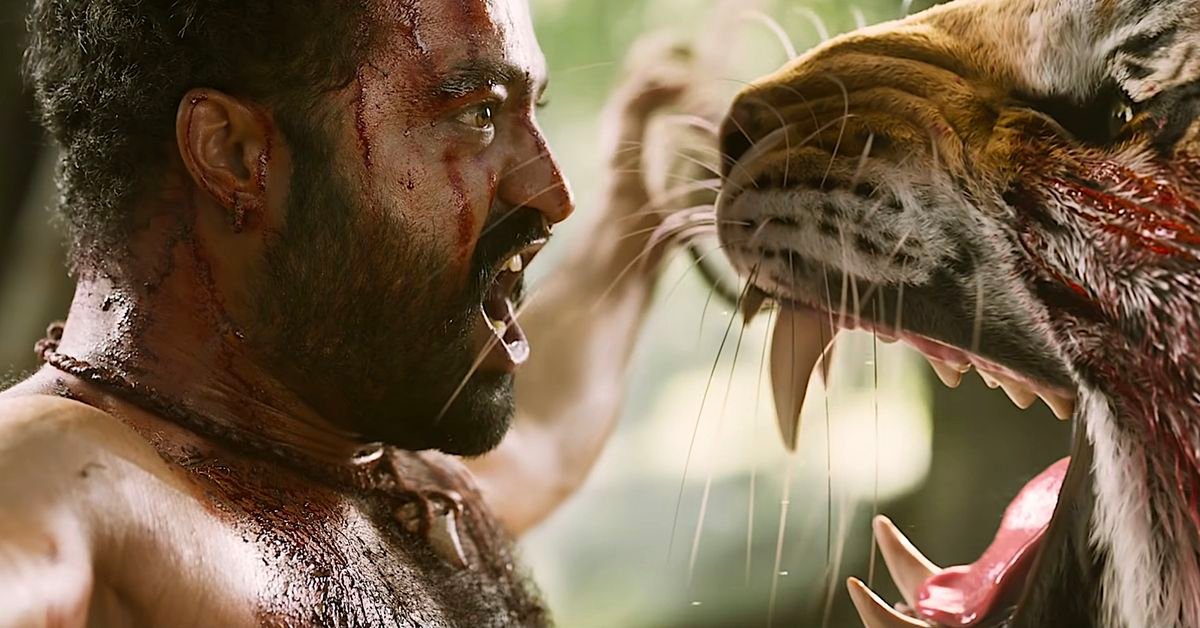




































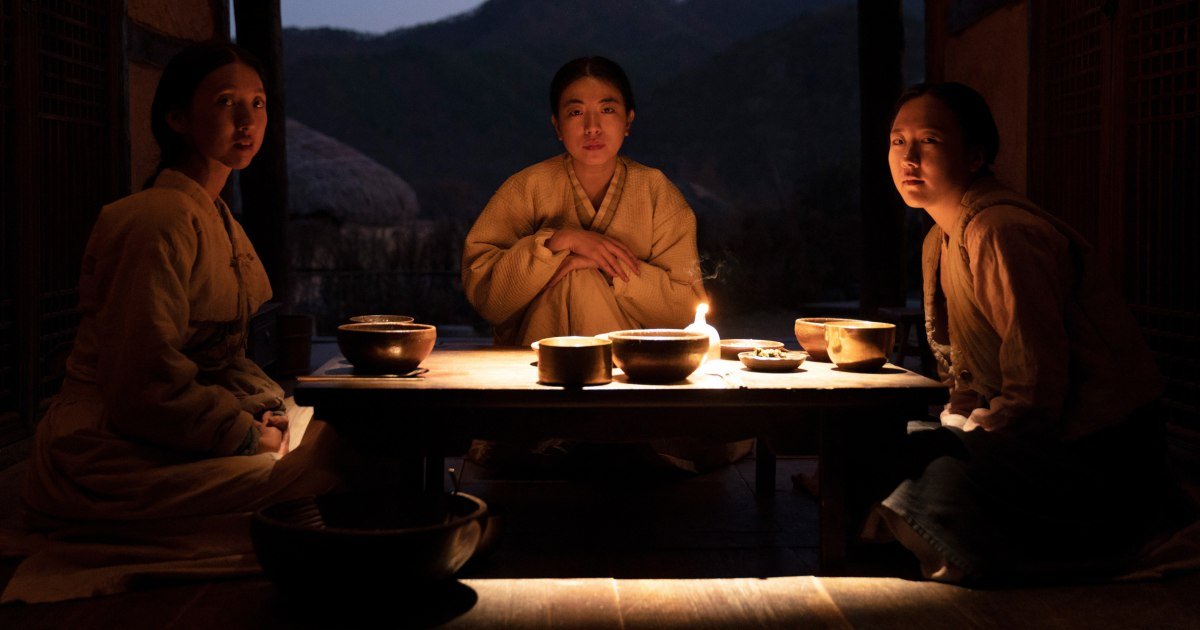











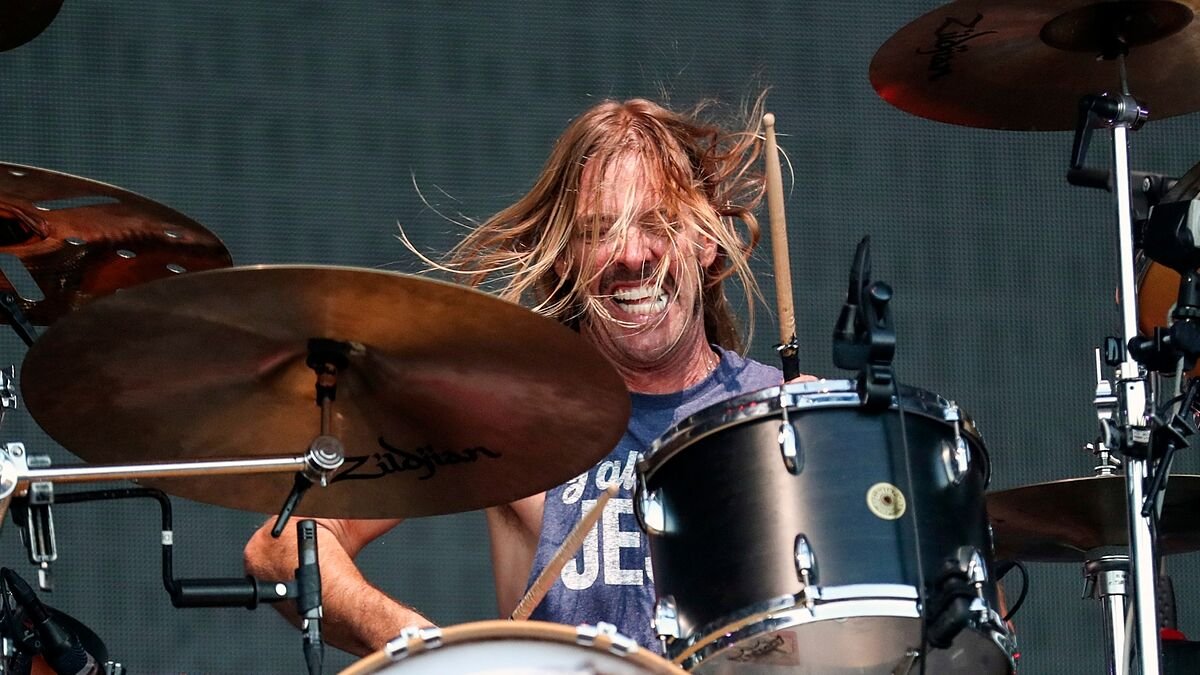











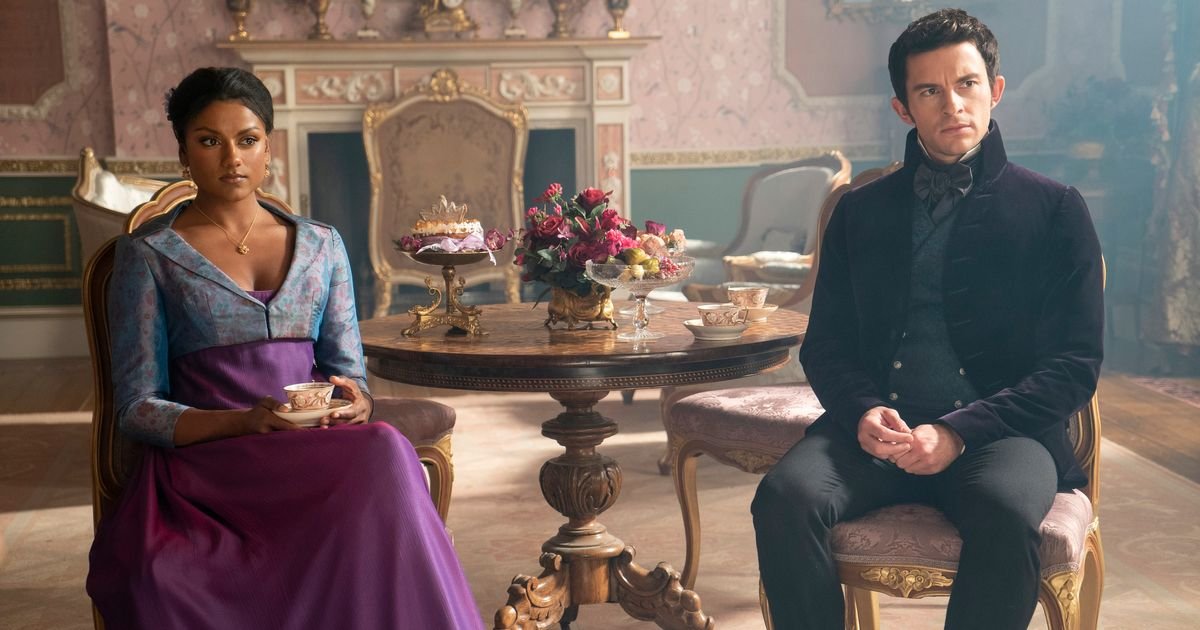




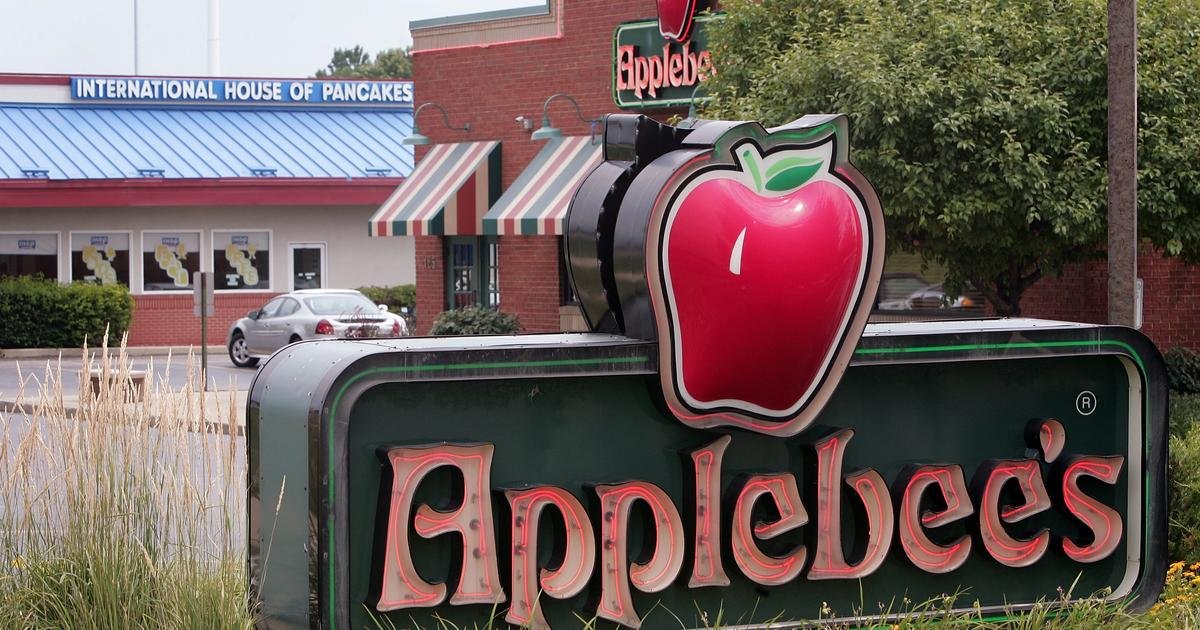













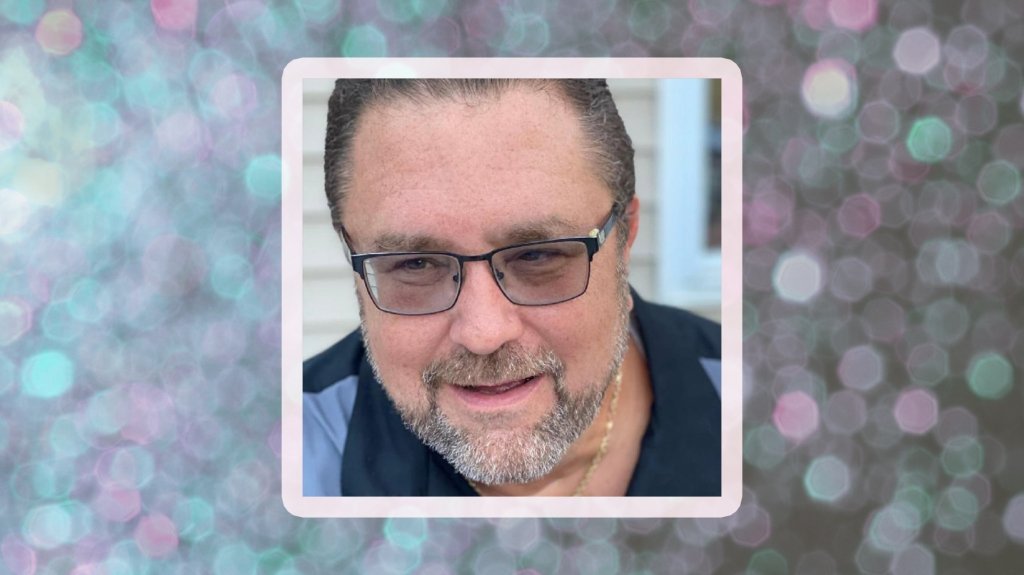






























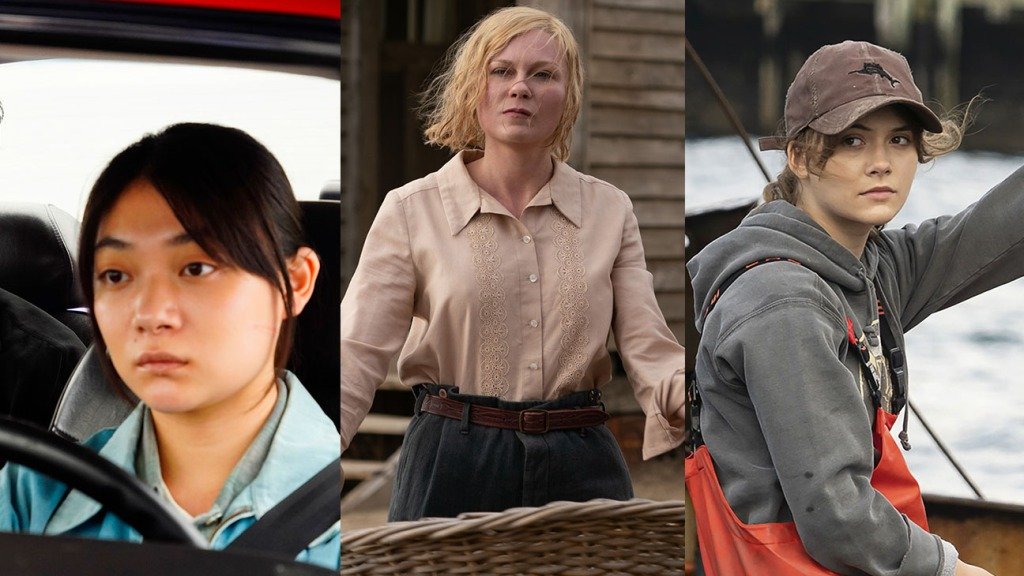














































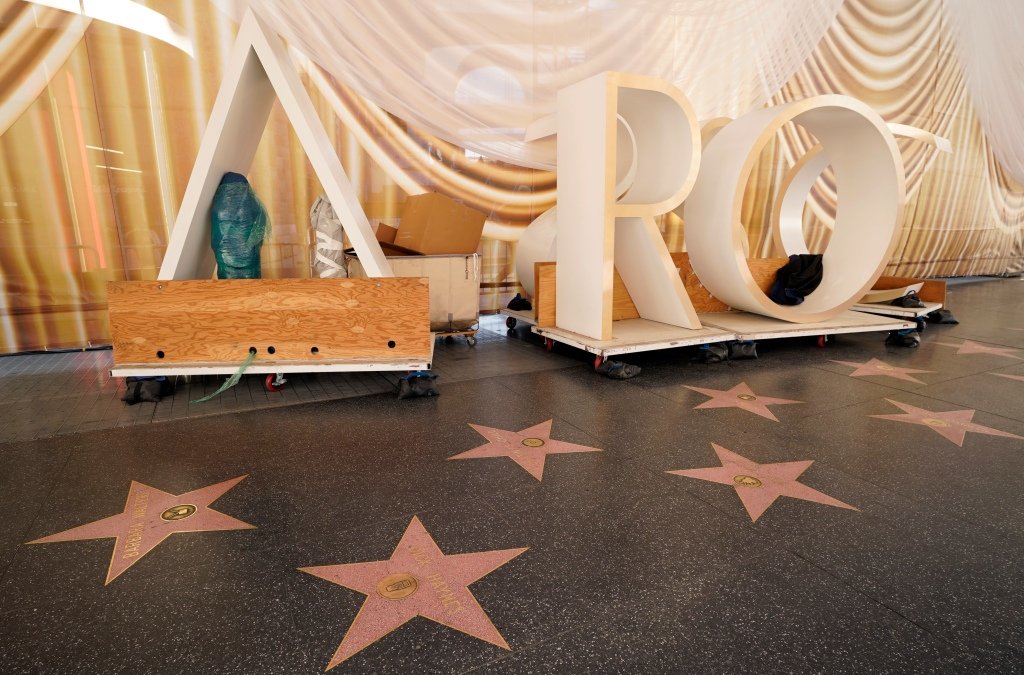


















































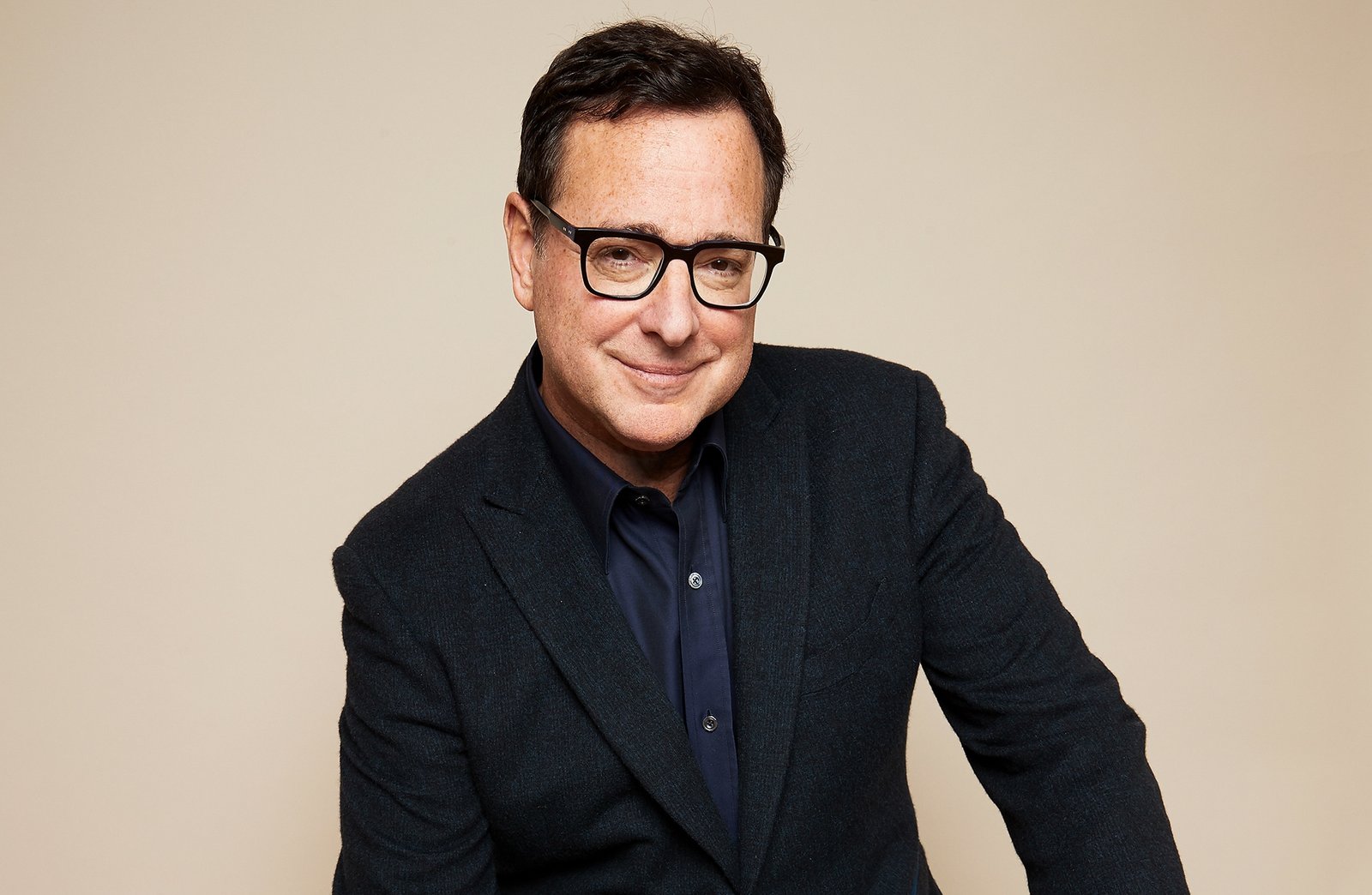























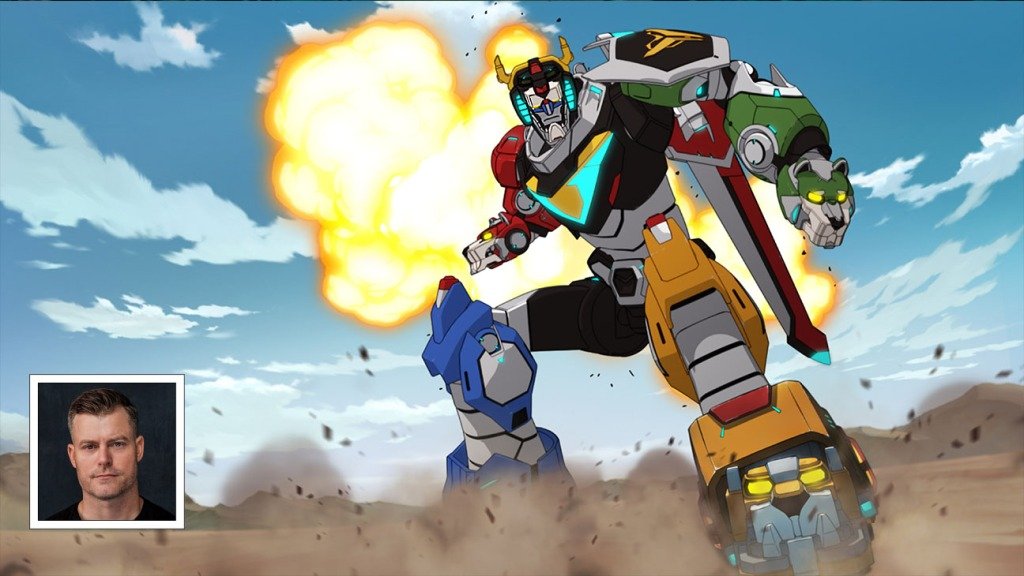








































































![‘I mean, I kinda agree [with] them’](https://nokiamelodileri.com/wp-content/uploads/2022/03/I-mean-I-kinda-agree-with-them.jpeg)

























![TikToker Admits He Lied About Jumping That Tesla to Go Viral [UPDATED]](https://nokiamelodileri.com/wp-content/uploads/2022/03/TikToker-Admits-He-Lied-About-Jumping-That-Tesla-to-Go.jpg)
























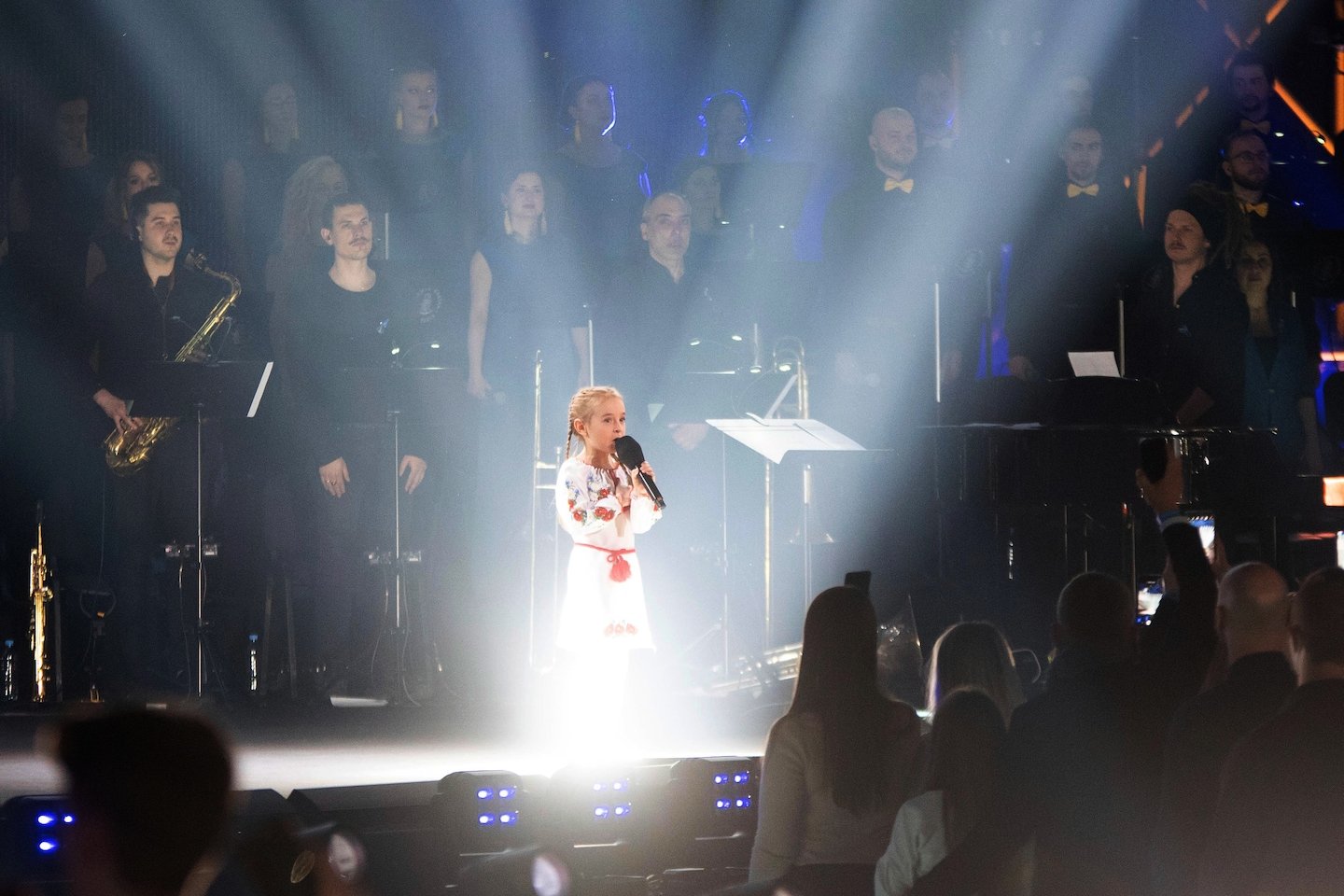



































































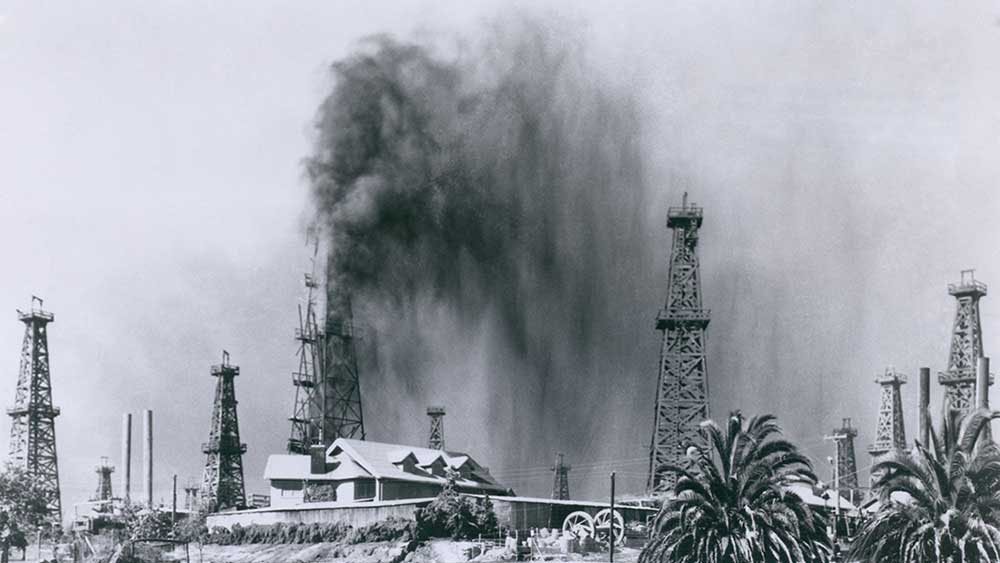






























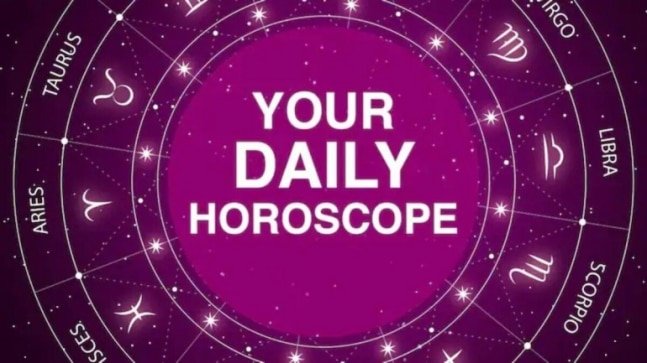





































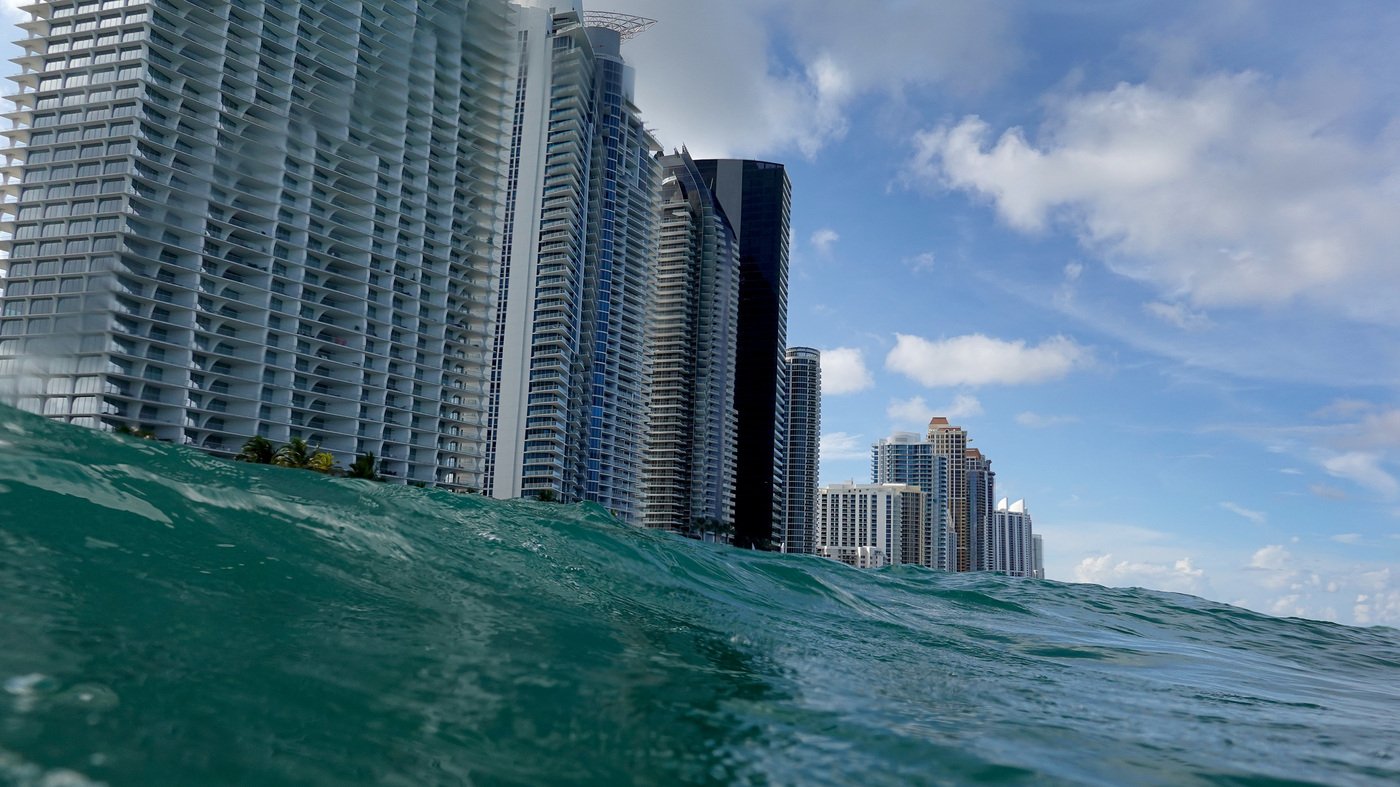







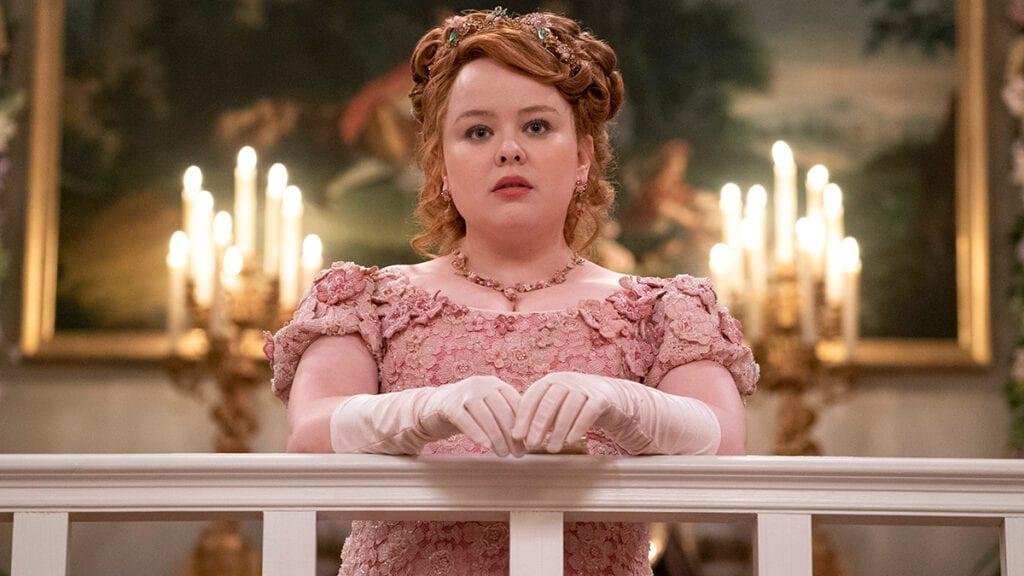



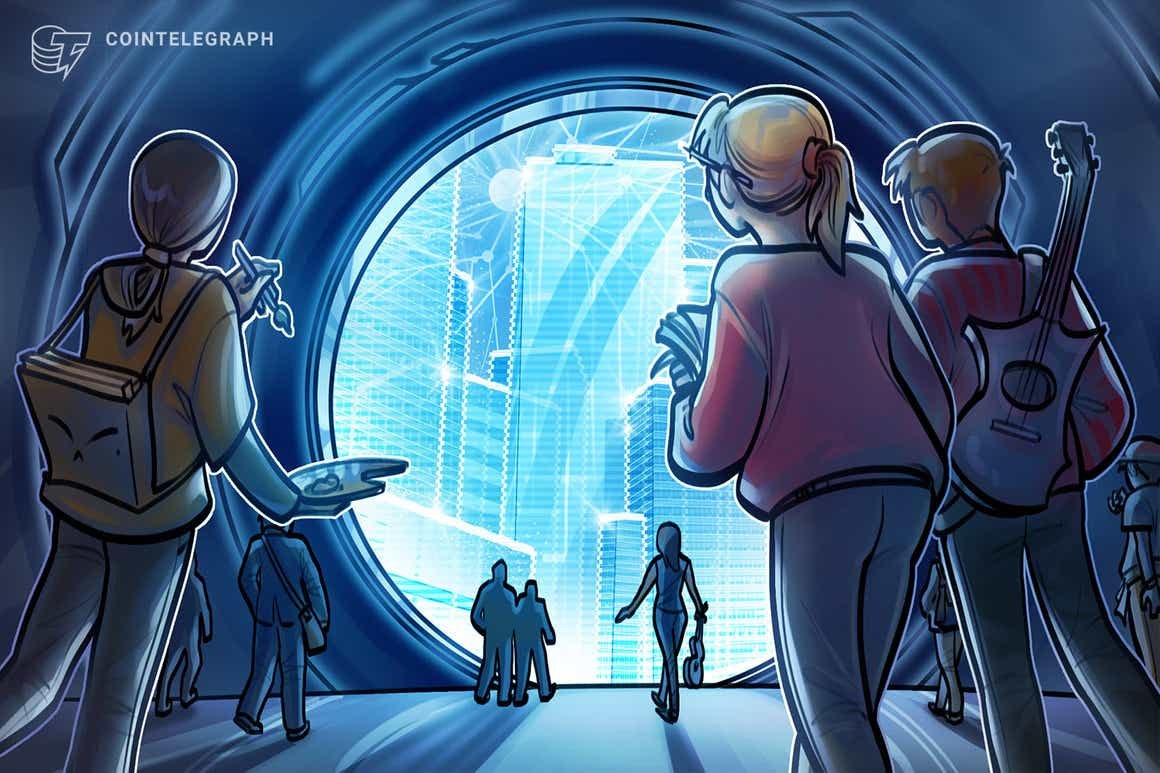




























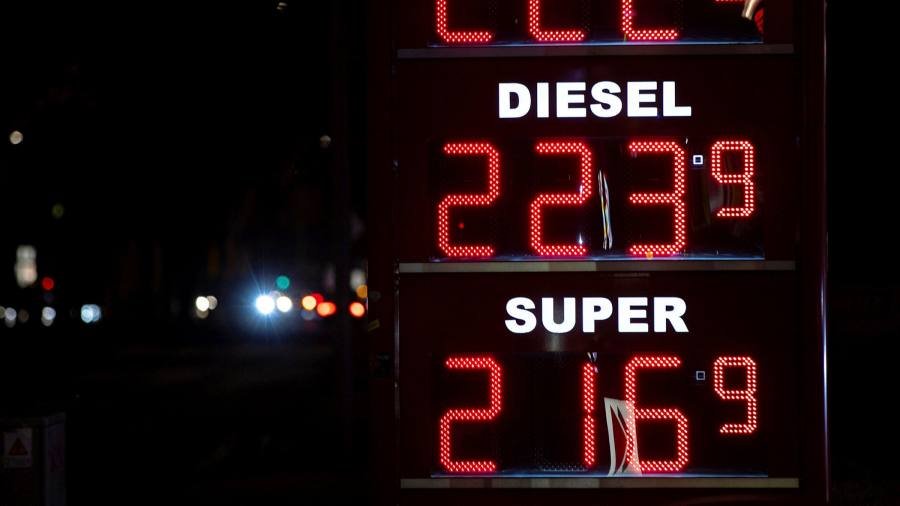

































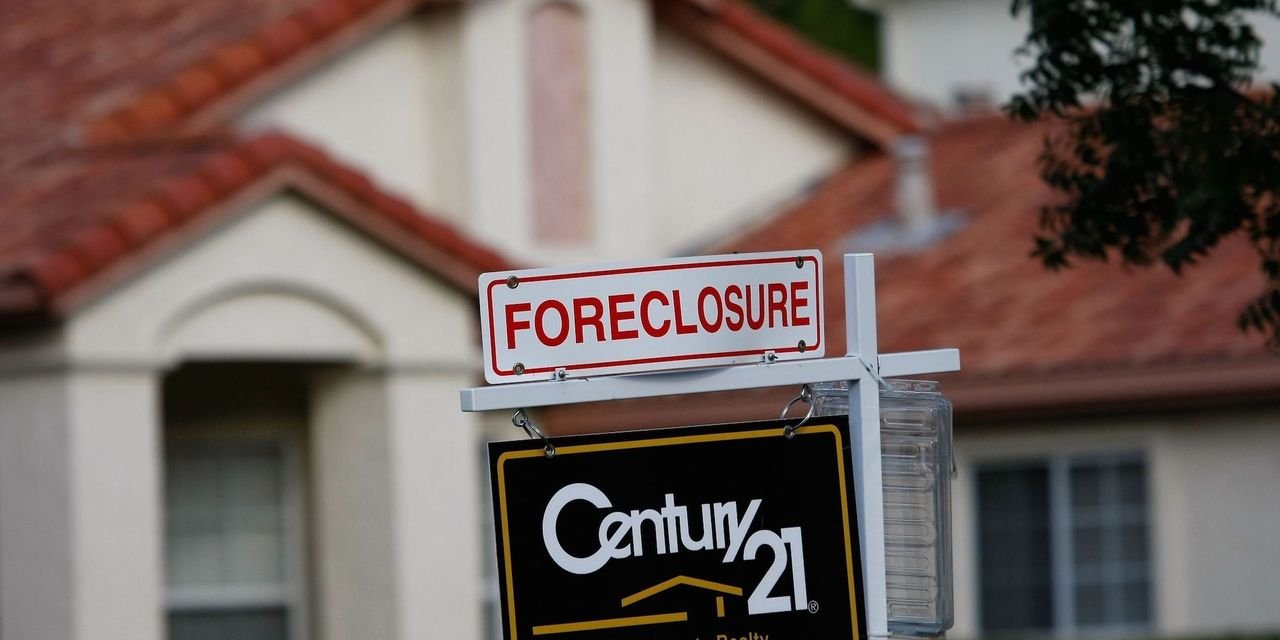






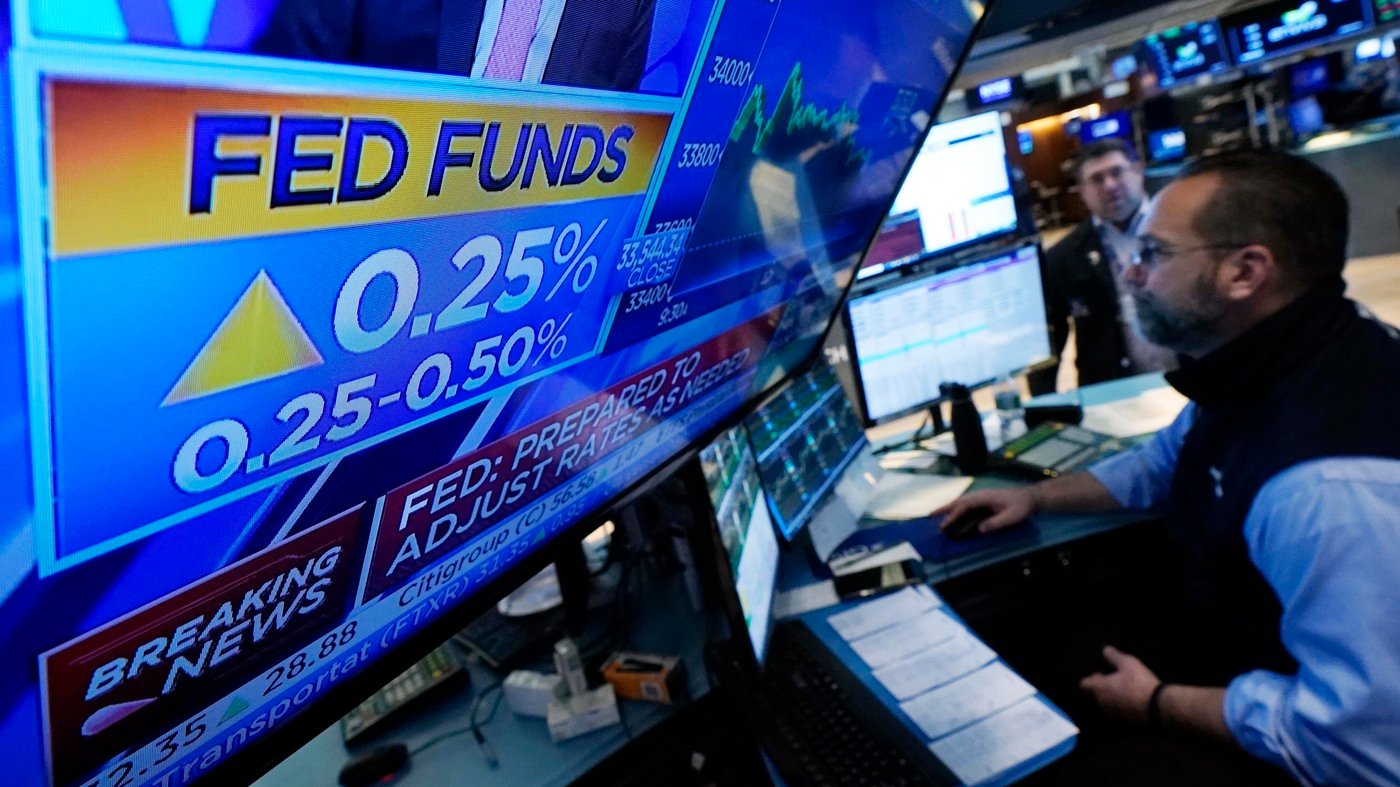













































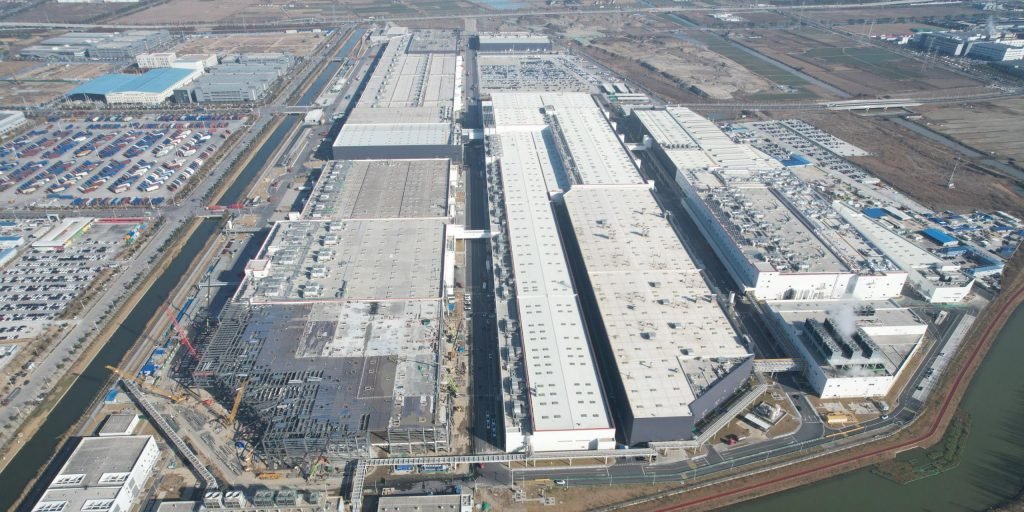




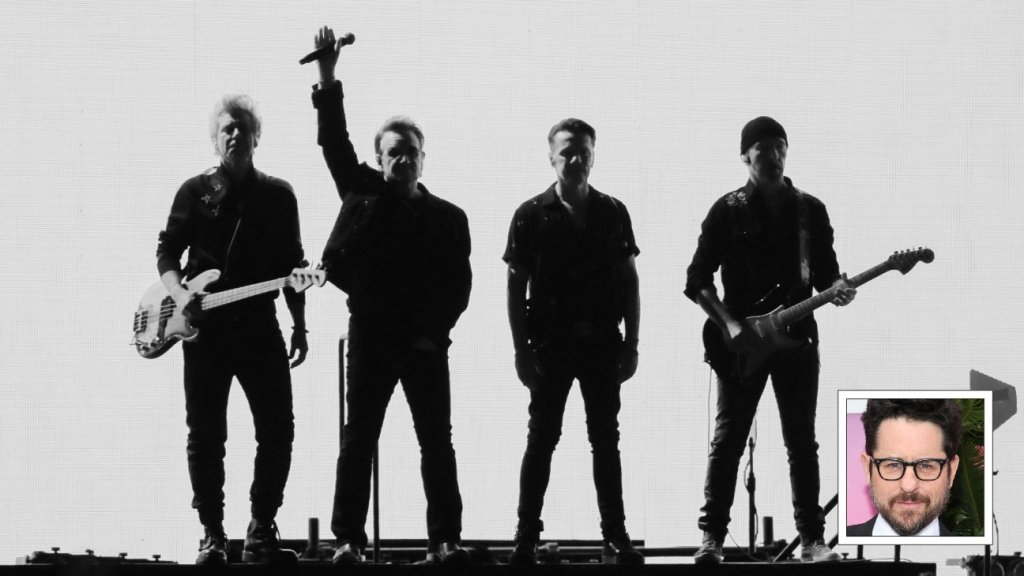
















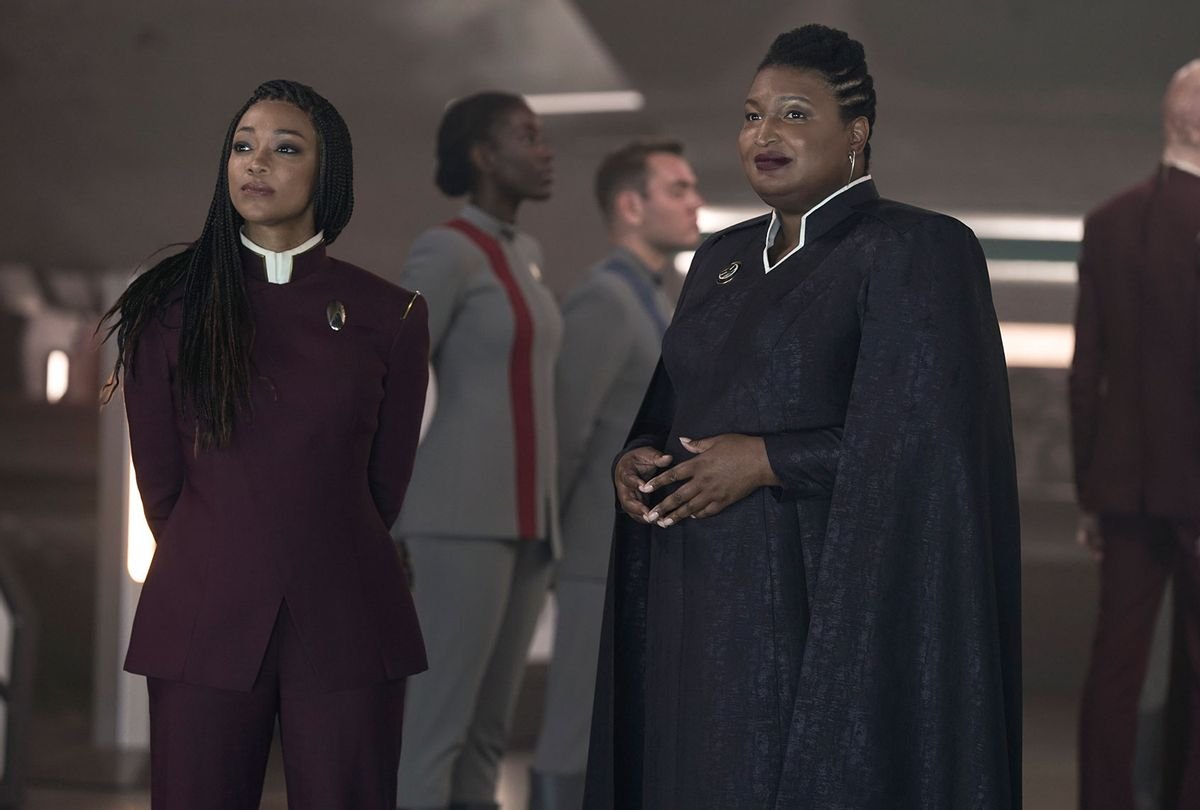












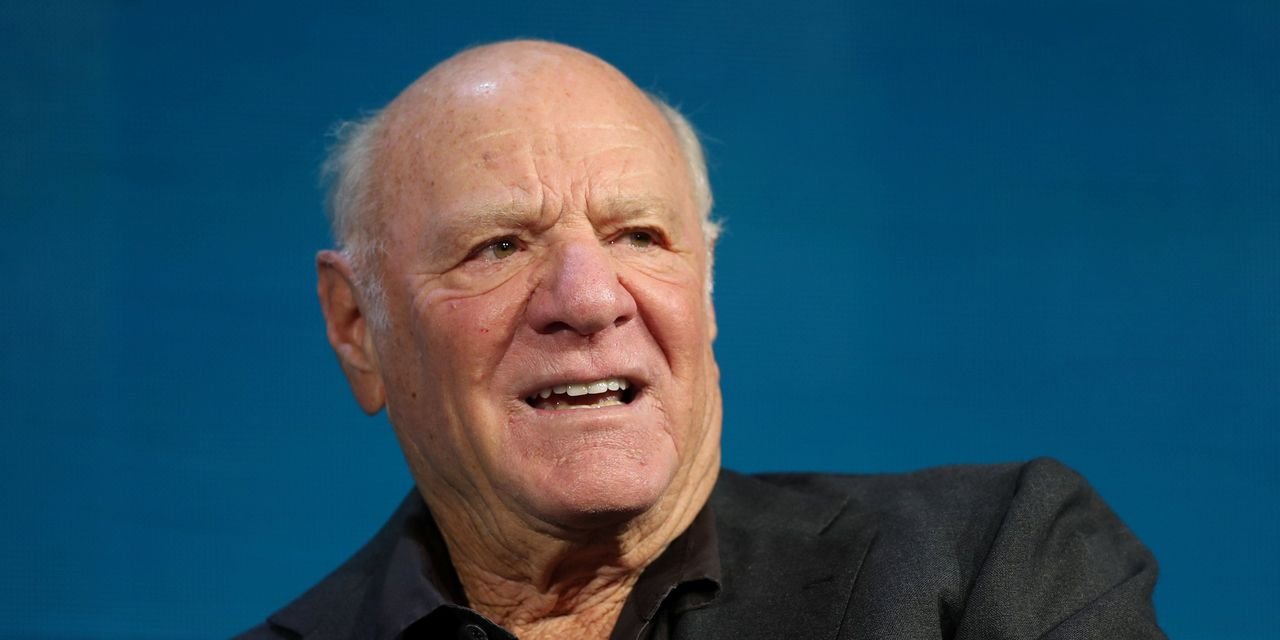








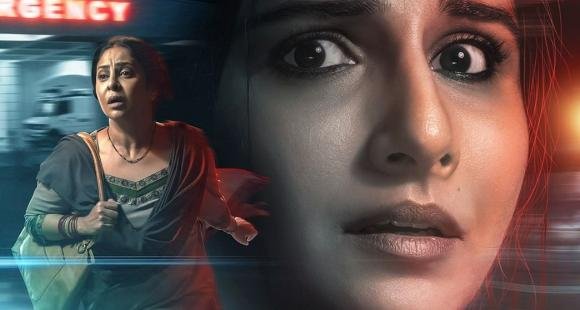




























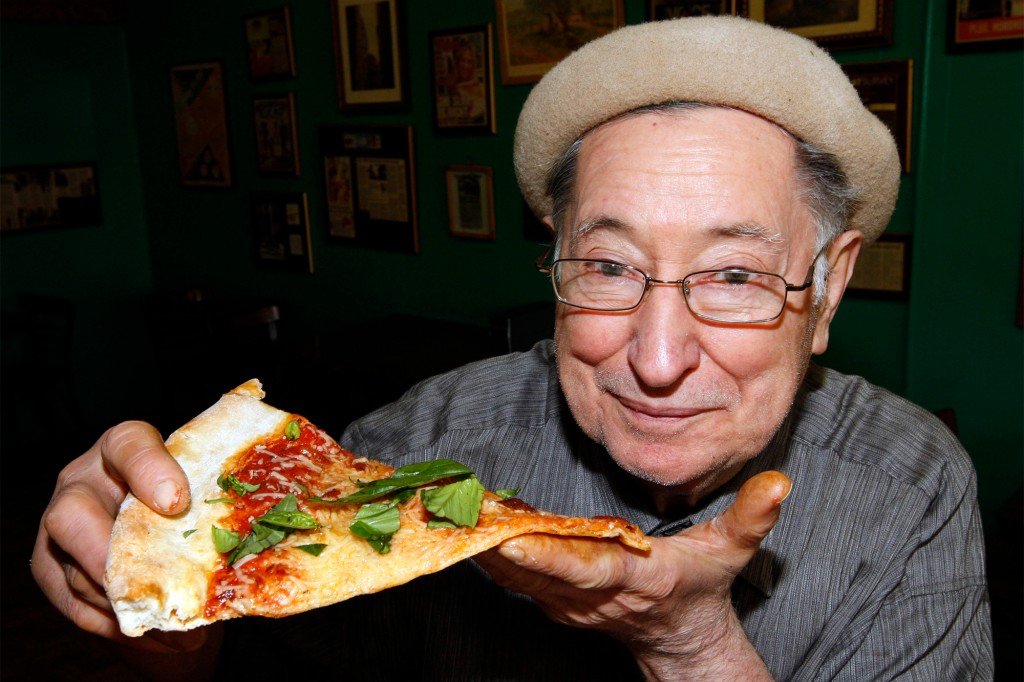


















































![‘Good Trouble’: [Spoiler] Leaving in Season 4](https://nokiamelodileri.com/wp-content/uploads/2022/03/Good-Trouble-Spoiler-Leaving-in-Season-4.jpg)
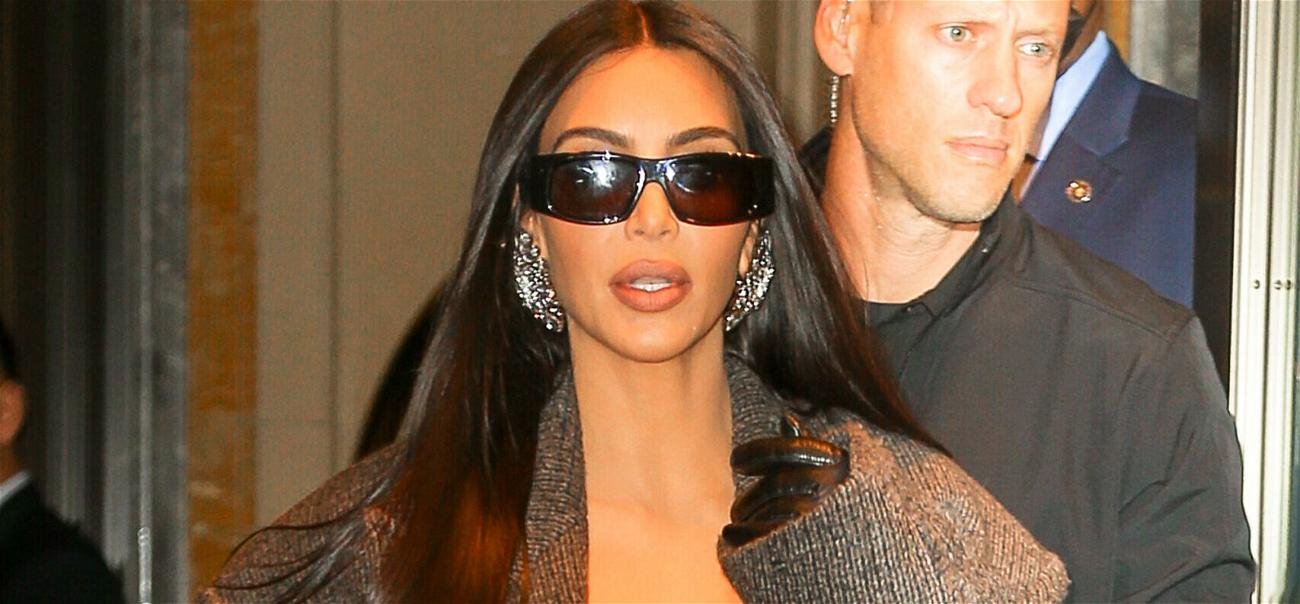








































































![‘The Bachelor’ Recap: Season Finale—Clayton Picks [Spoiler]](https://nokiamelodileri.com/wp-content/uploads/2022/03/The-Bachelor-Recap-Season-Finale—Clayton-Picks-Spoiler.png)


































































































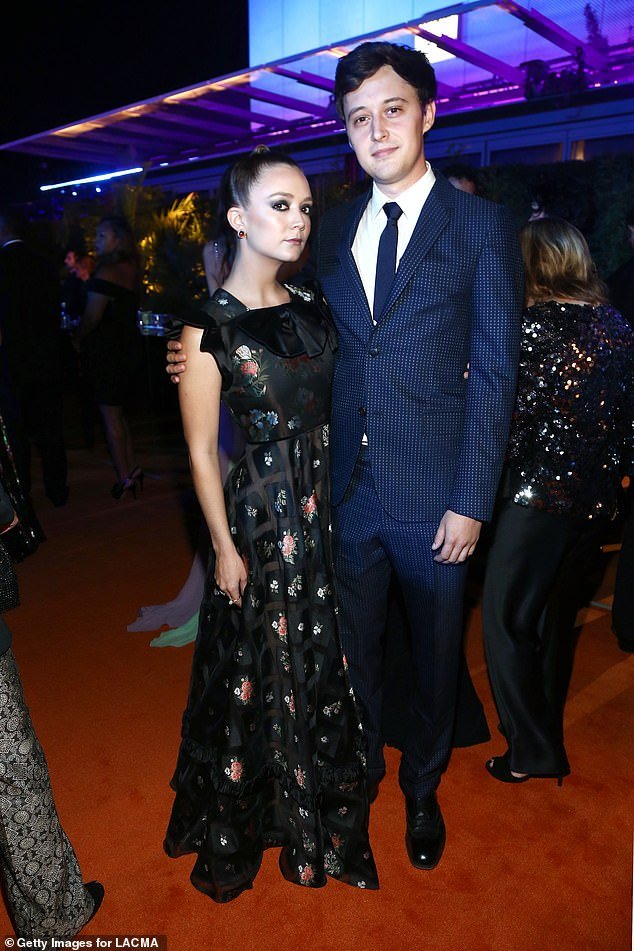






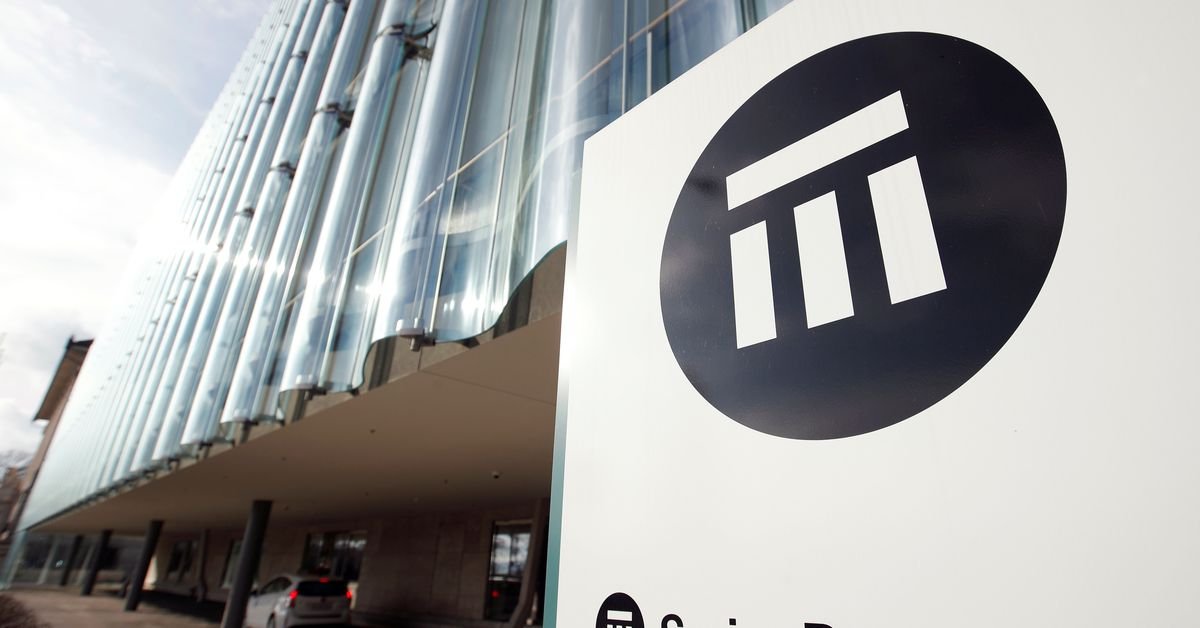











































































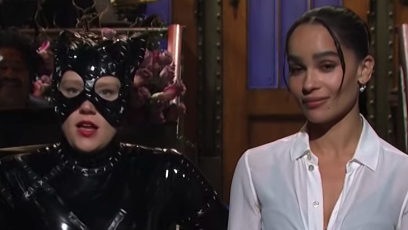































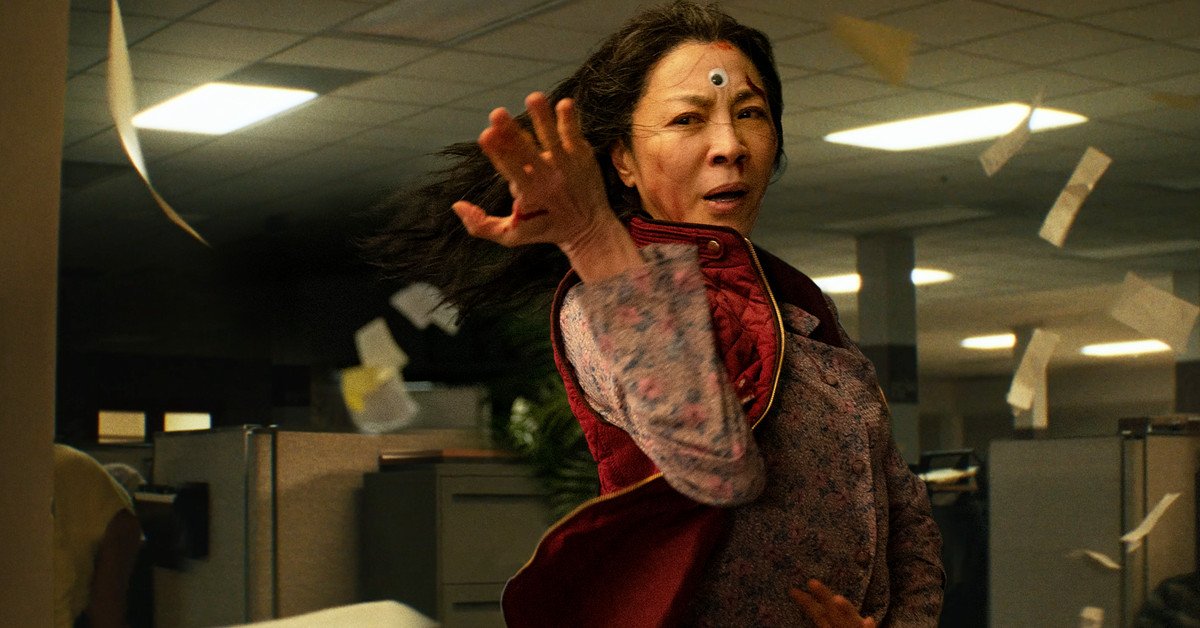




















![‘Upload’ Recap: Season 2 Premiere, Episode 1 — Ingrid Is [Spoiler]](https://nokiamelodileri.com/wp-content/uploads/2022/03/Upload-Recap-Season-2-Premiere-Episode-1-—-Ingrid-Is.jpg)







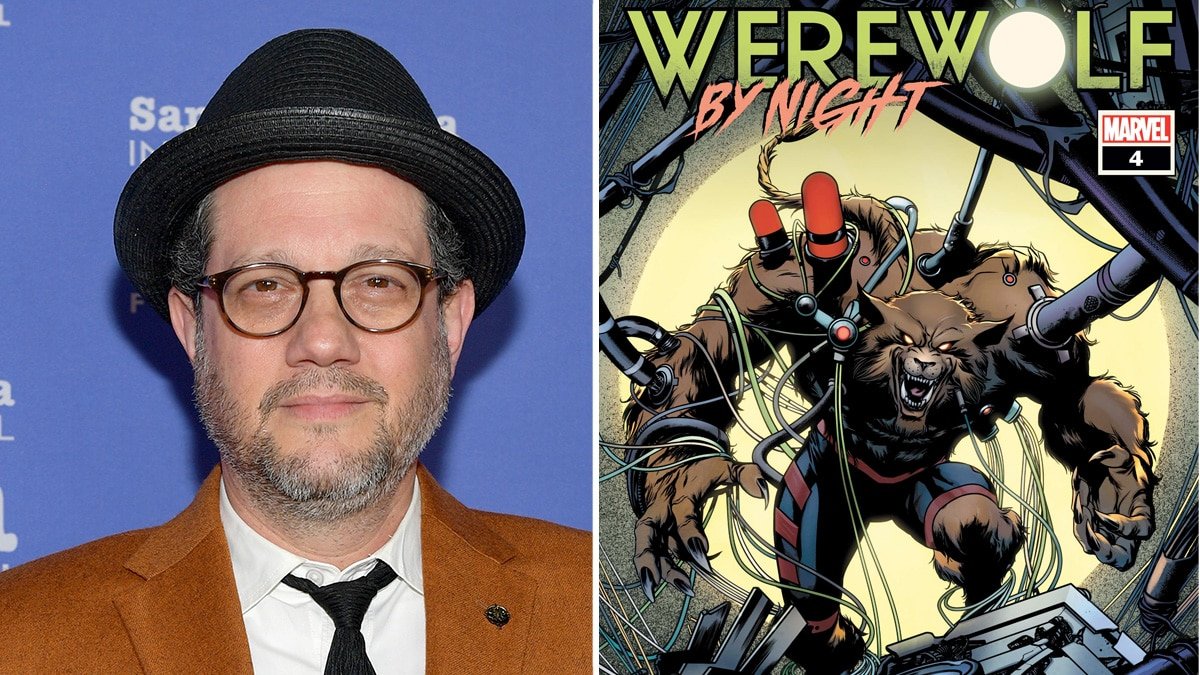



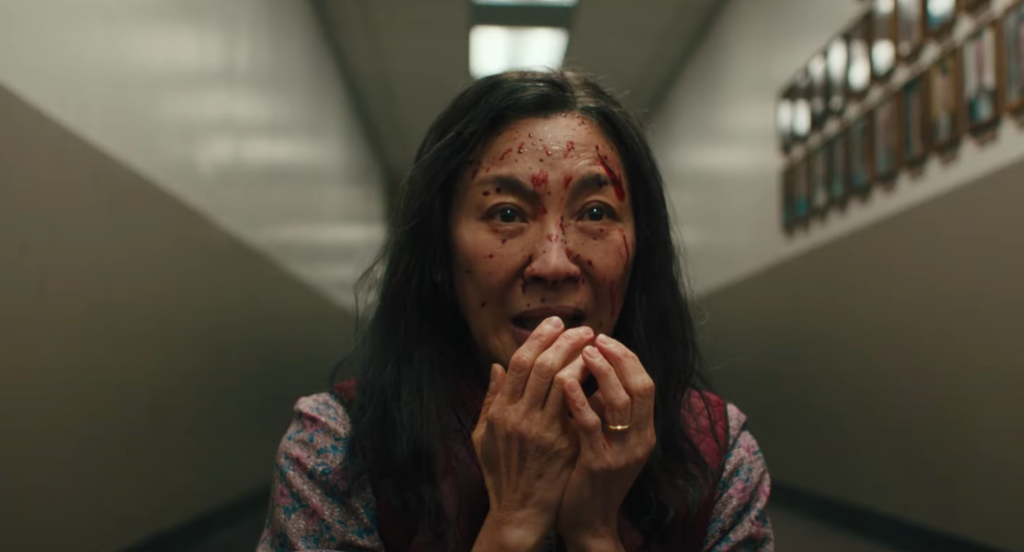






















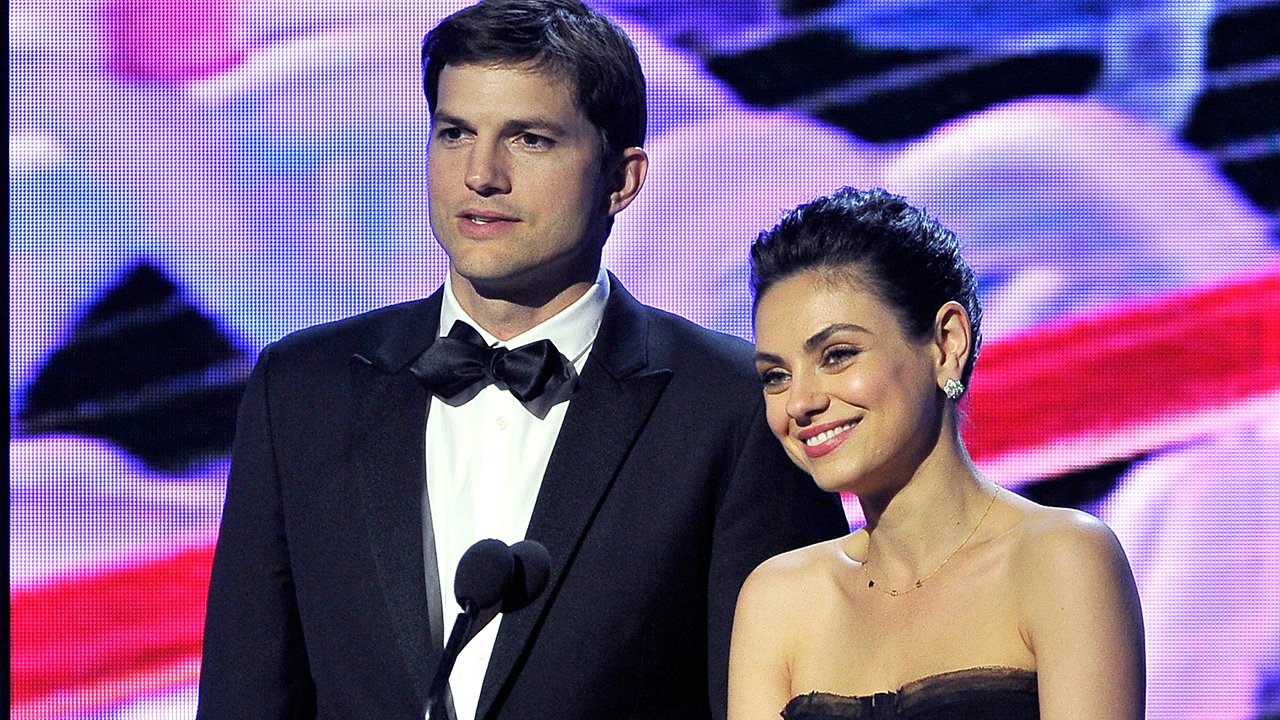












































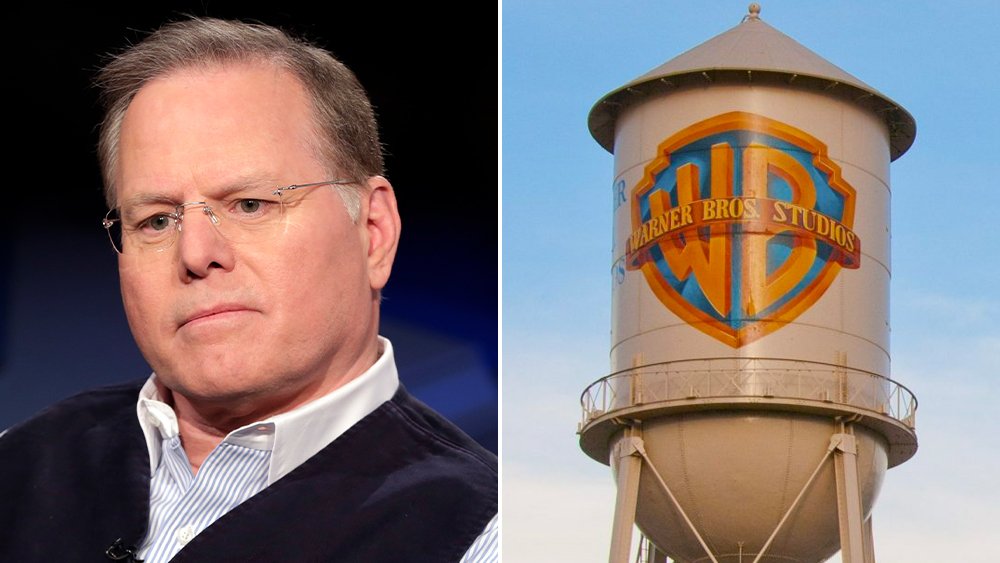
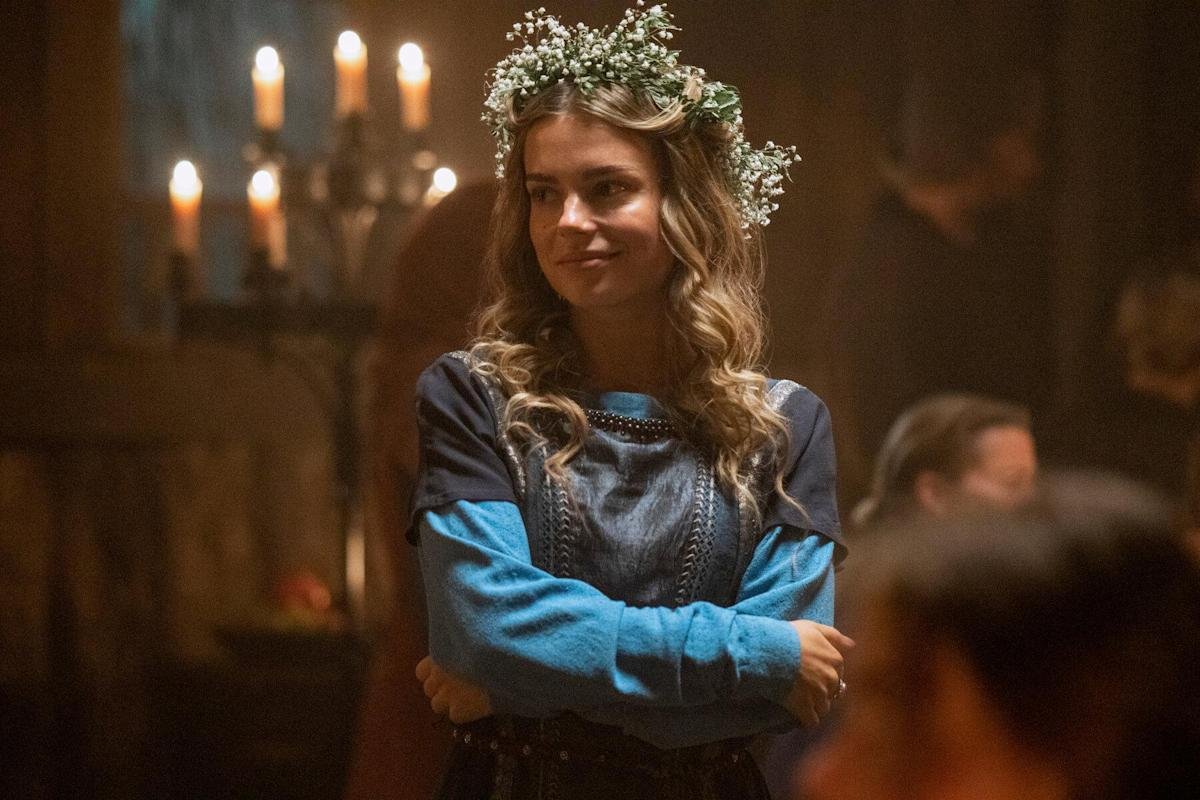


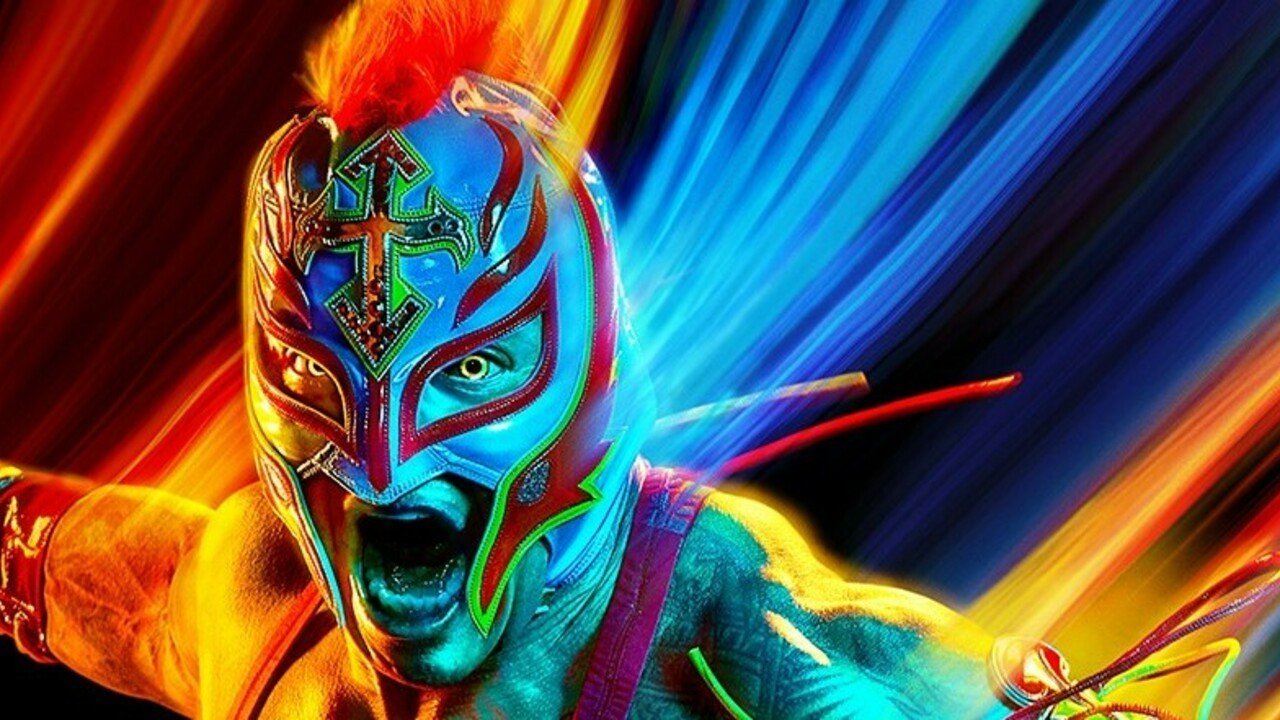































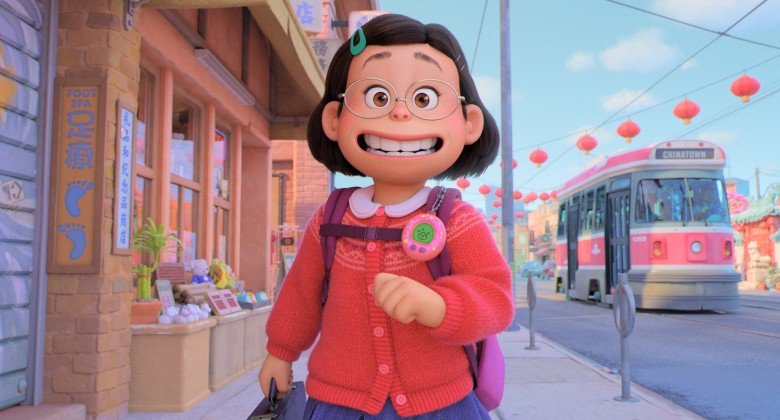



![[VIDEO] ‘The Masked Singer’ Premiere Recap: Season 7, Episode 1](https://nokiamelodileri.com/wp-content/uploads/2022/03/VIDEO-The-Masked-Singer-Premiere-Recap-Season-7-Episode-1.jpg)






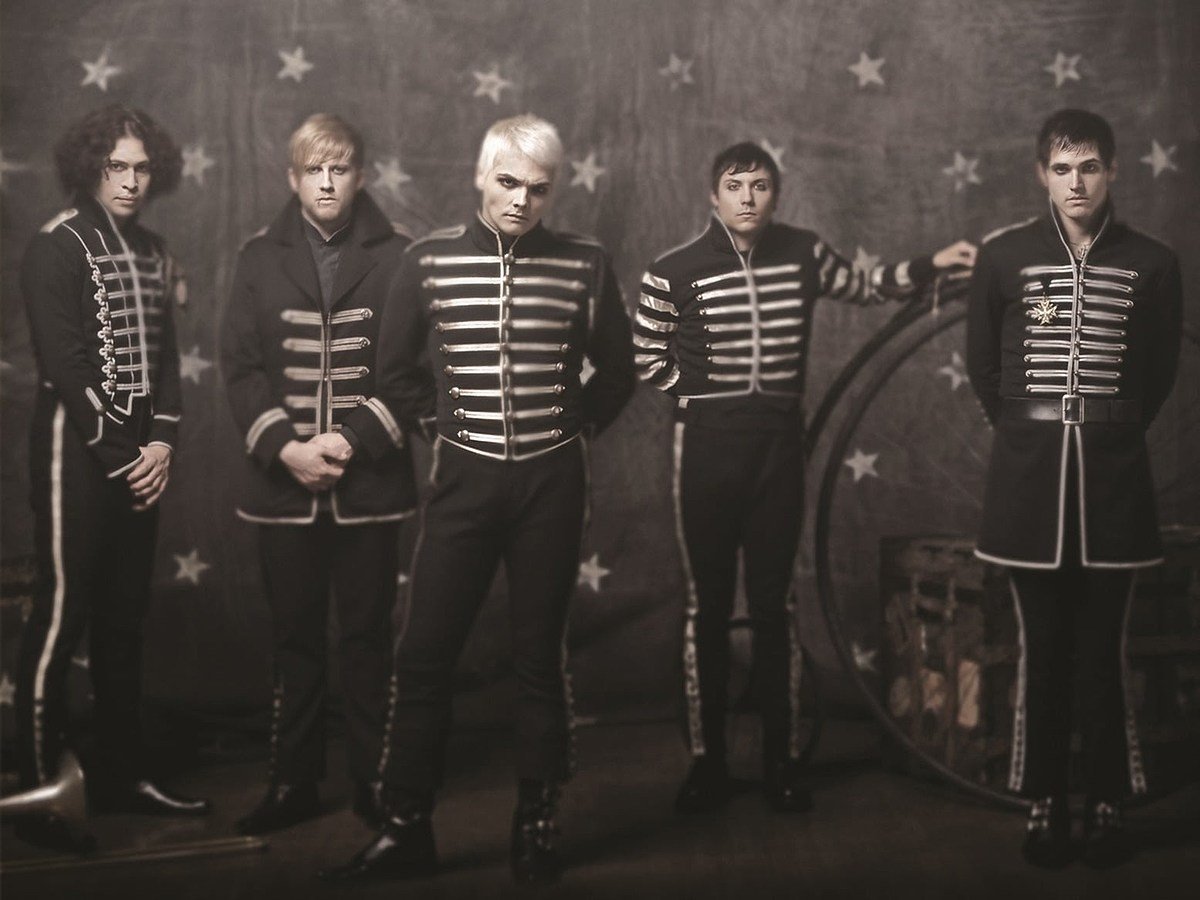


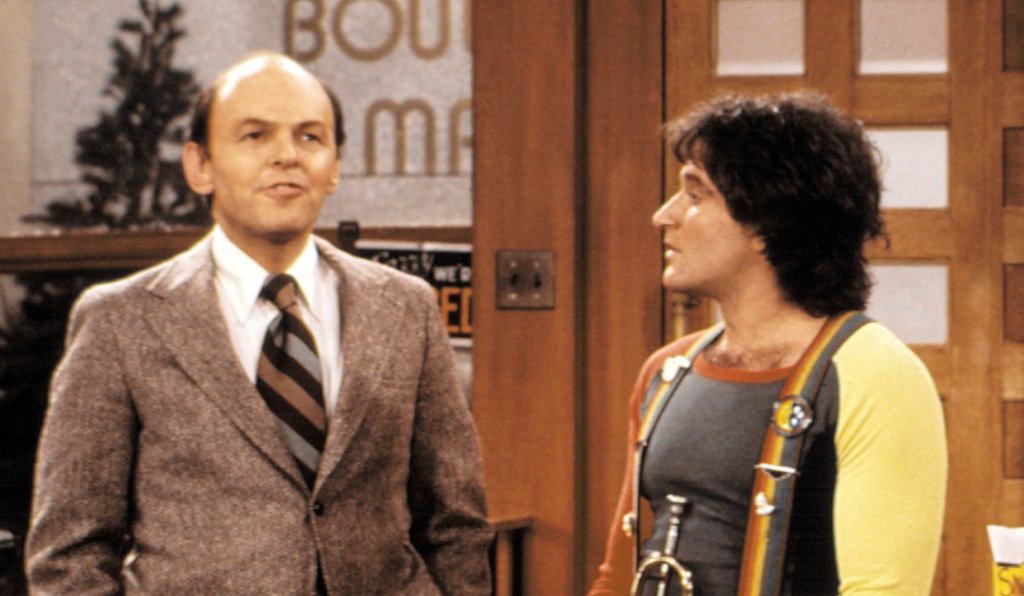







![‘The Bachelor’ Recap: Fantasy Suites, Clayton and [Spoiler] break-up](https://nokiamelodileri.com/wp-content/uploads/2022/03/The-Bachelor-Recap-Fantasy-Suites-Clayton-and-Spoiler-break-up.png)



















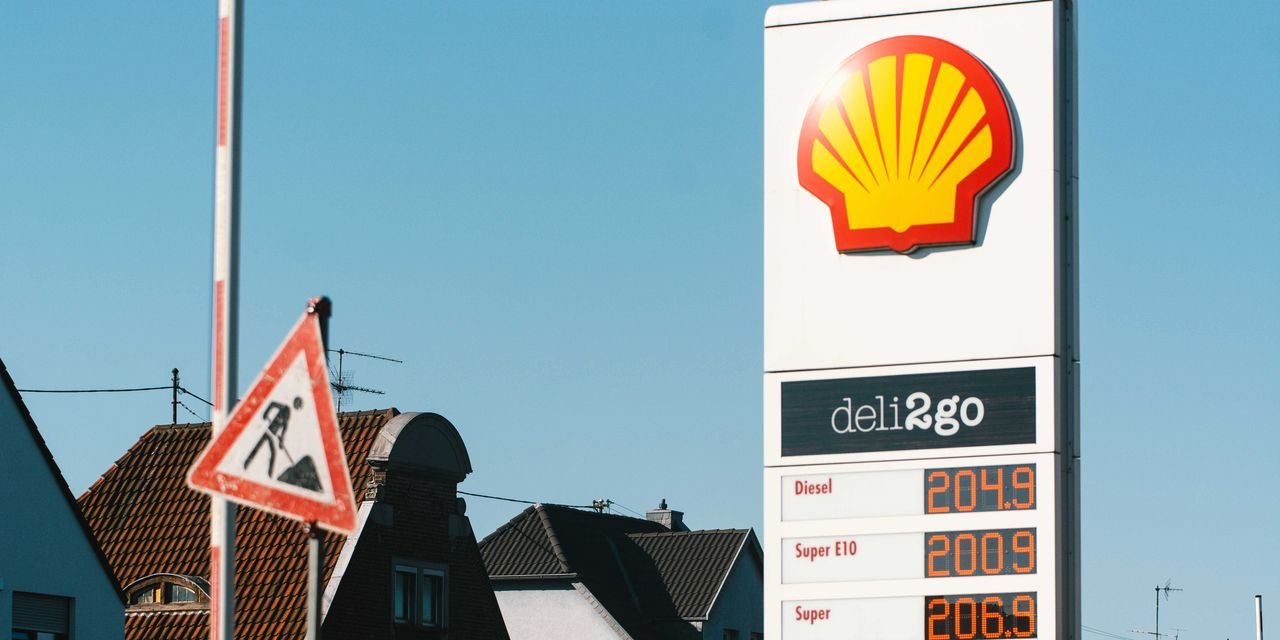



































0